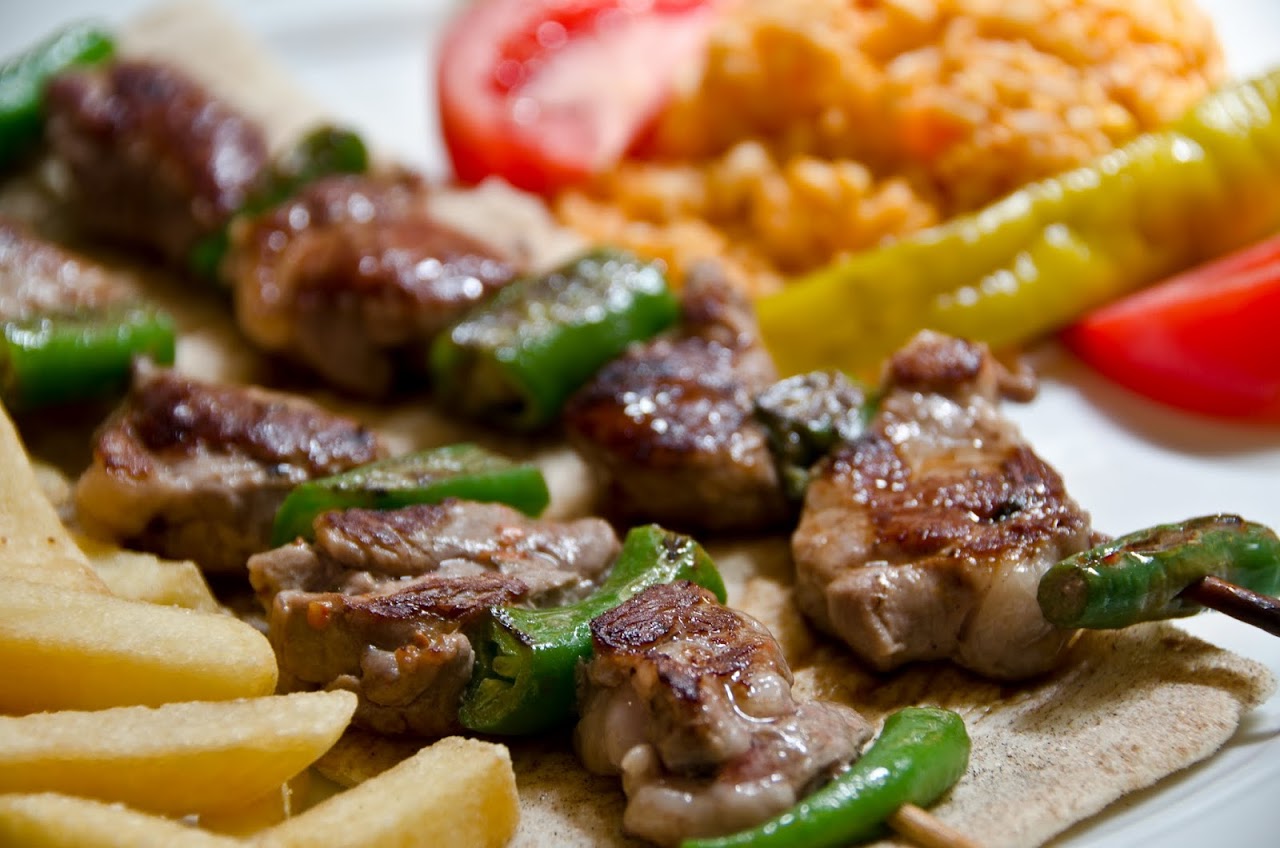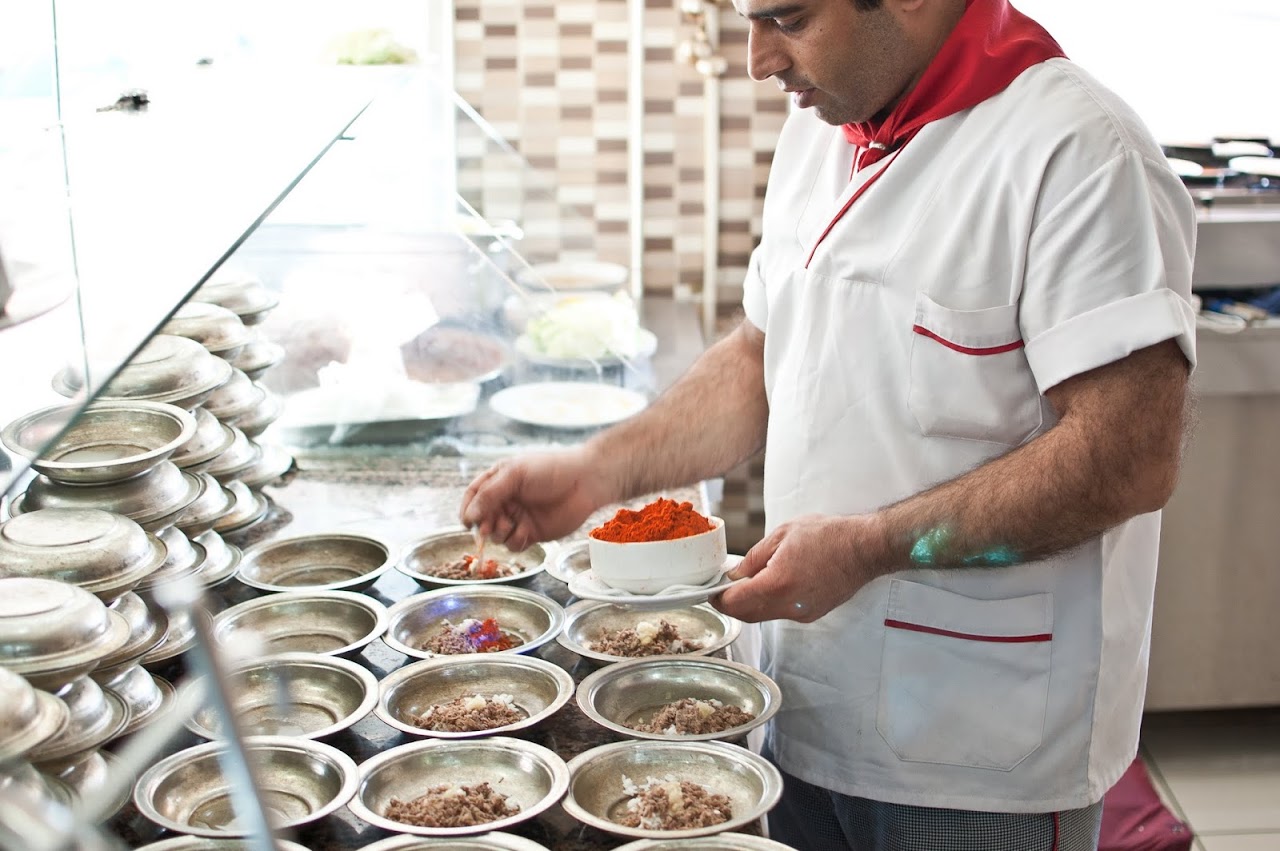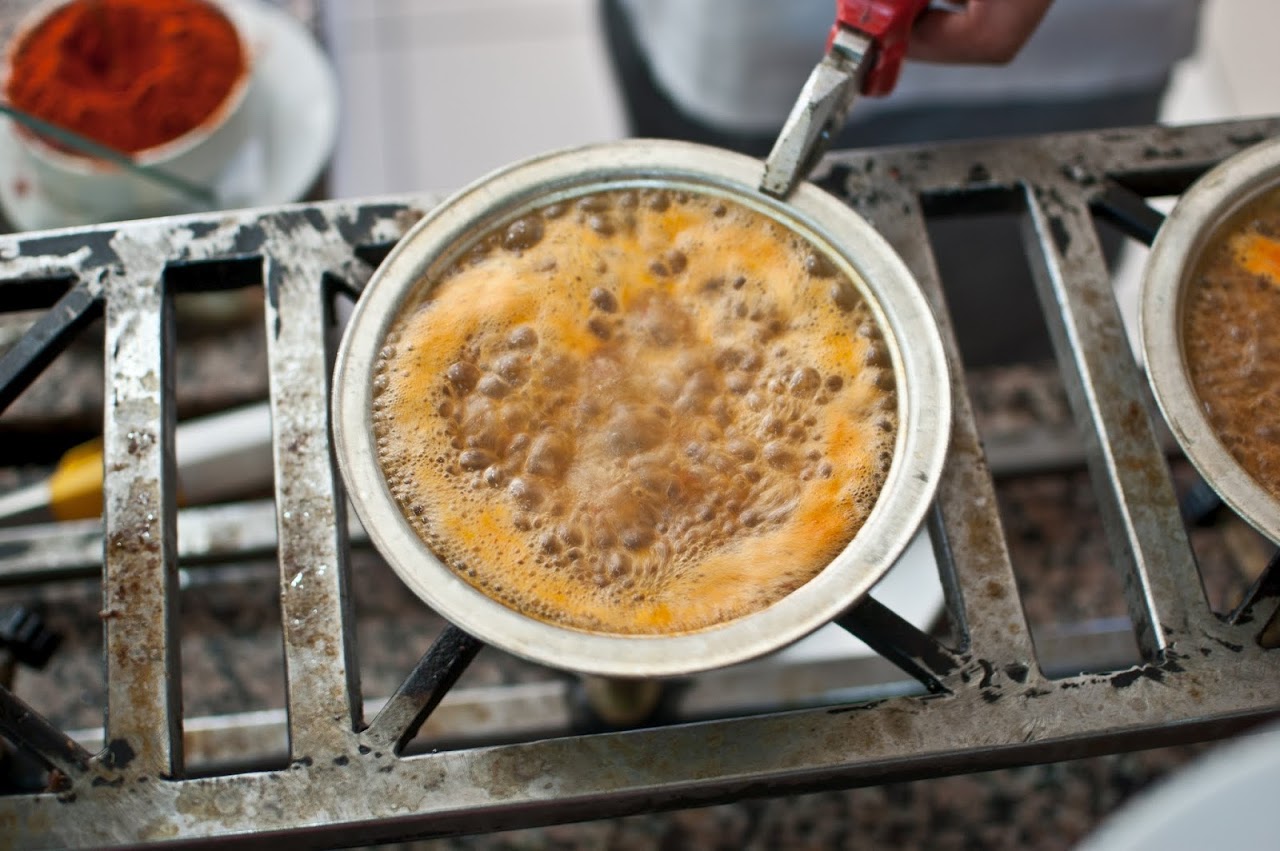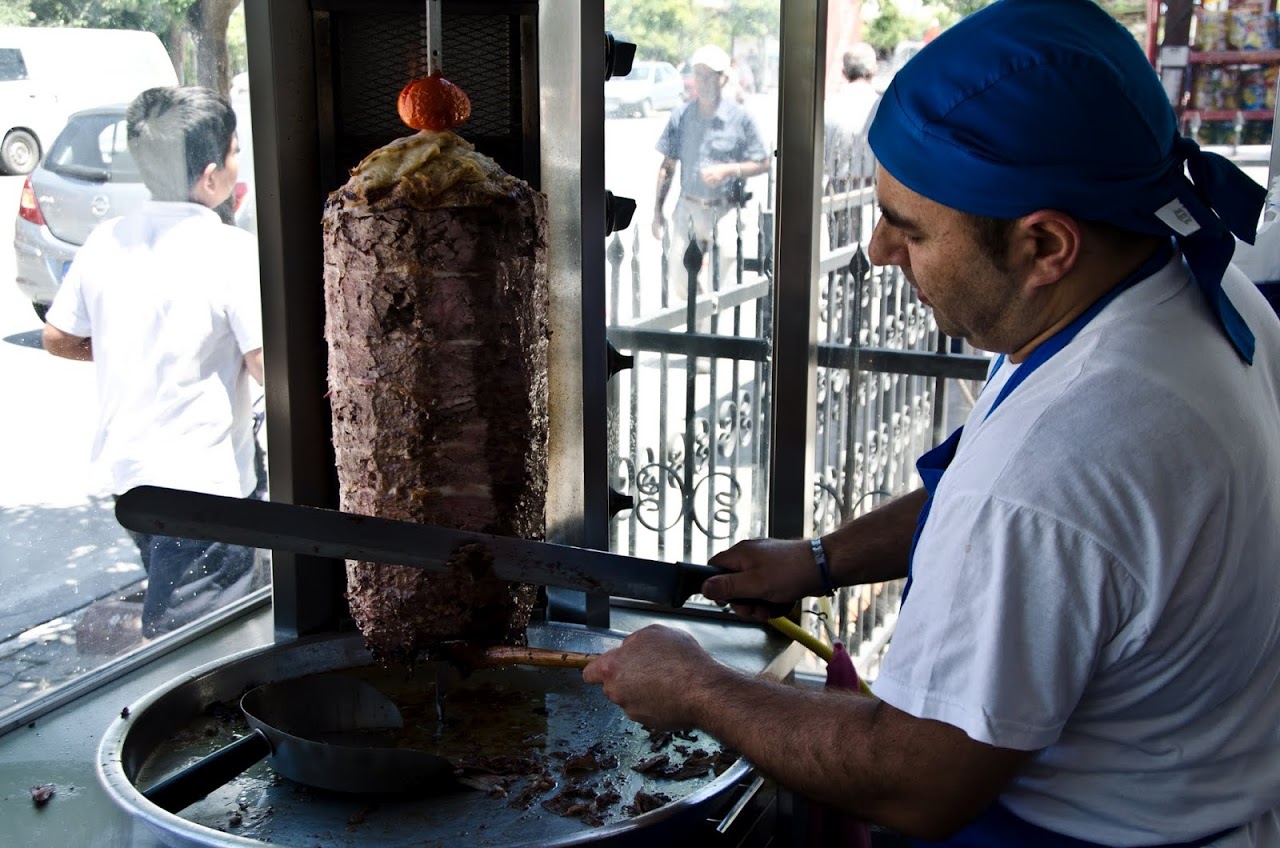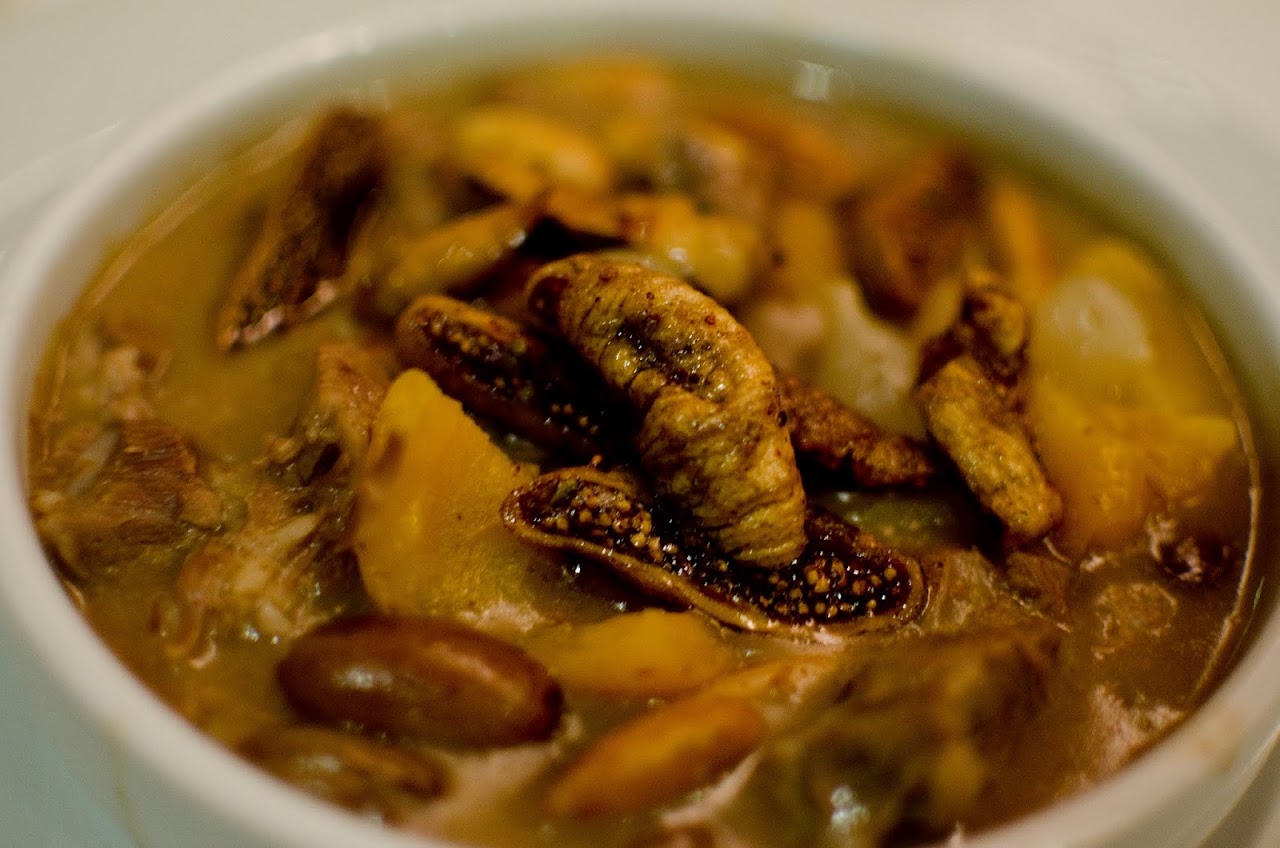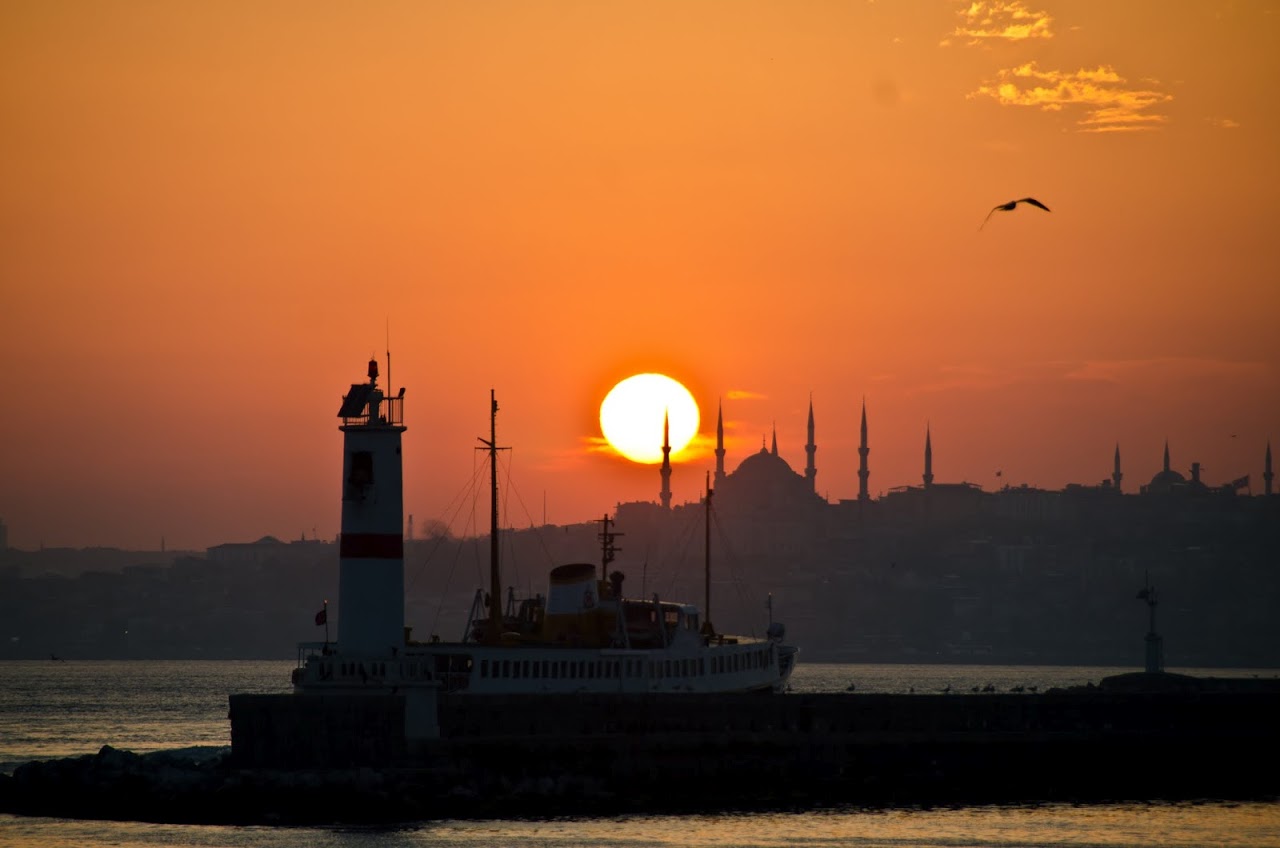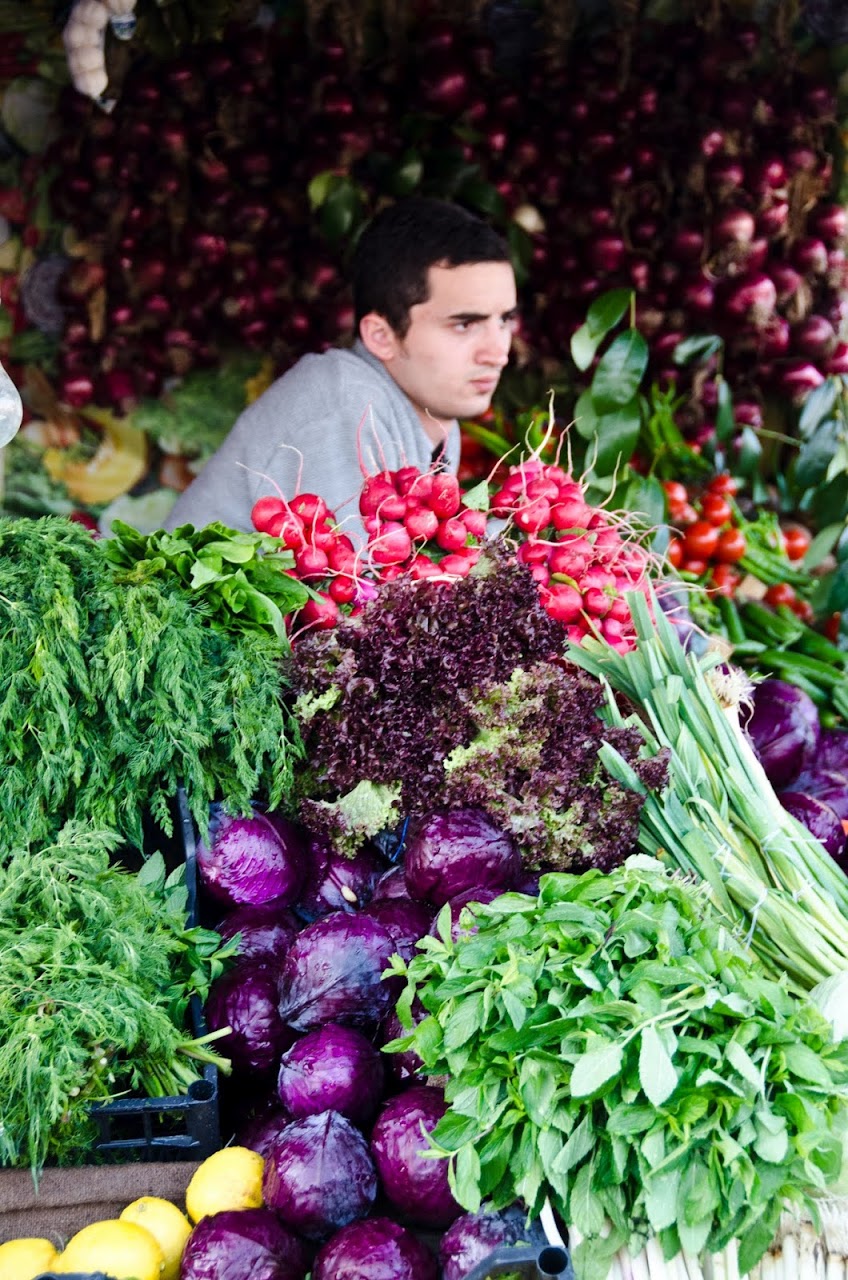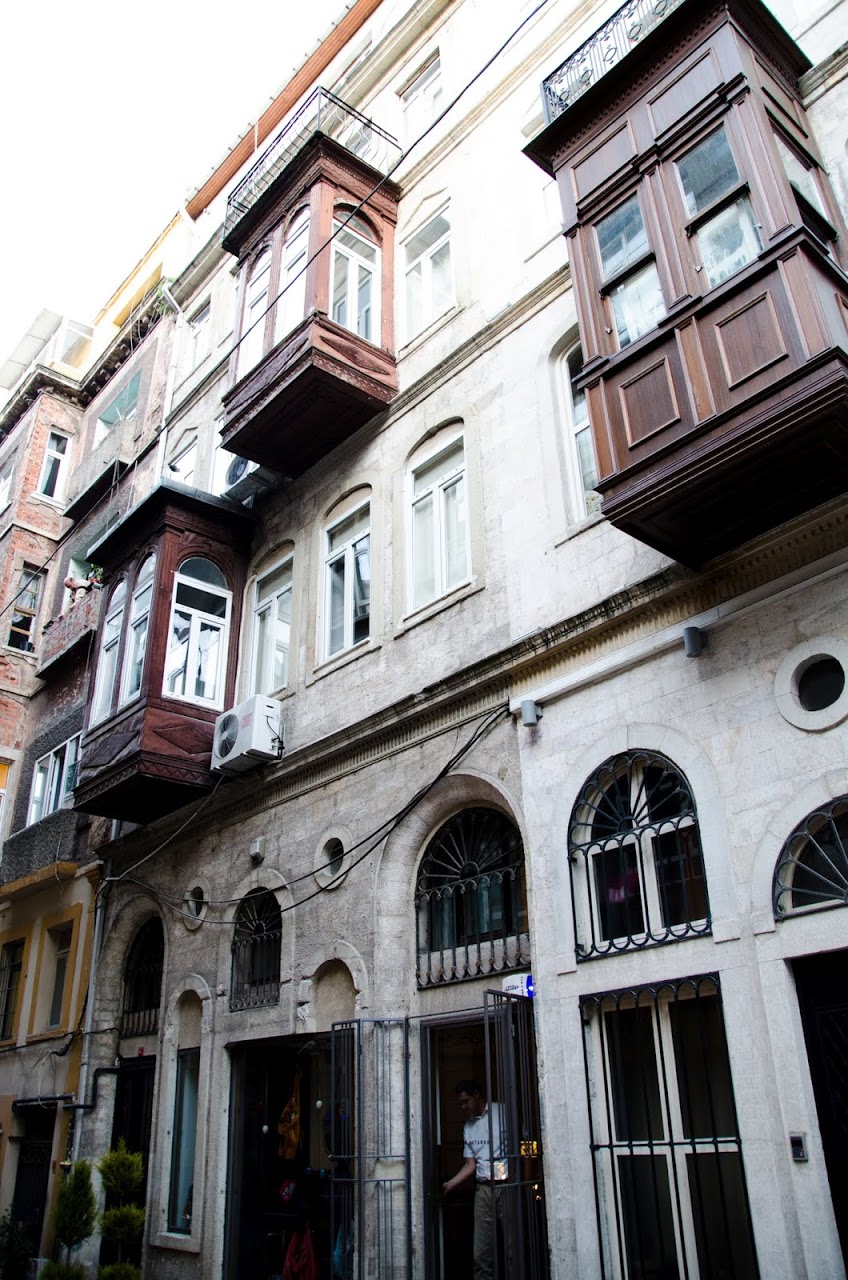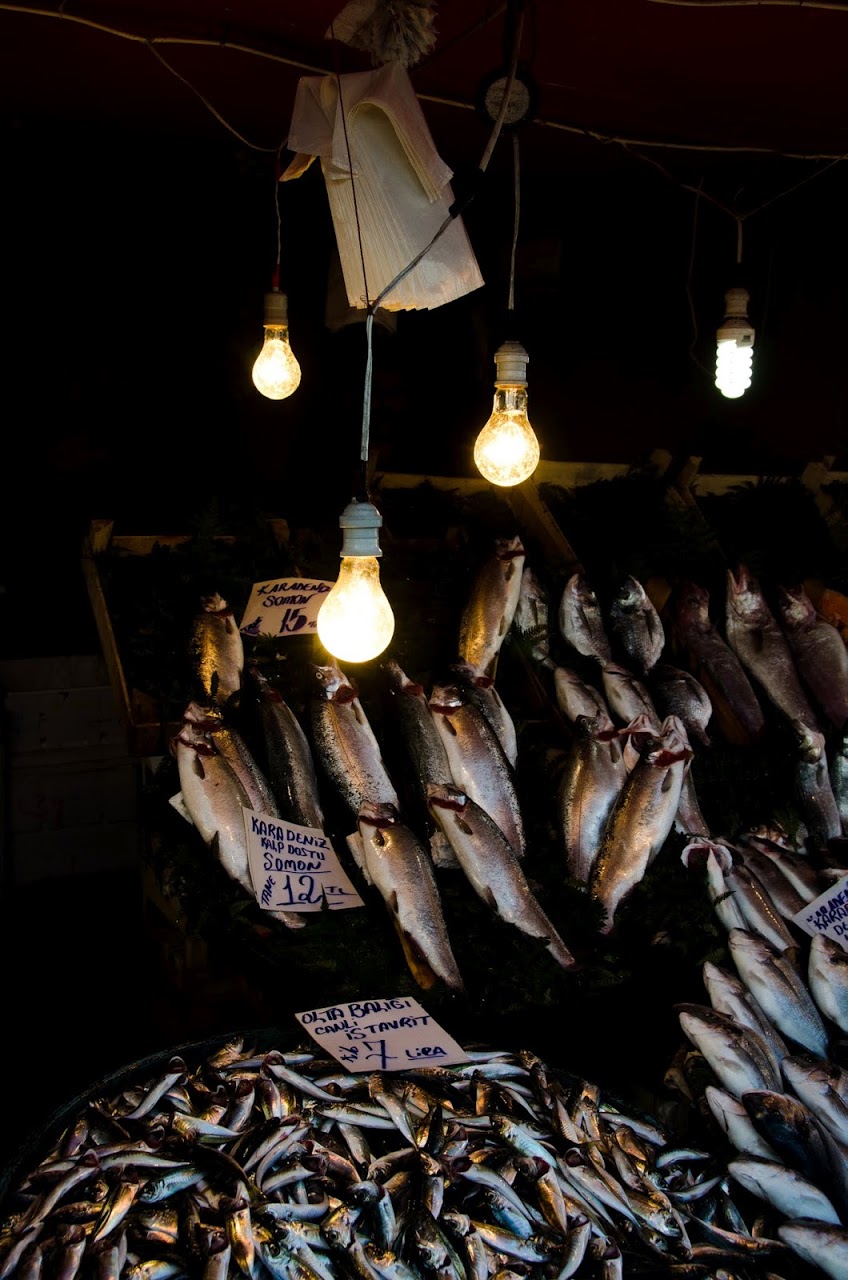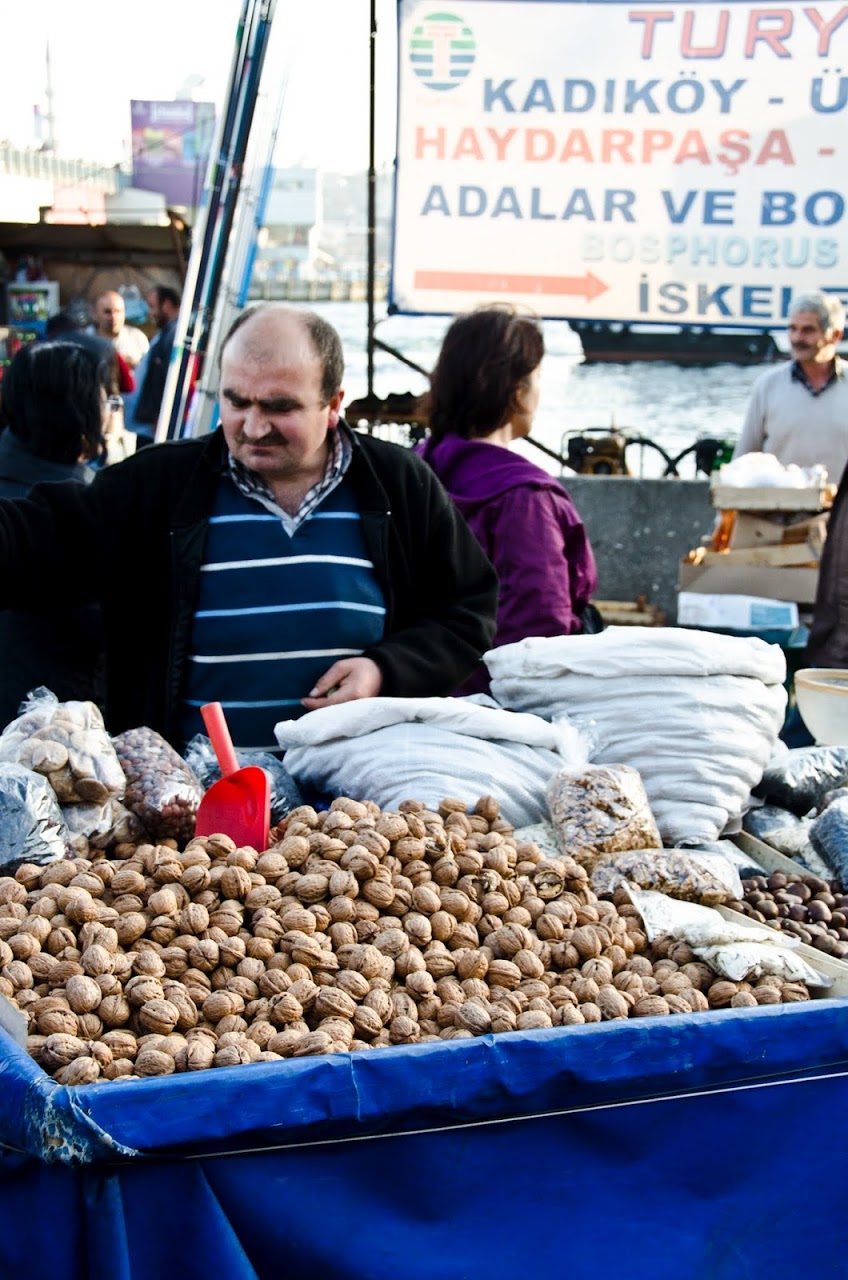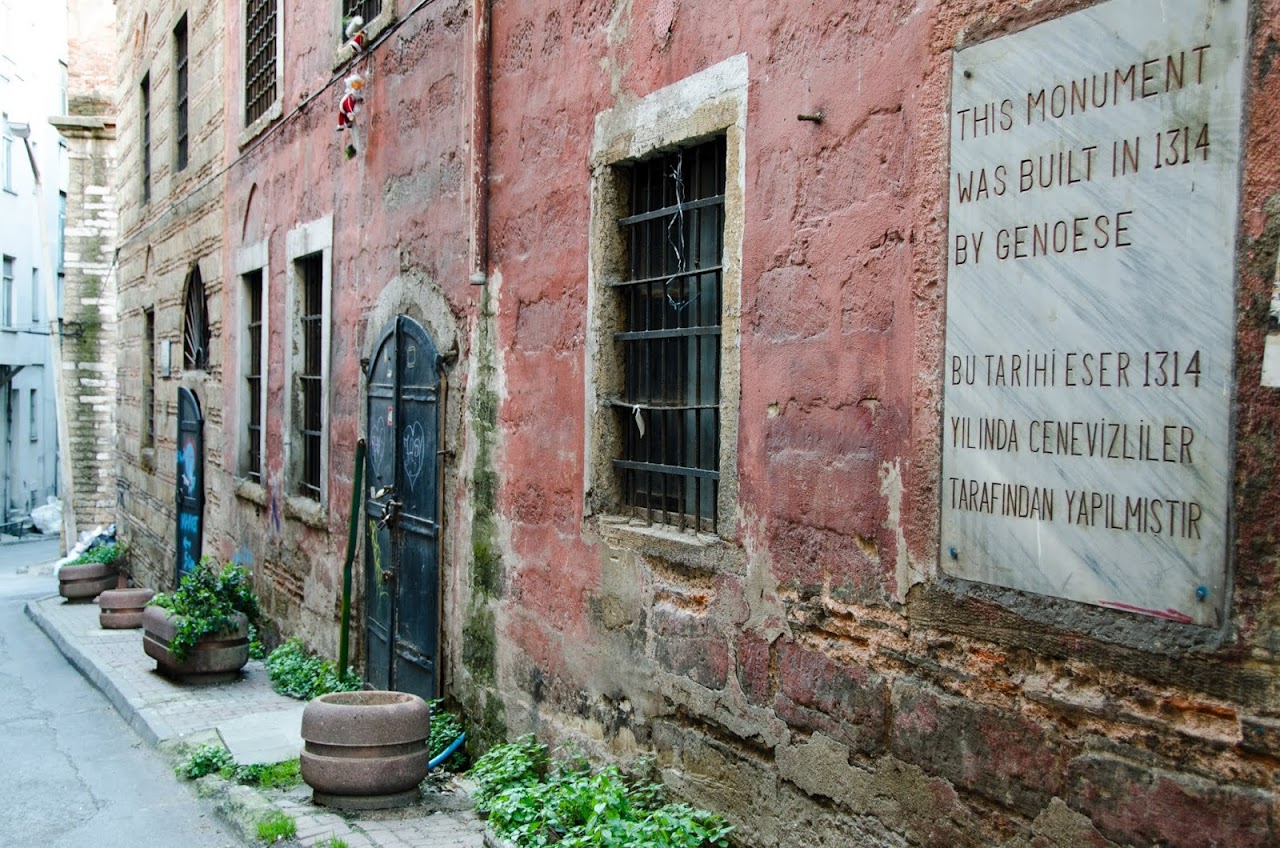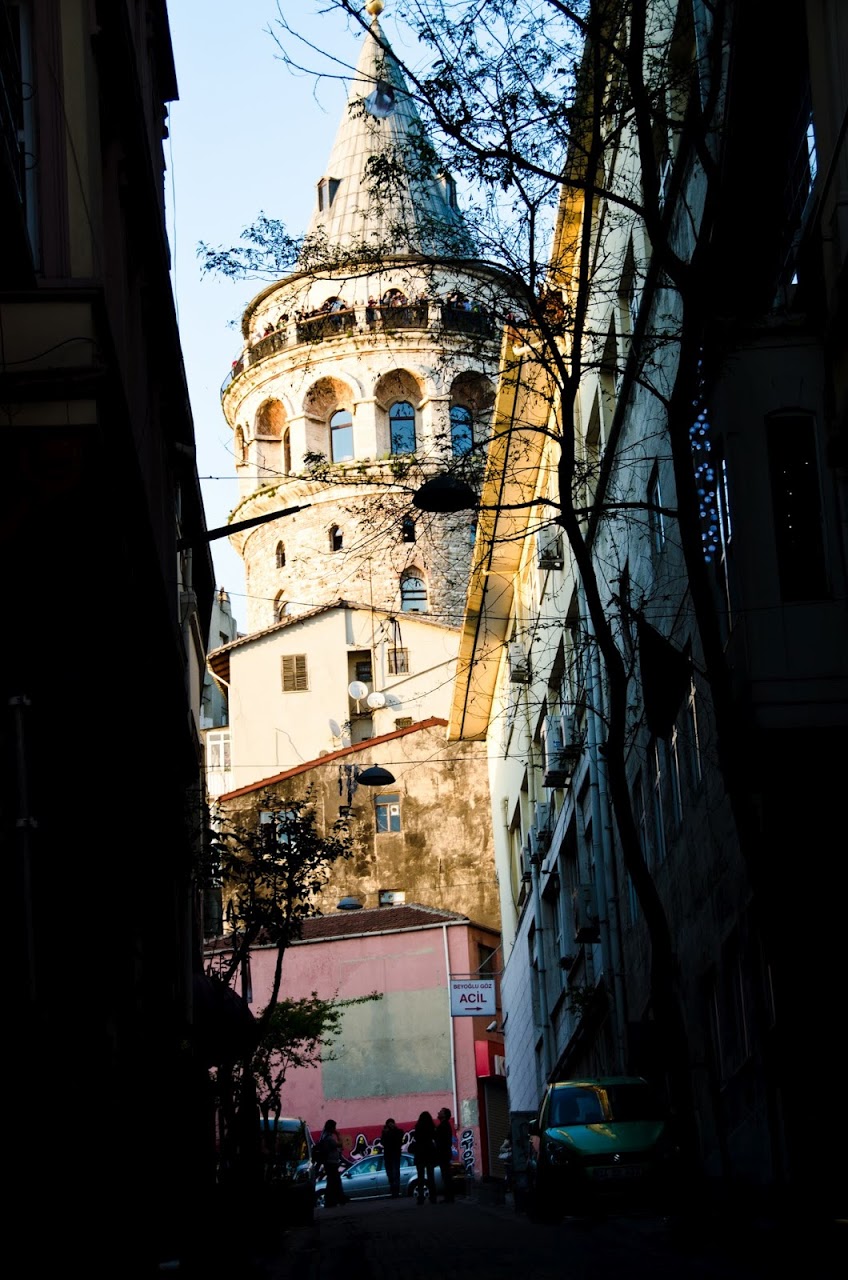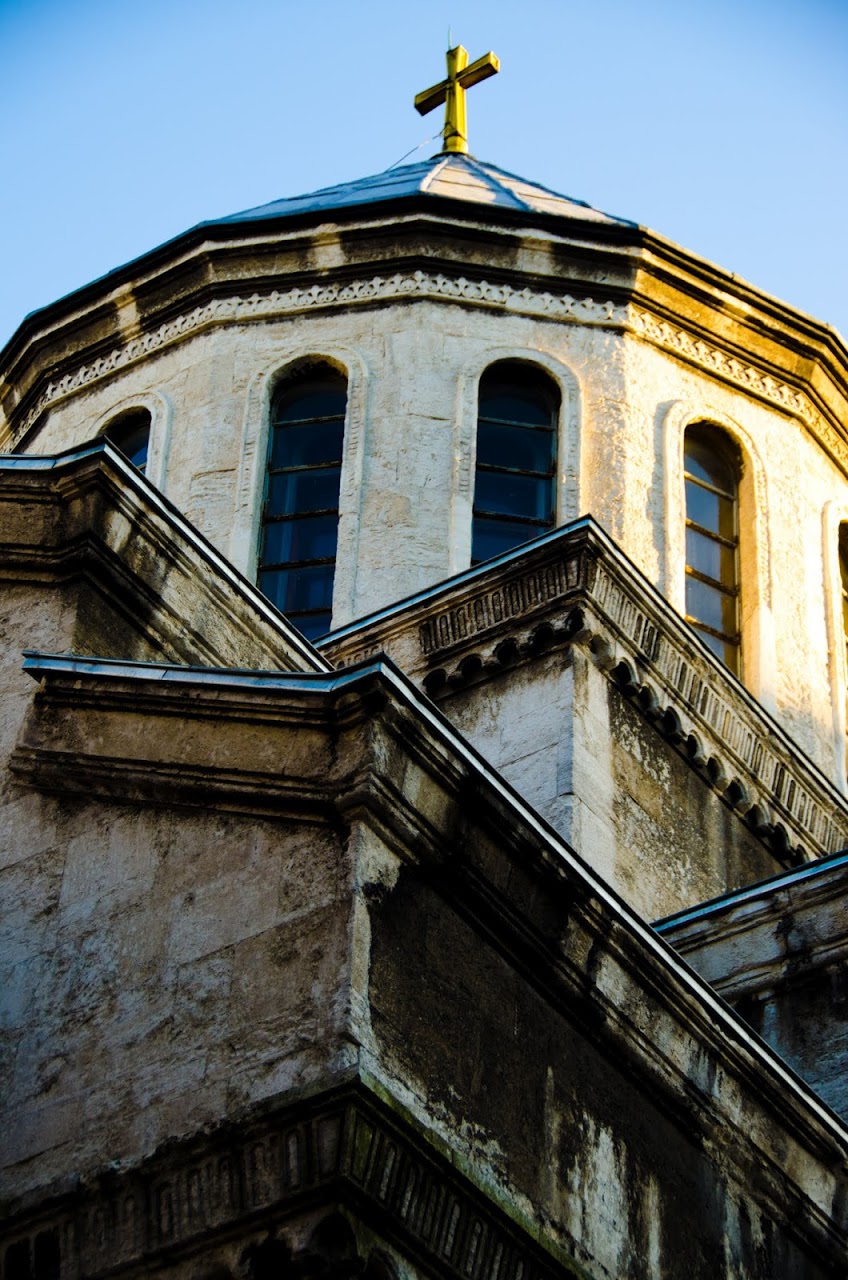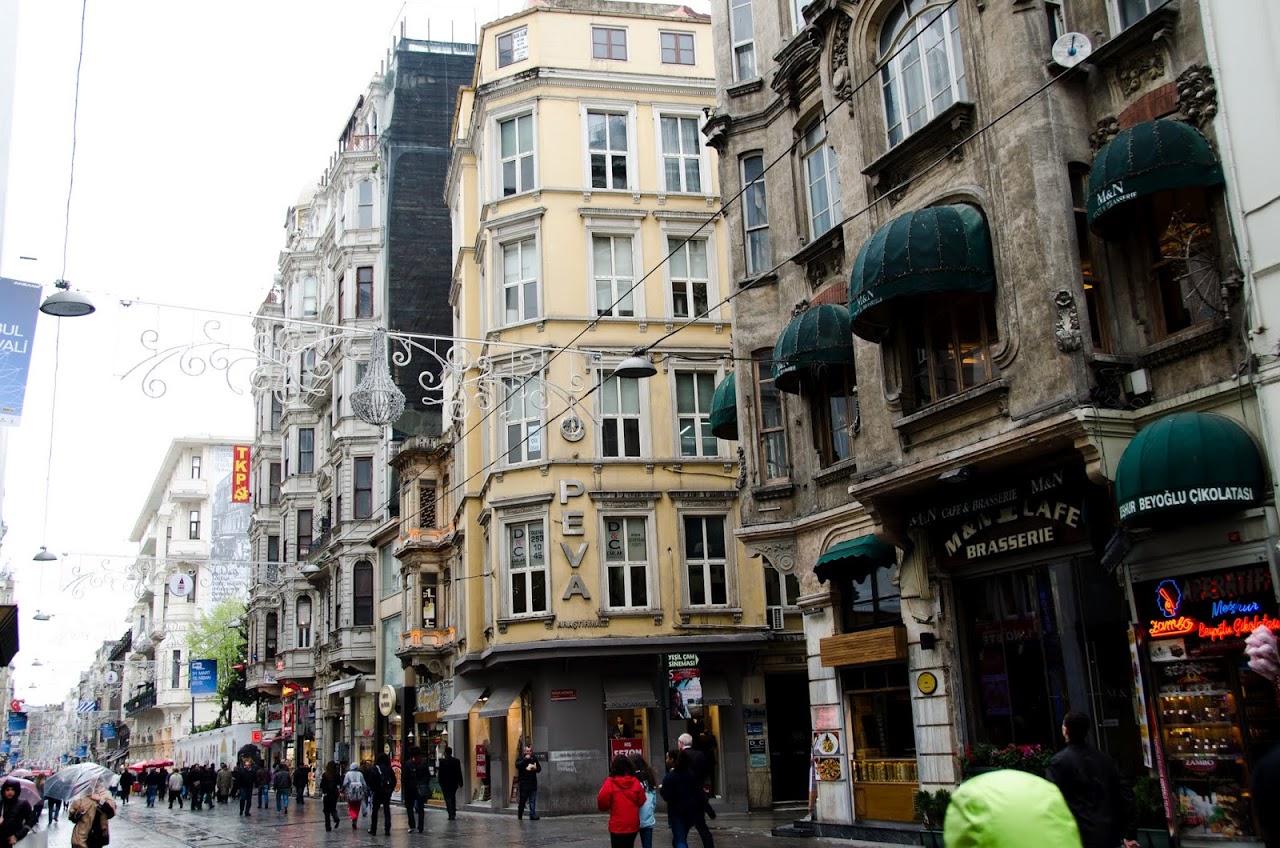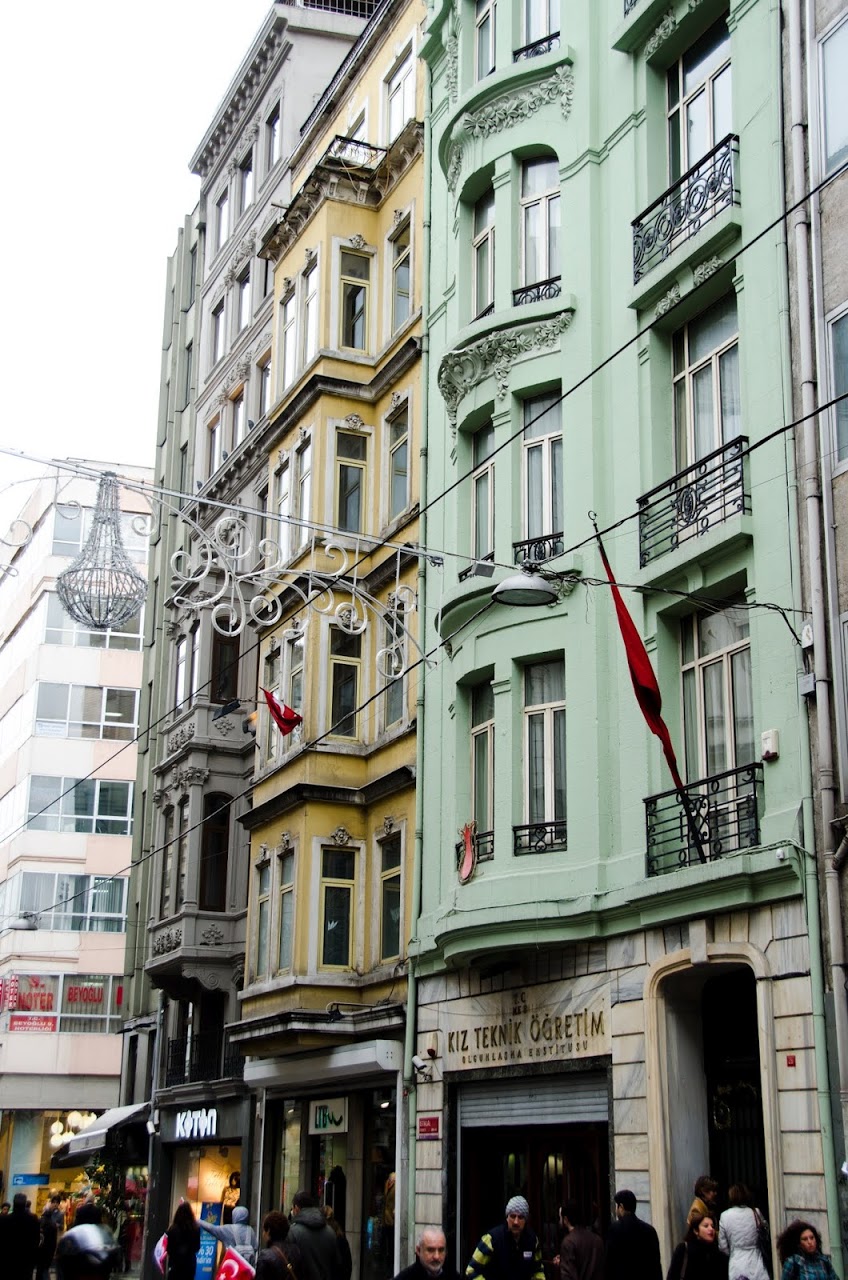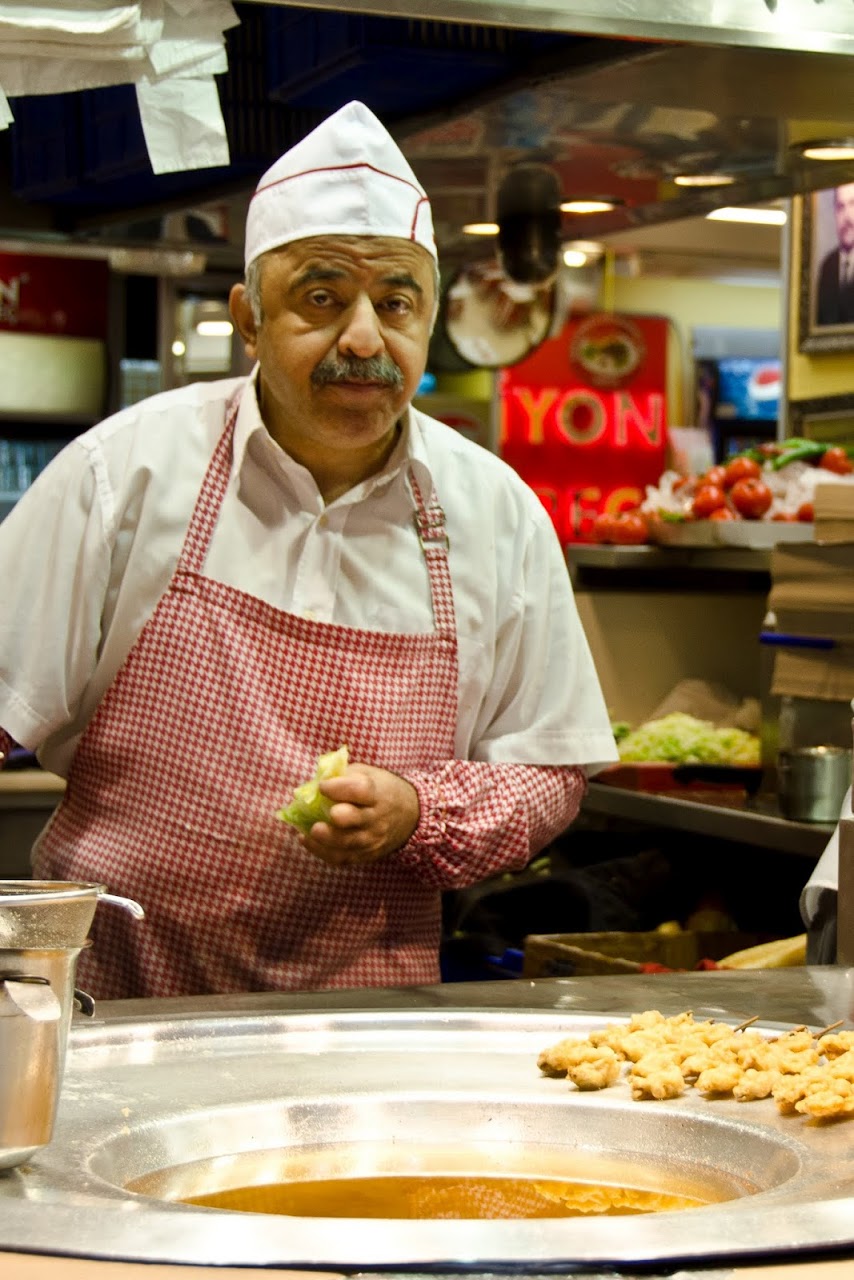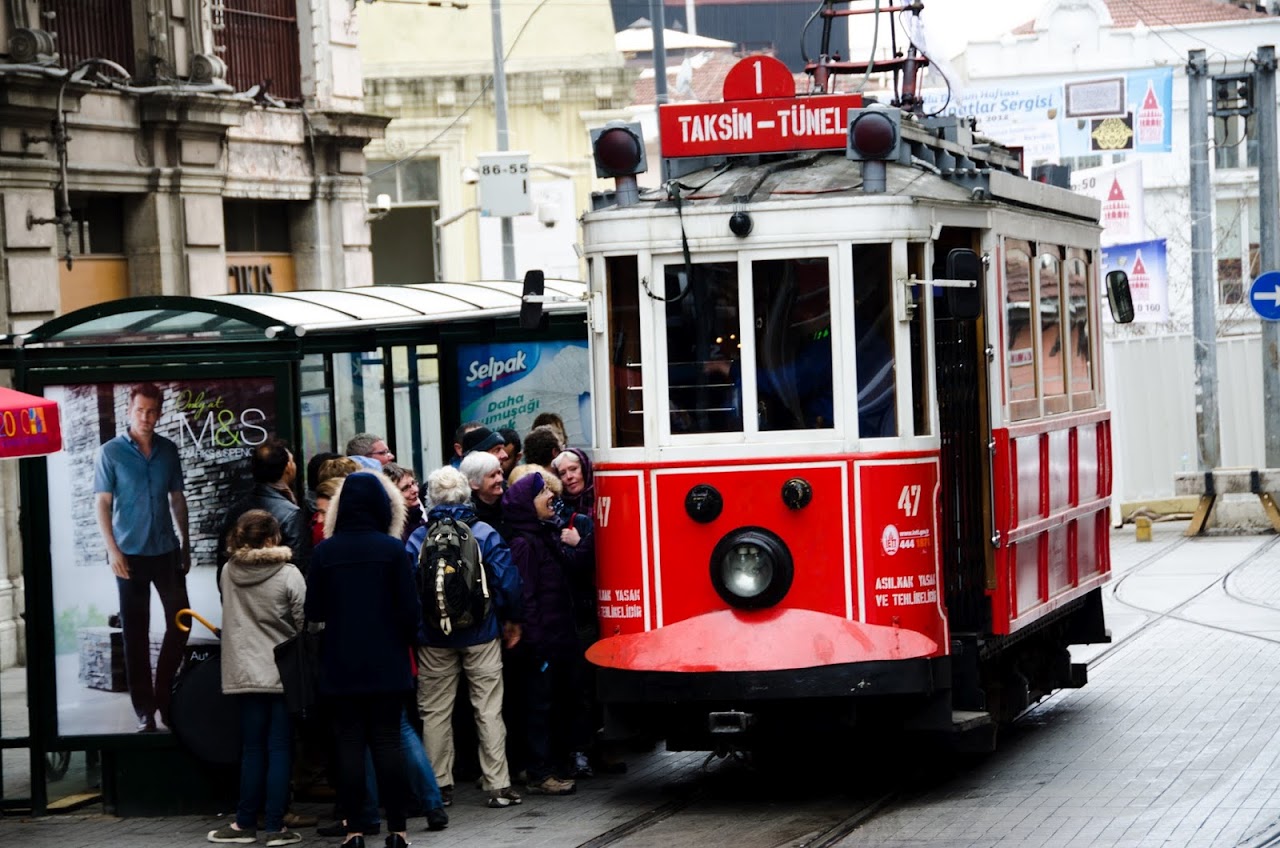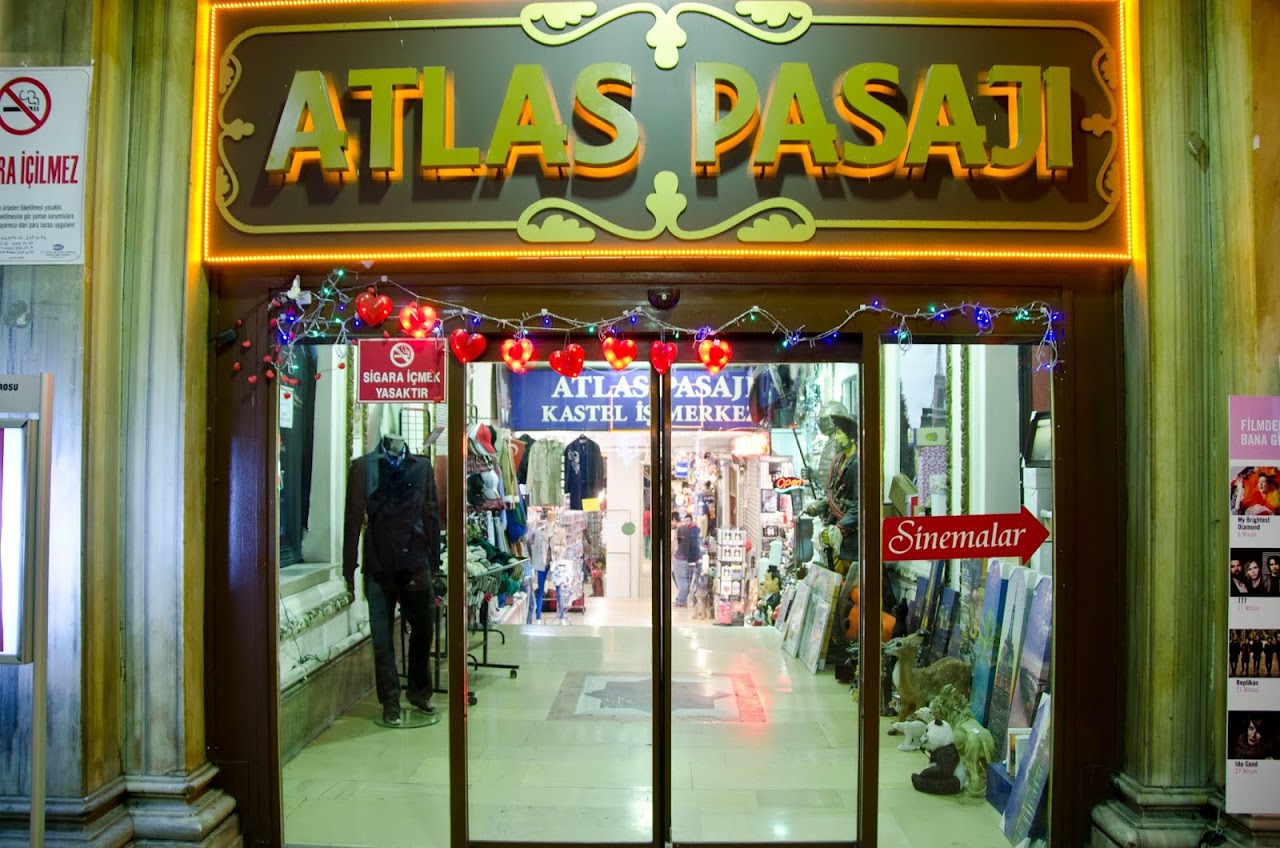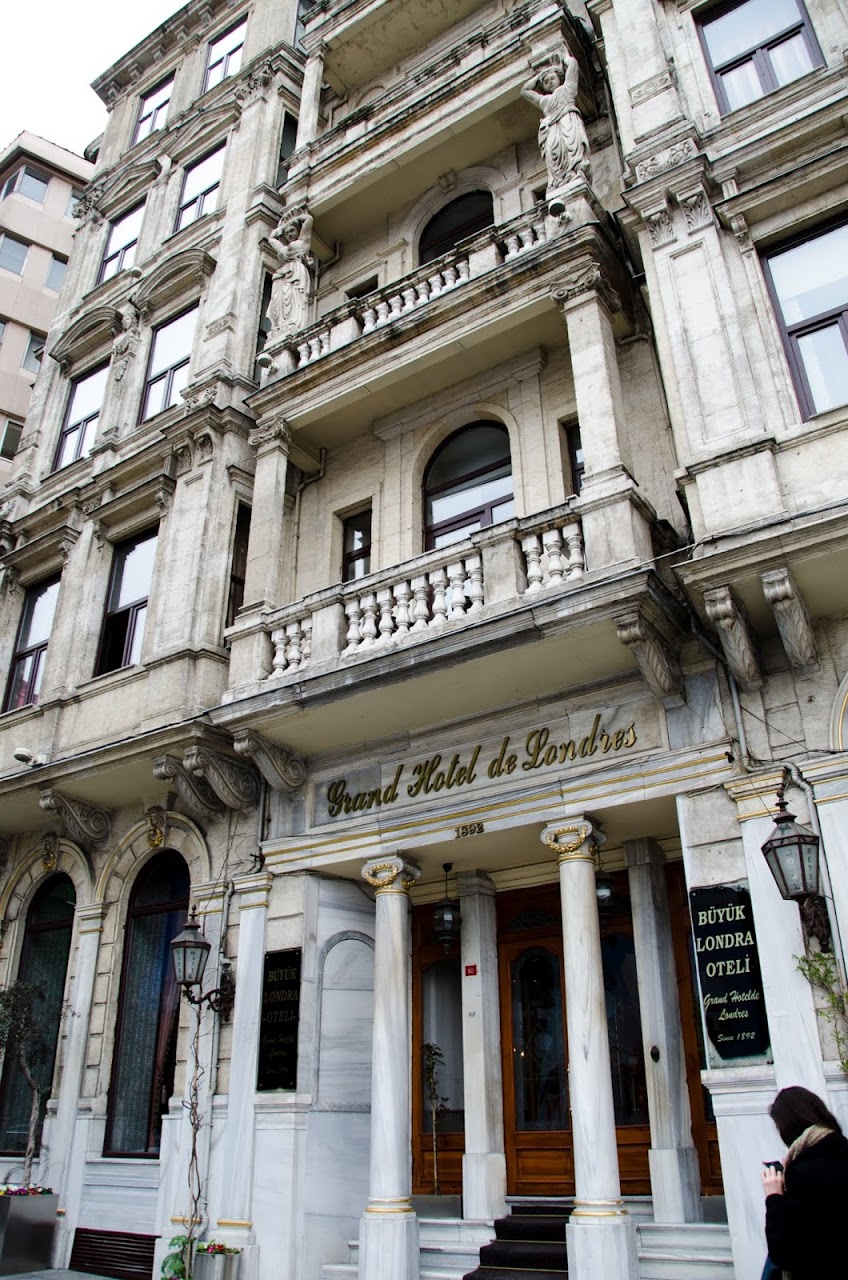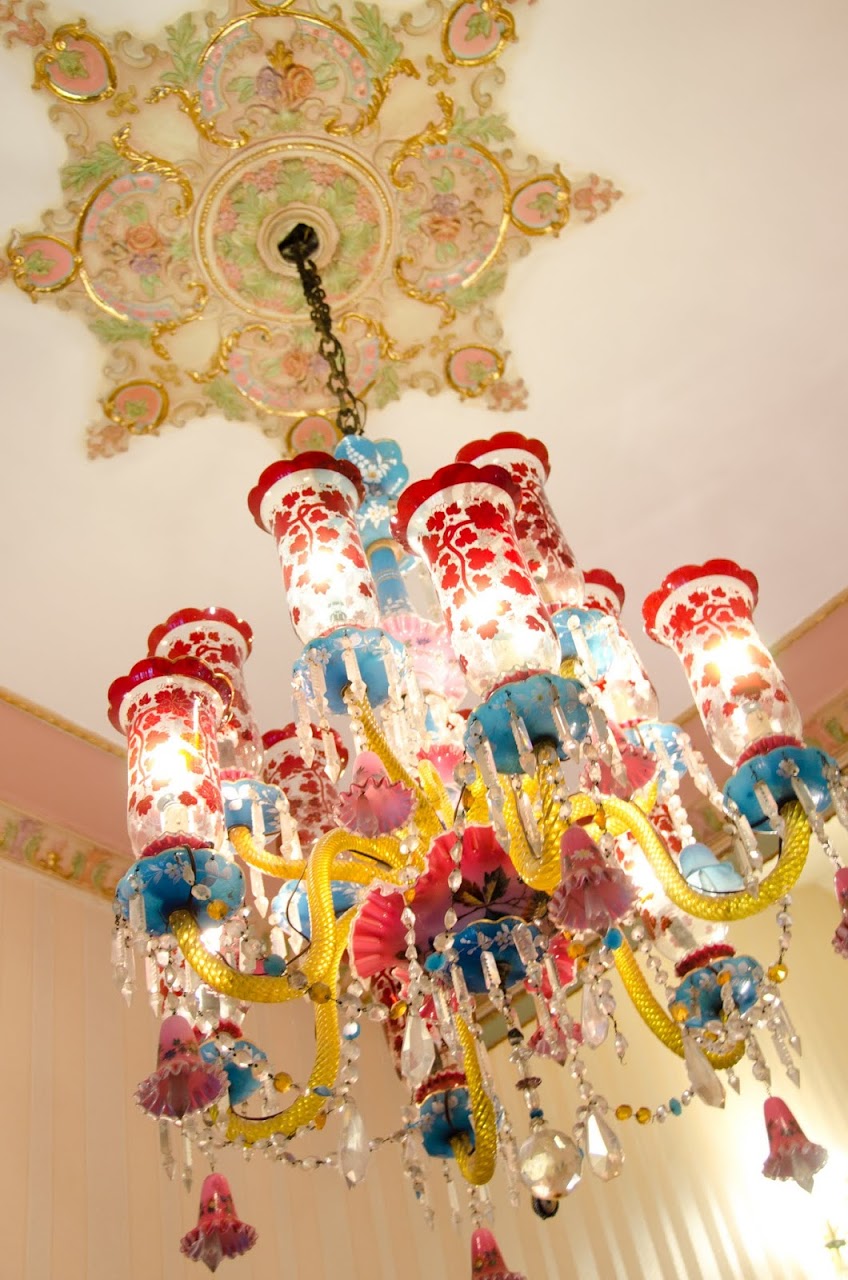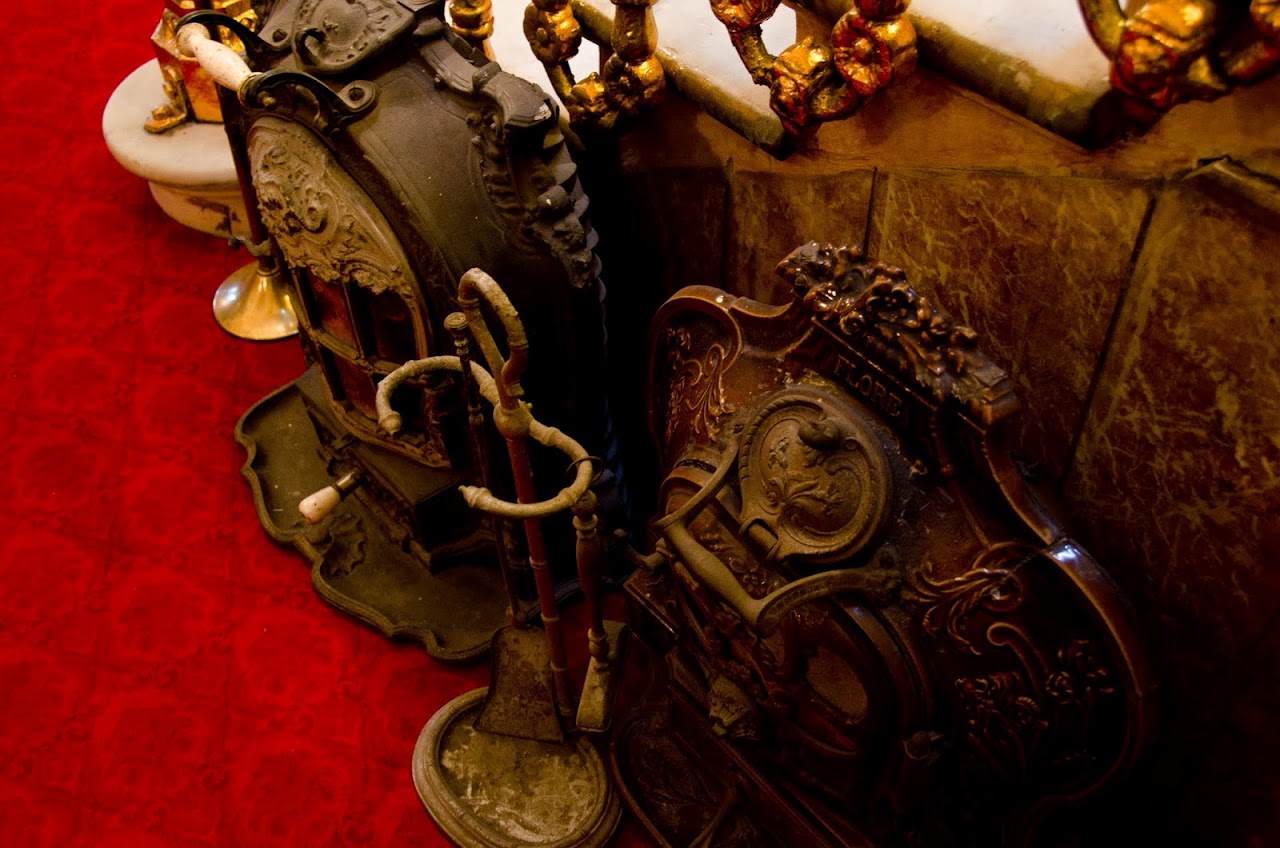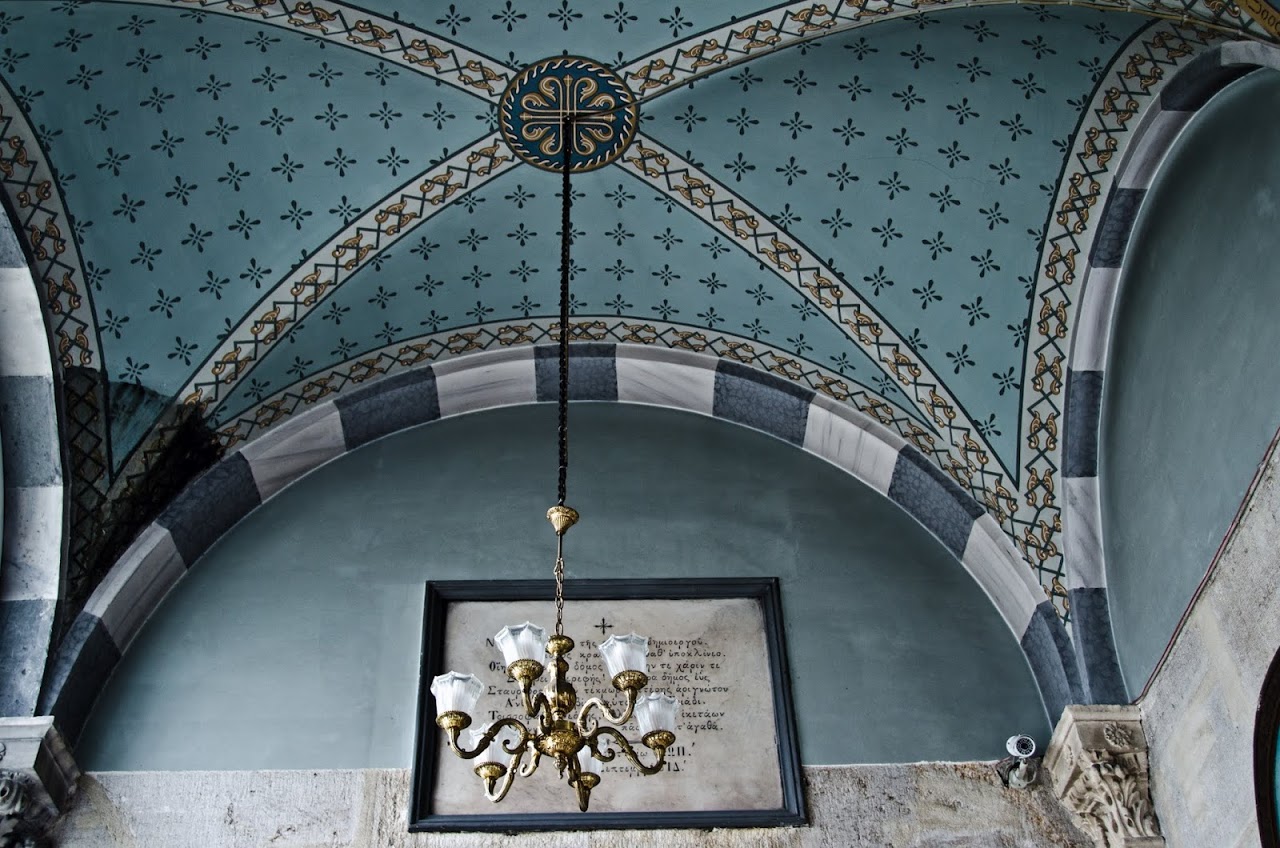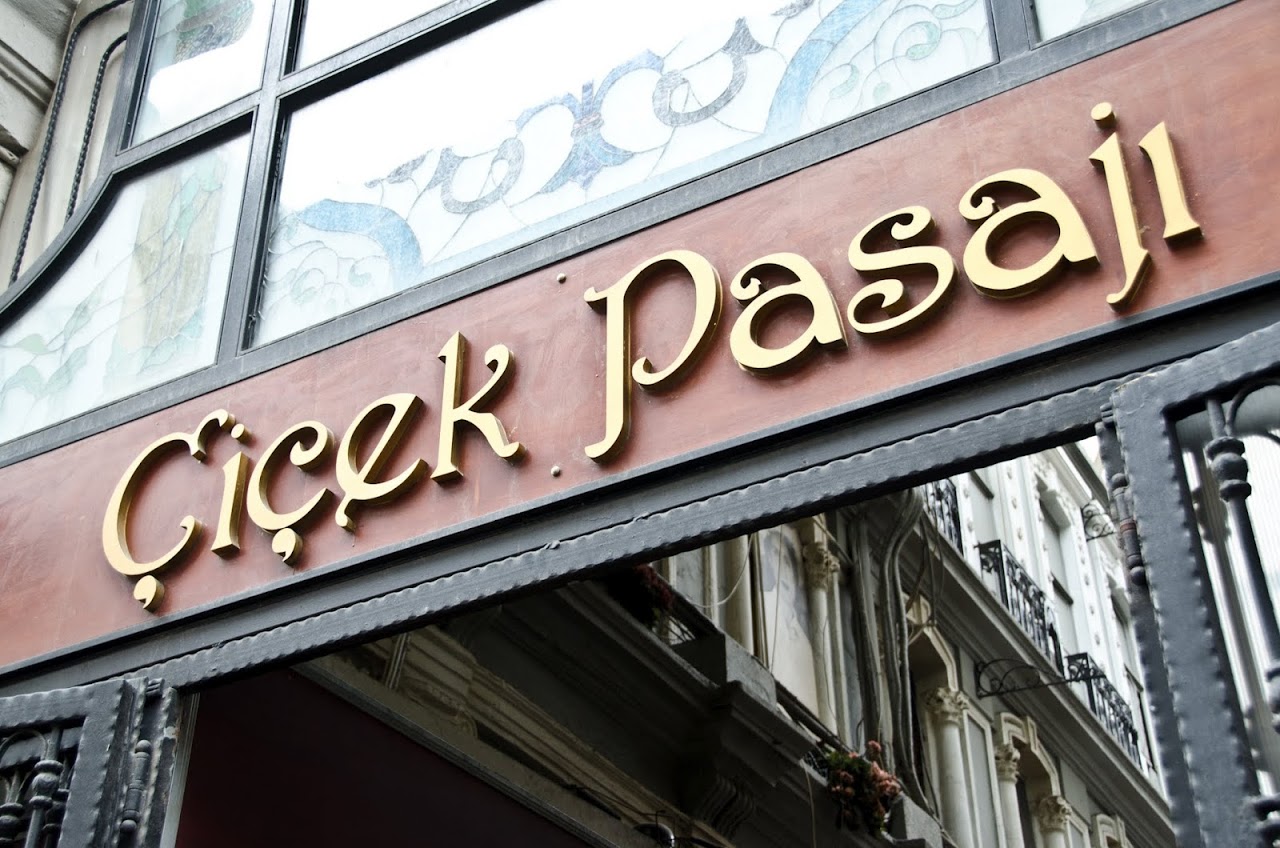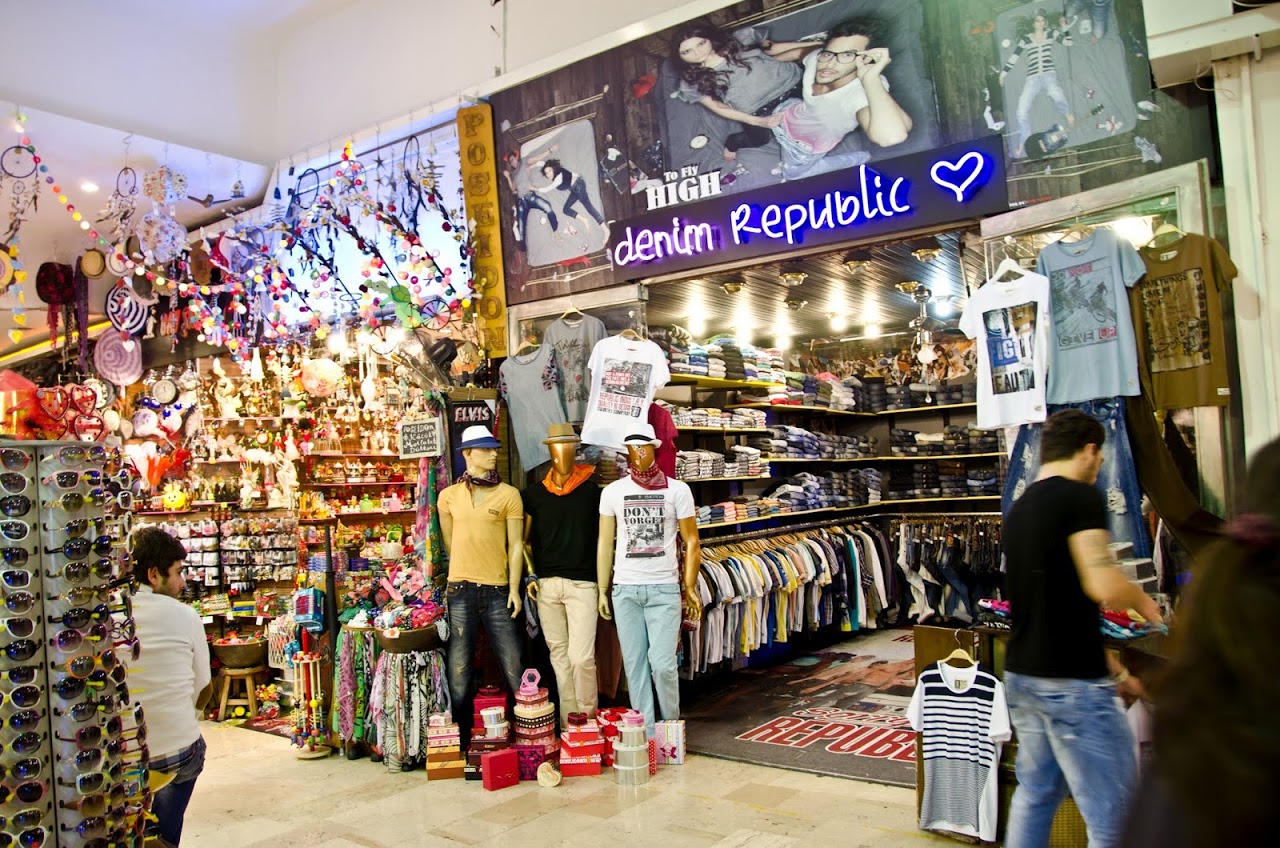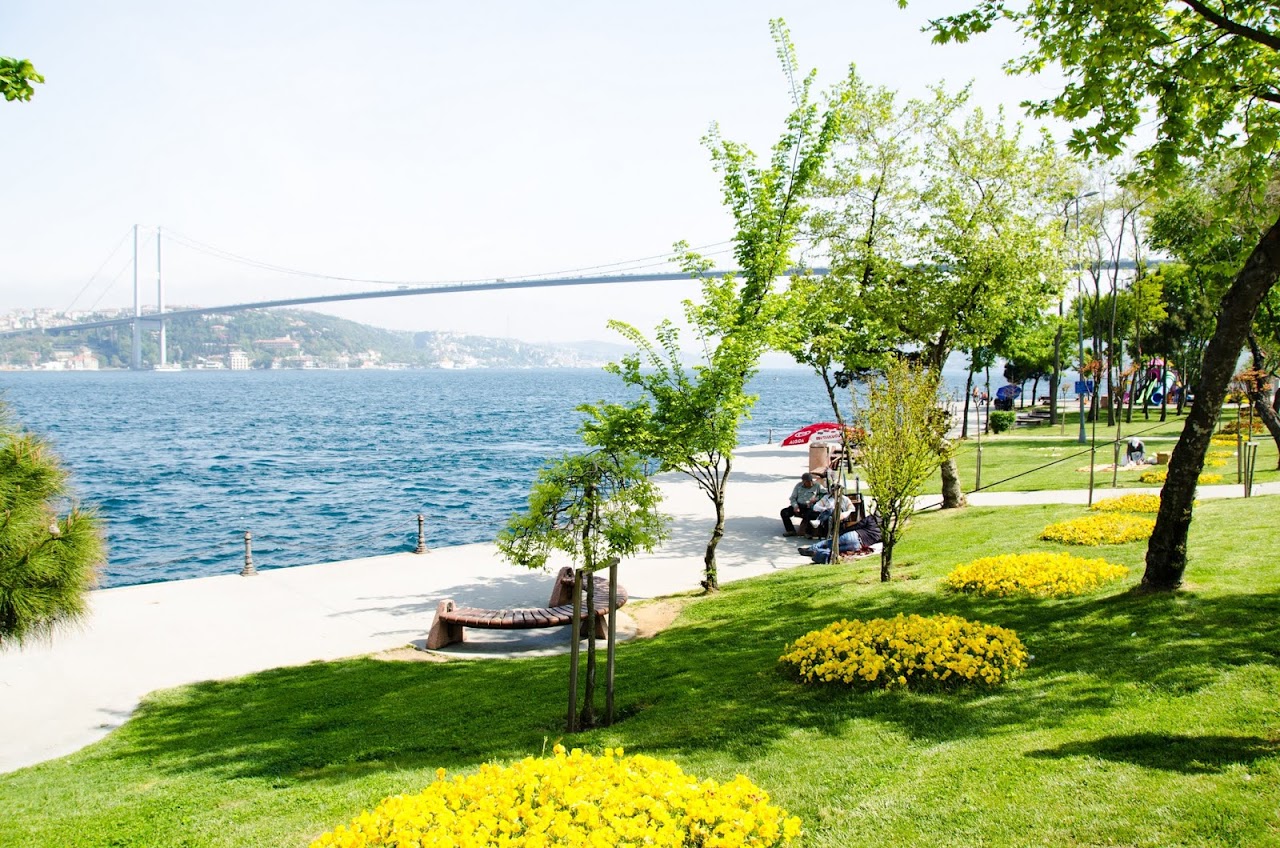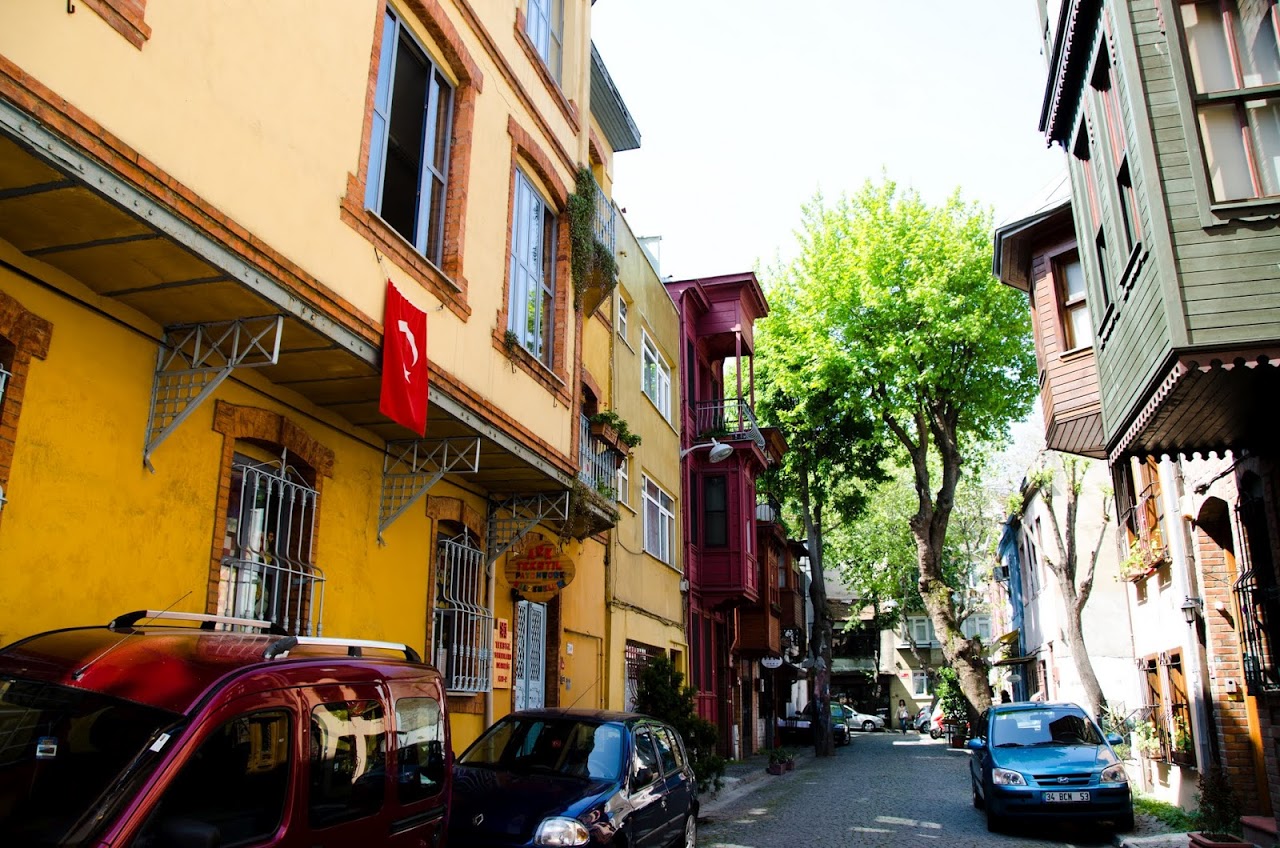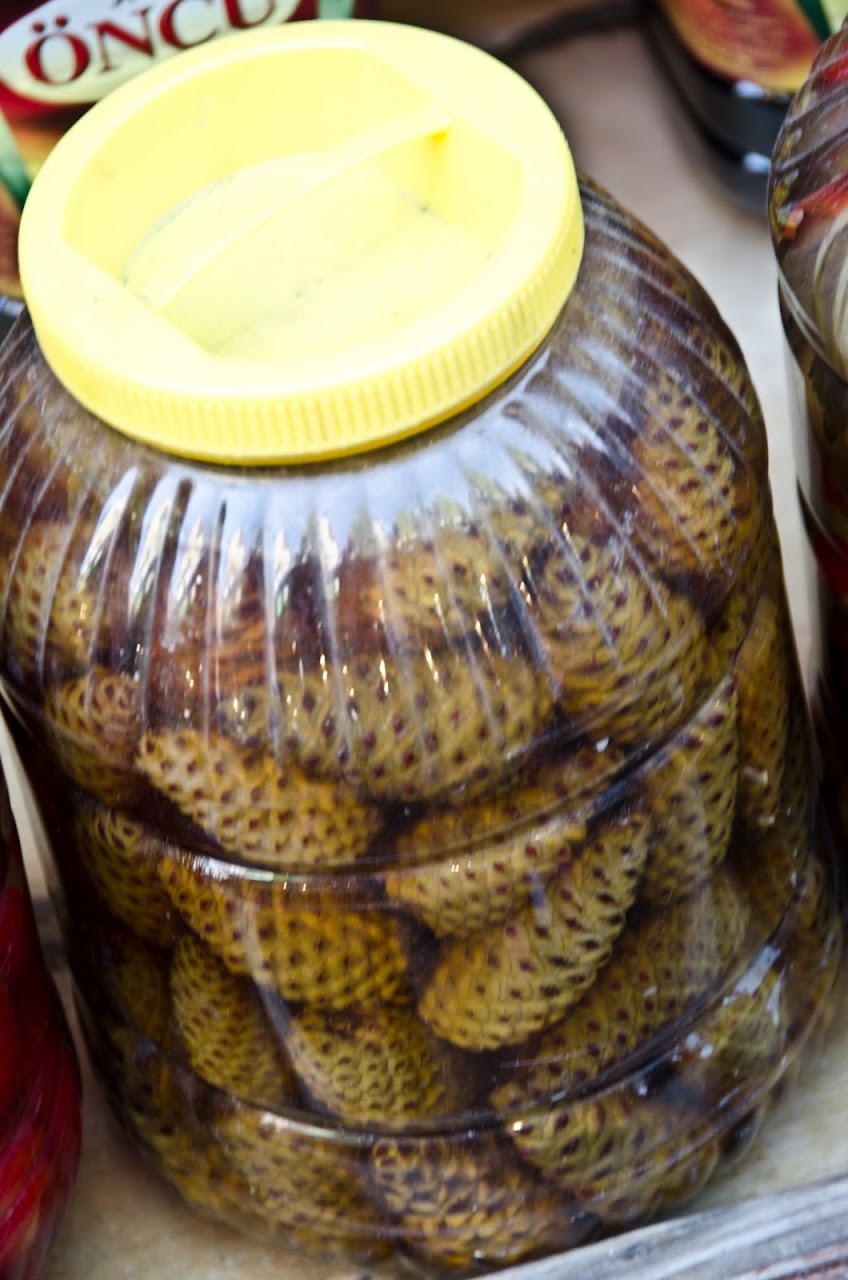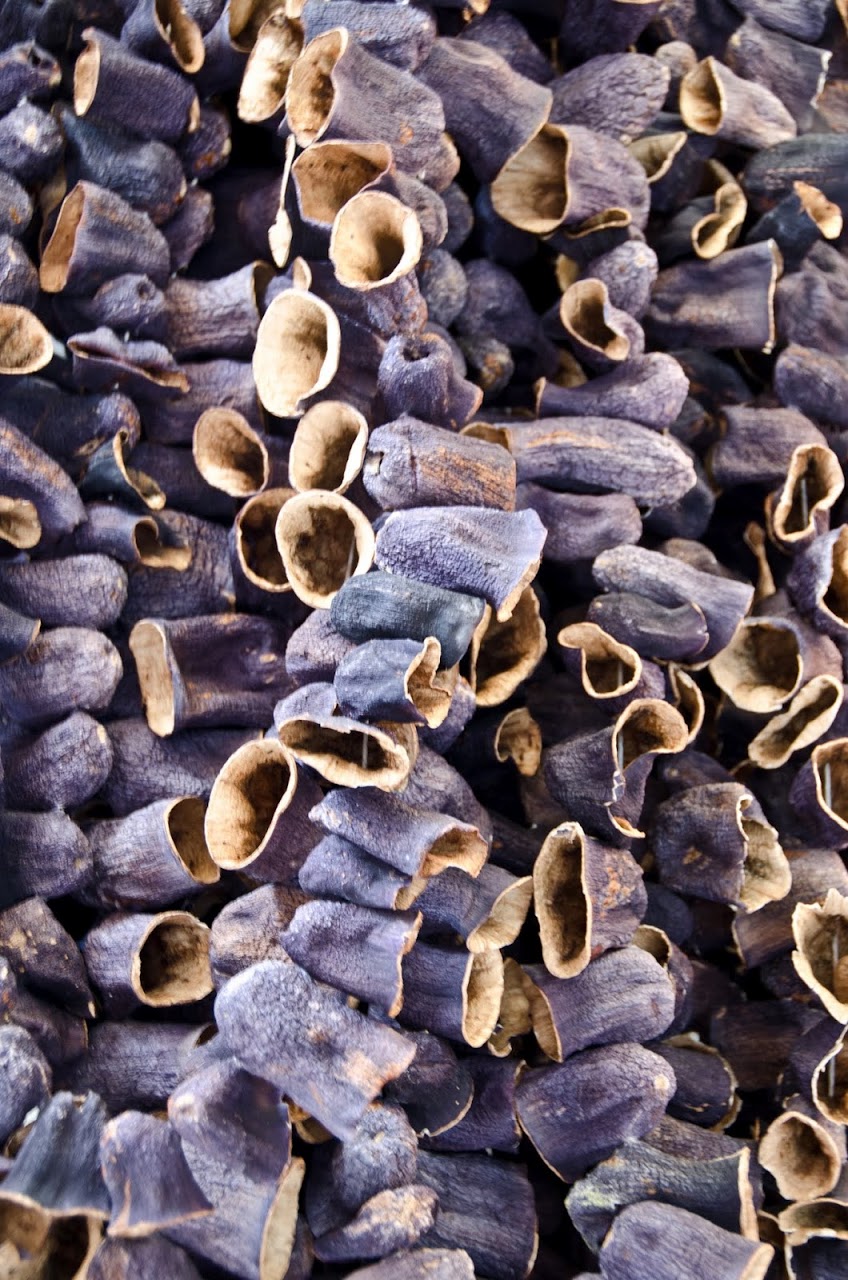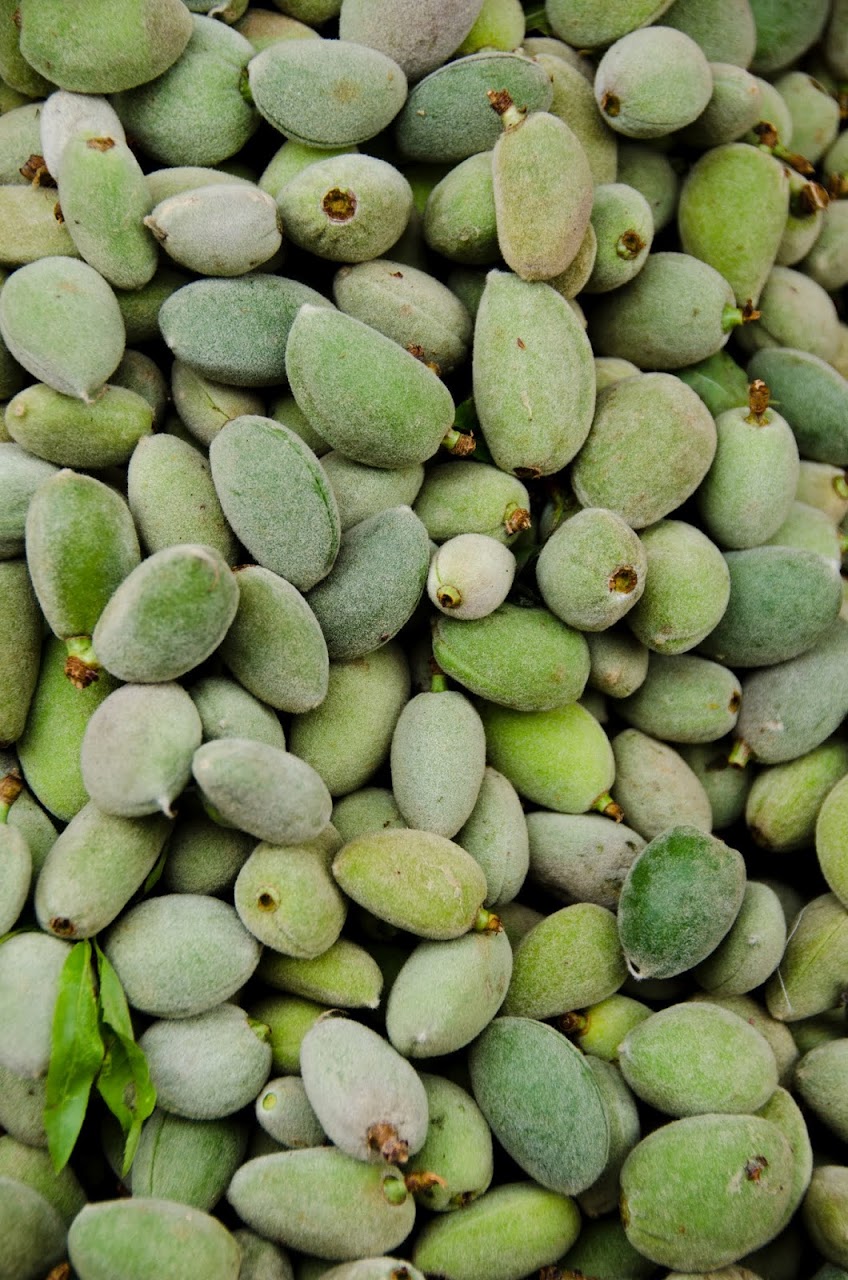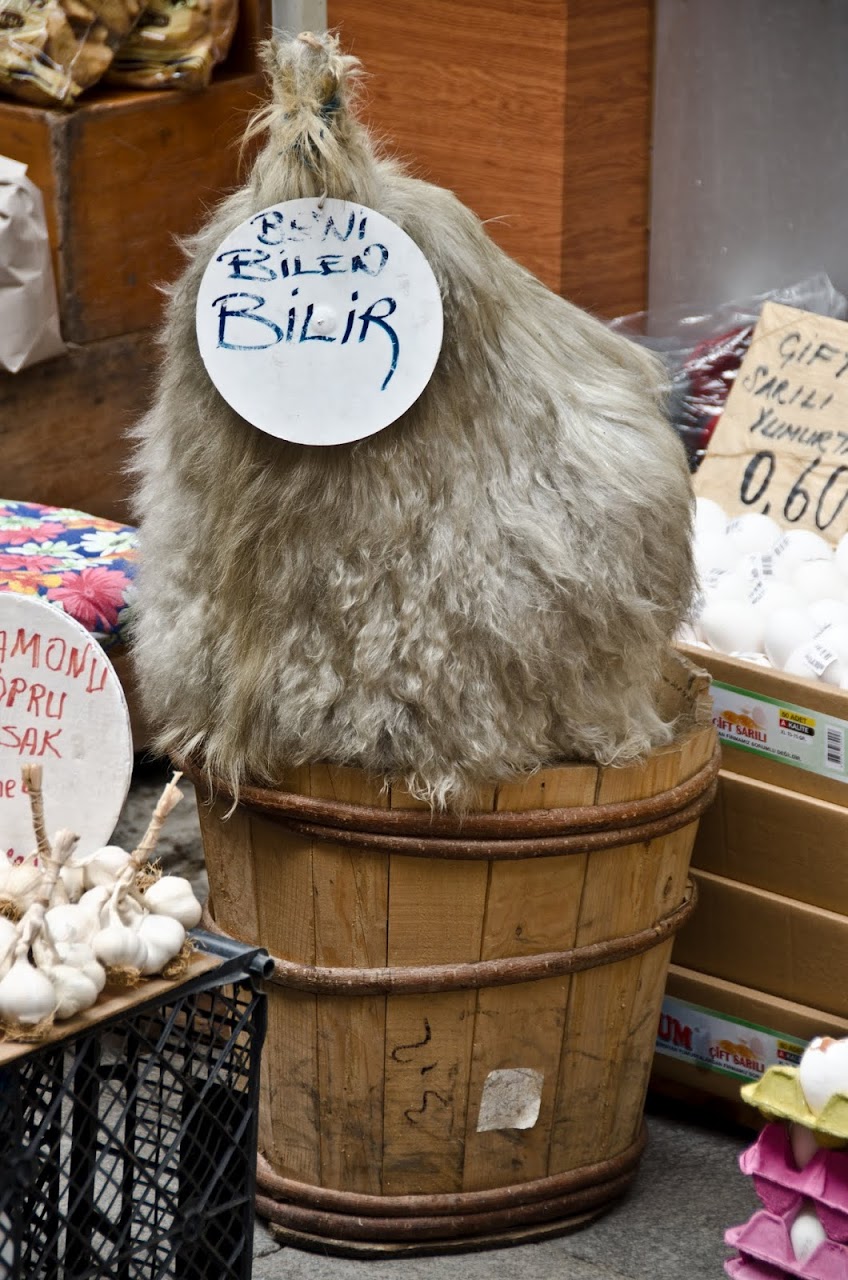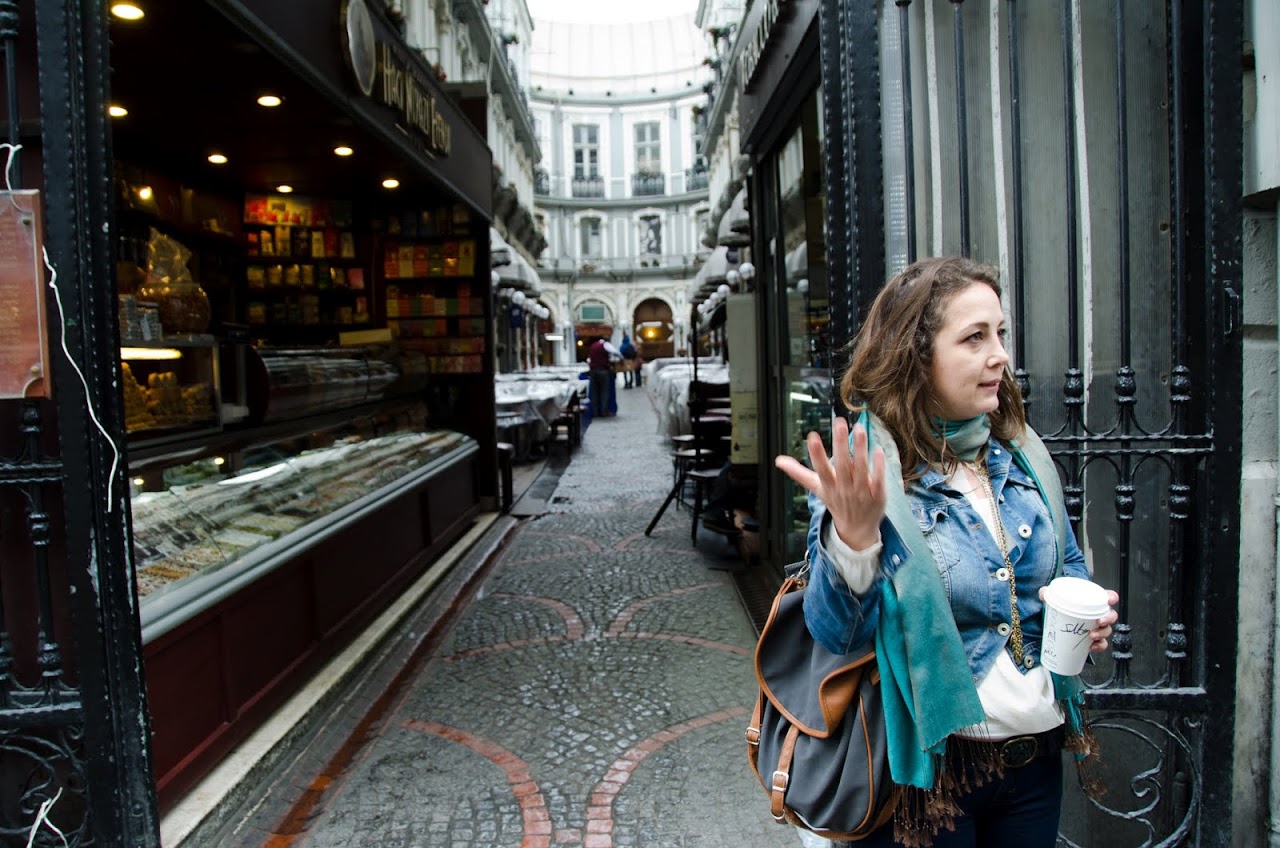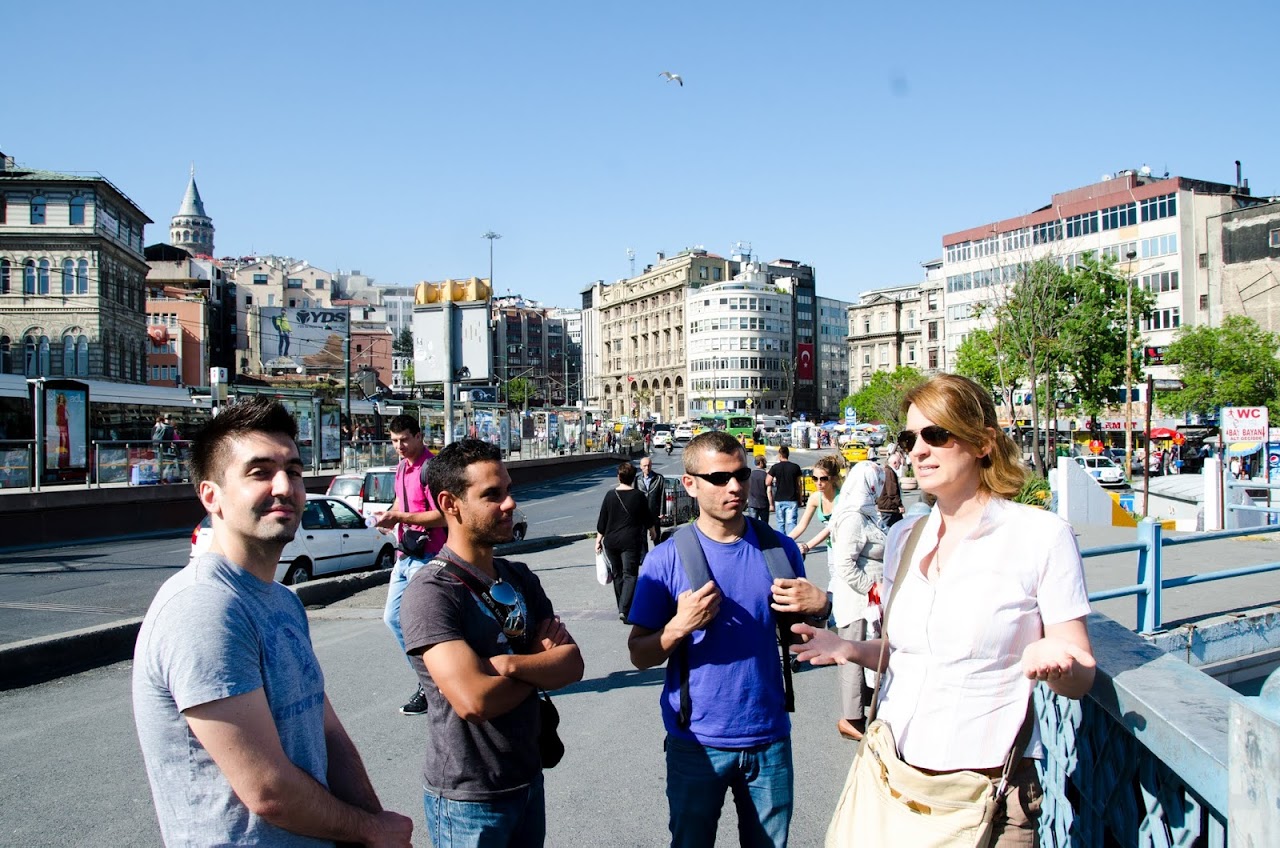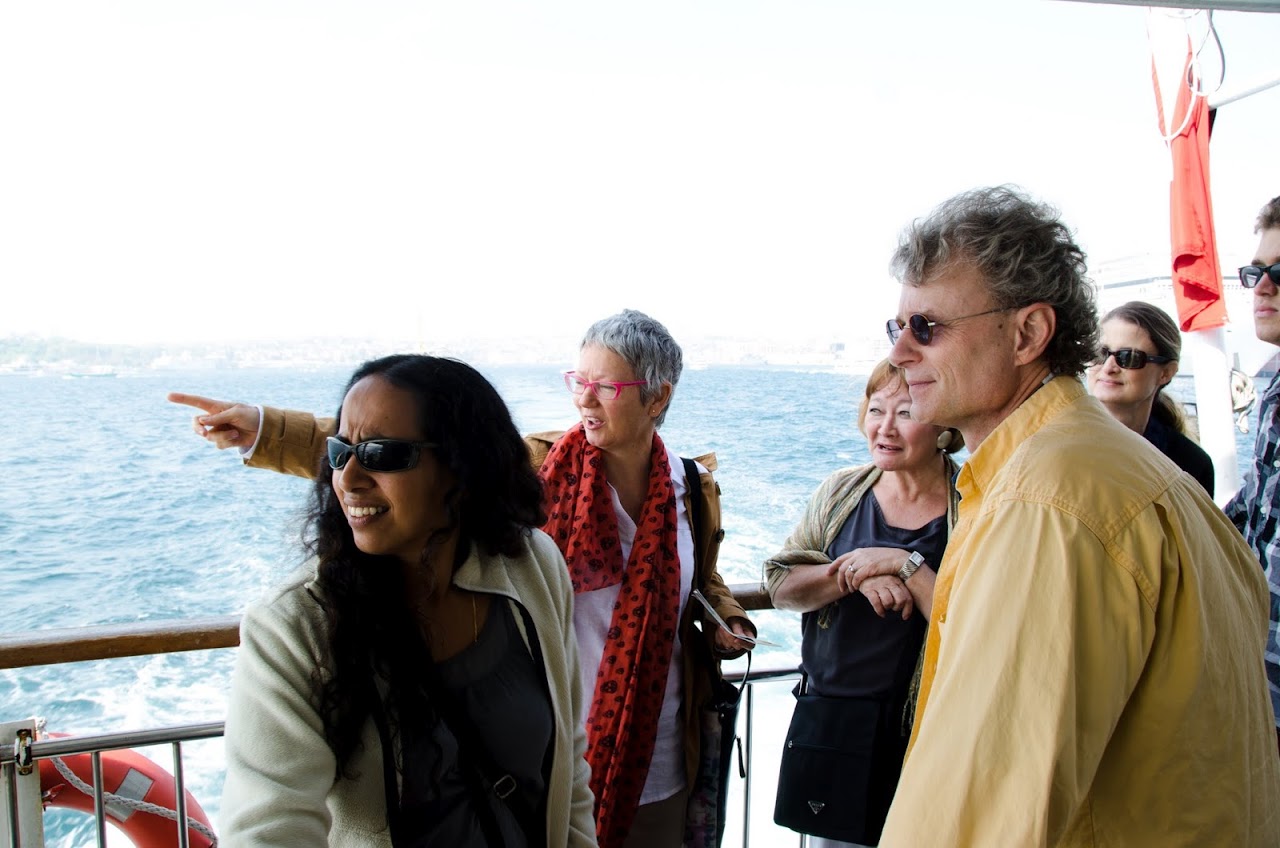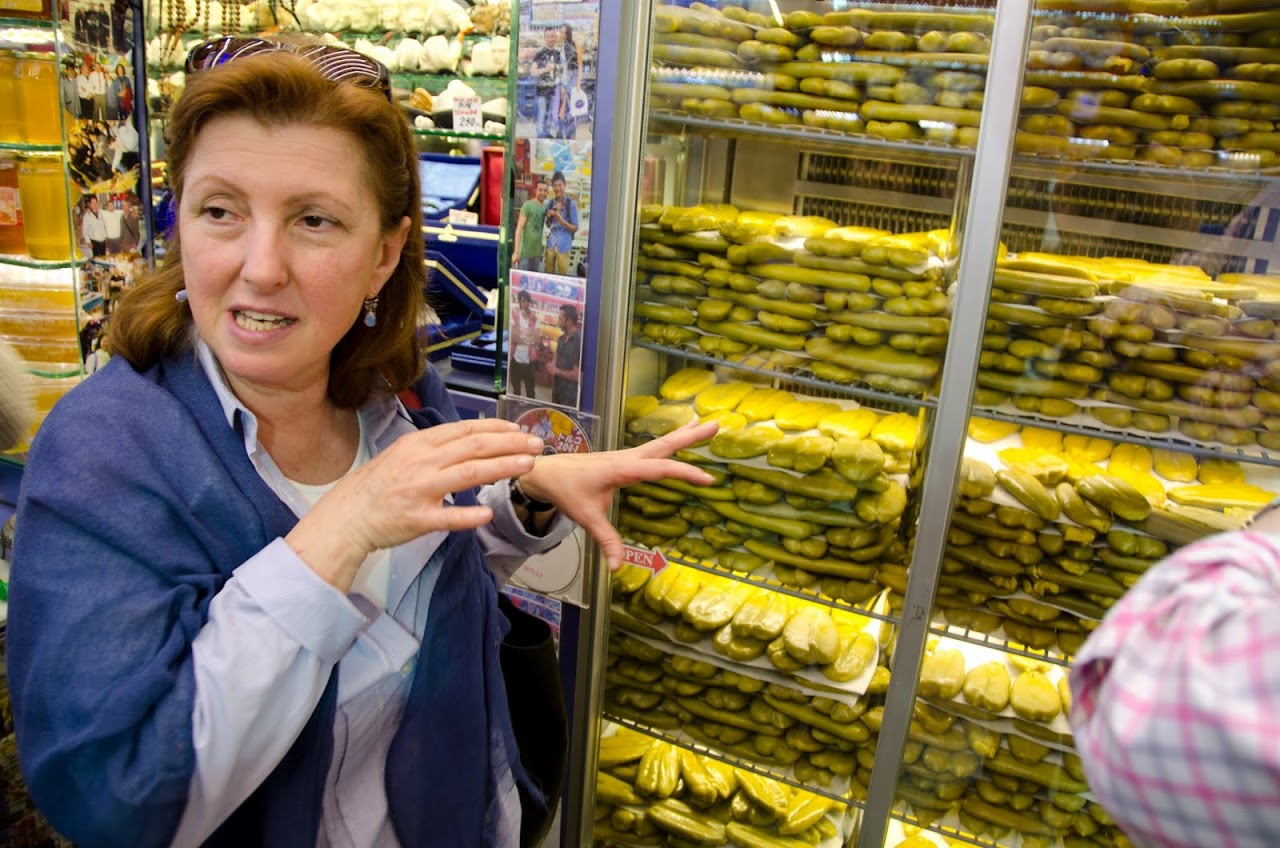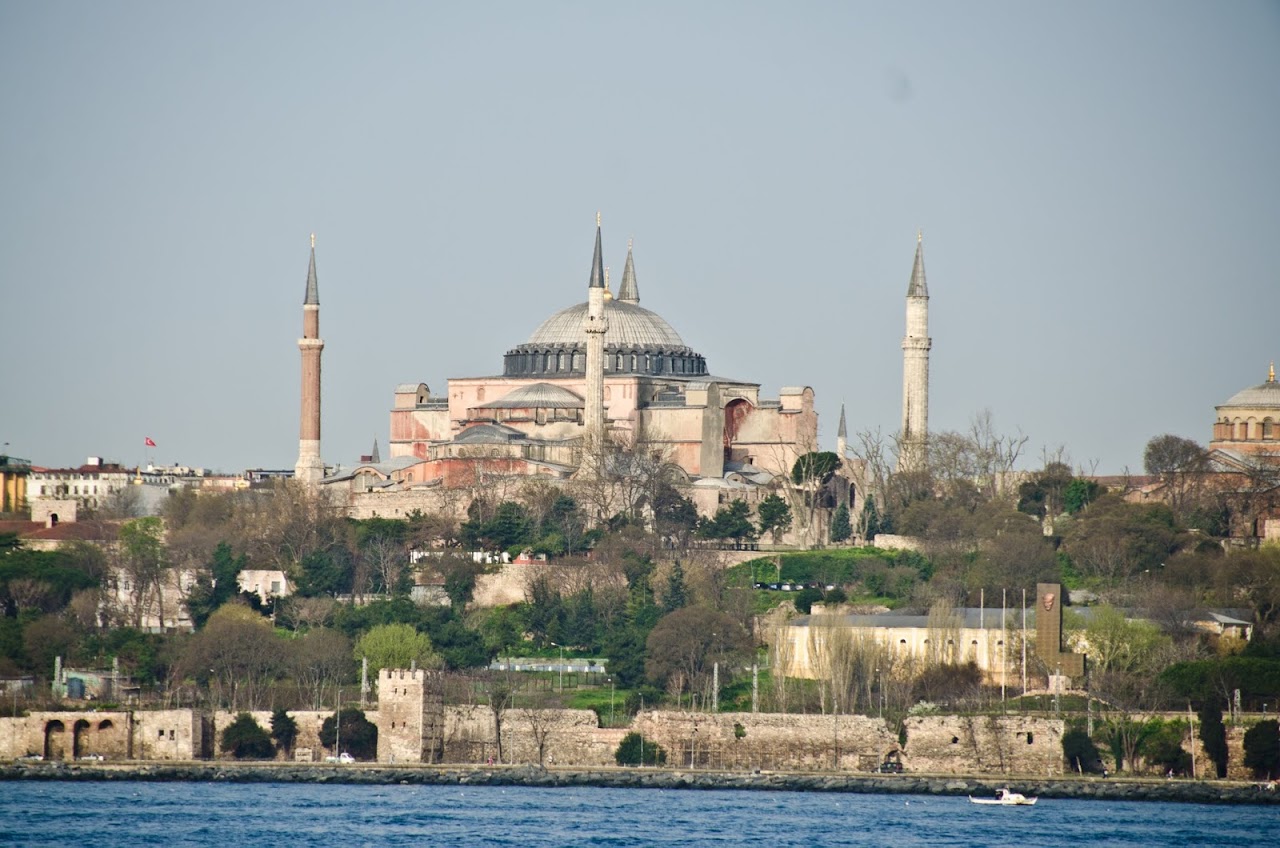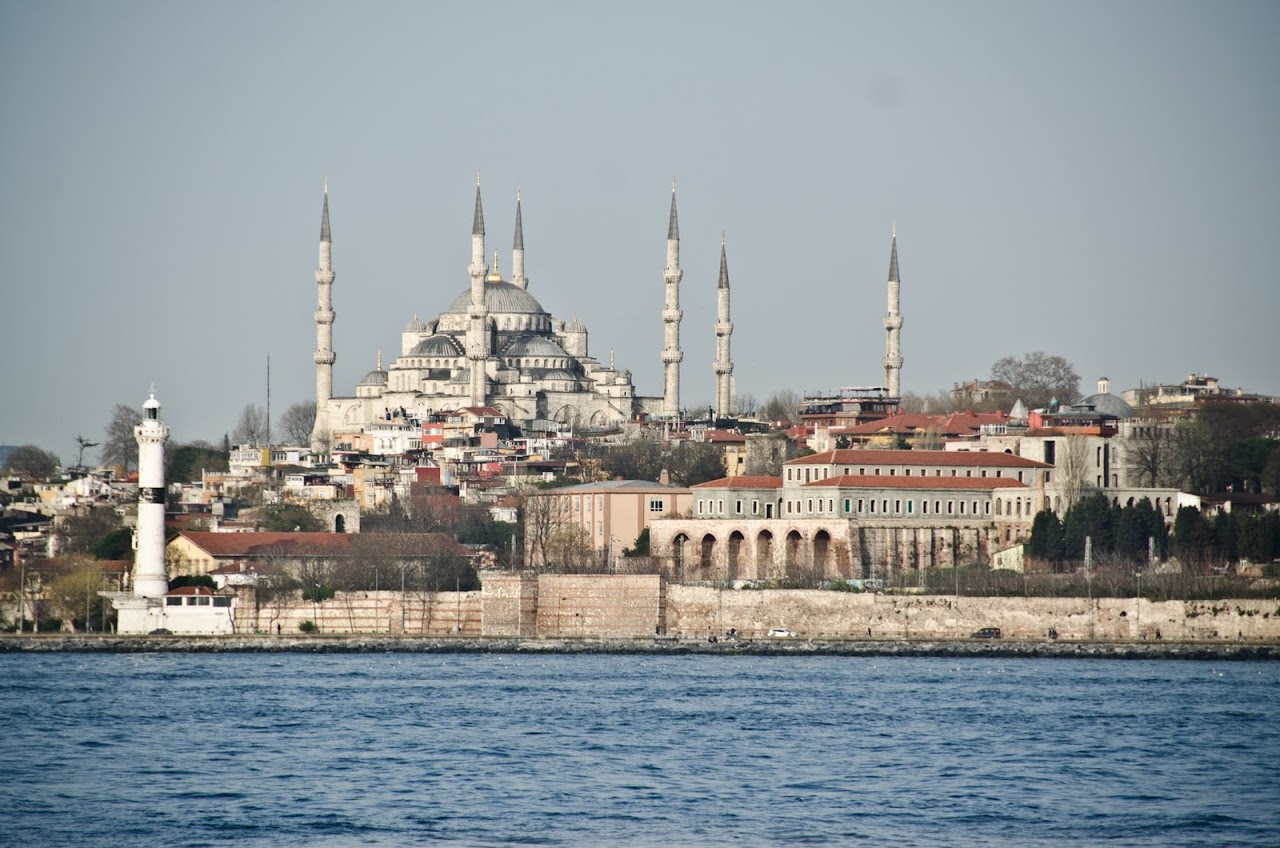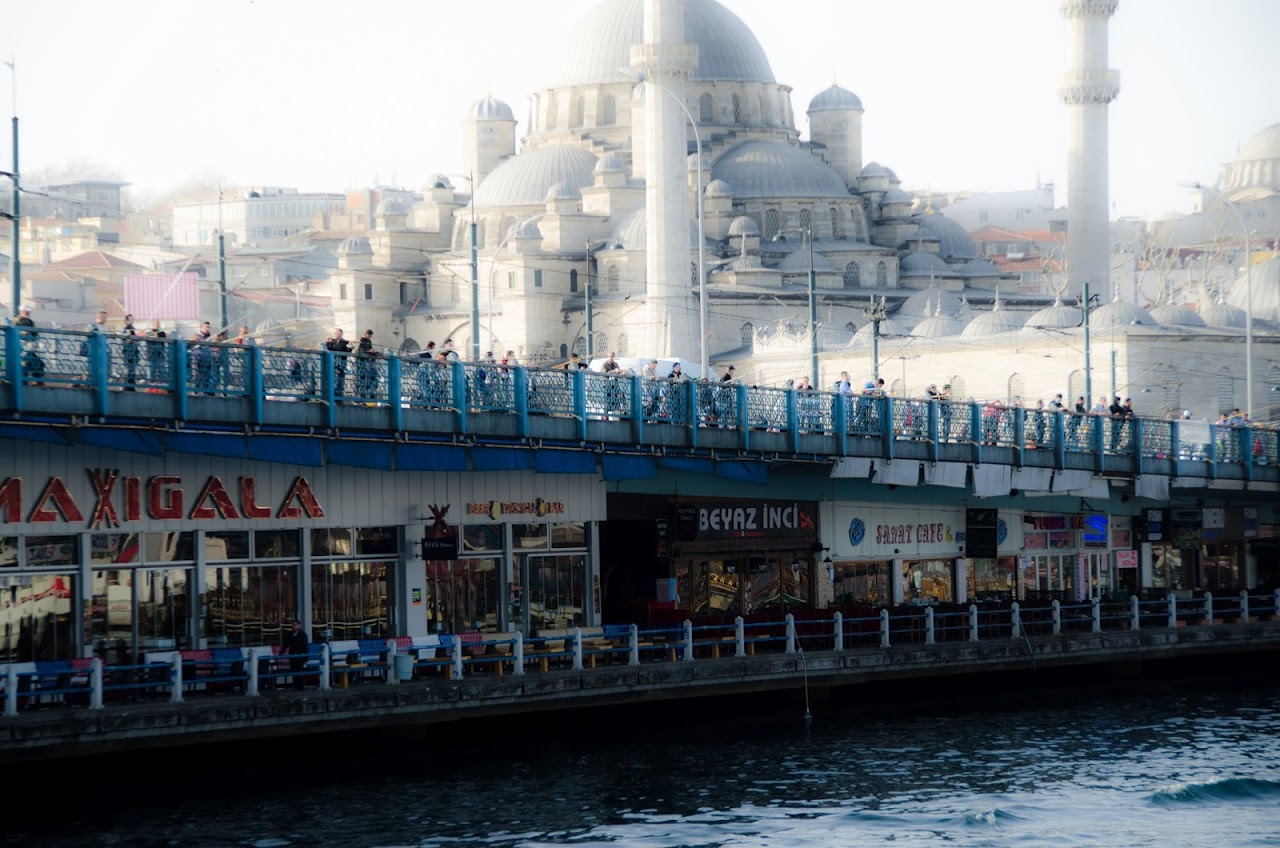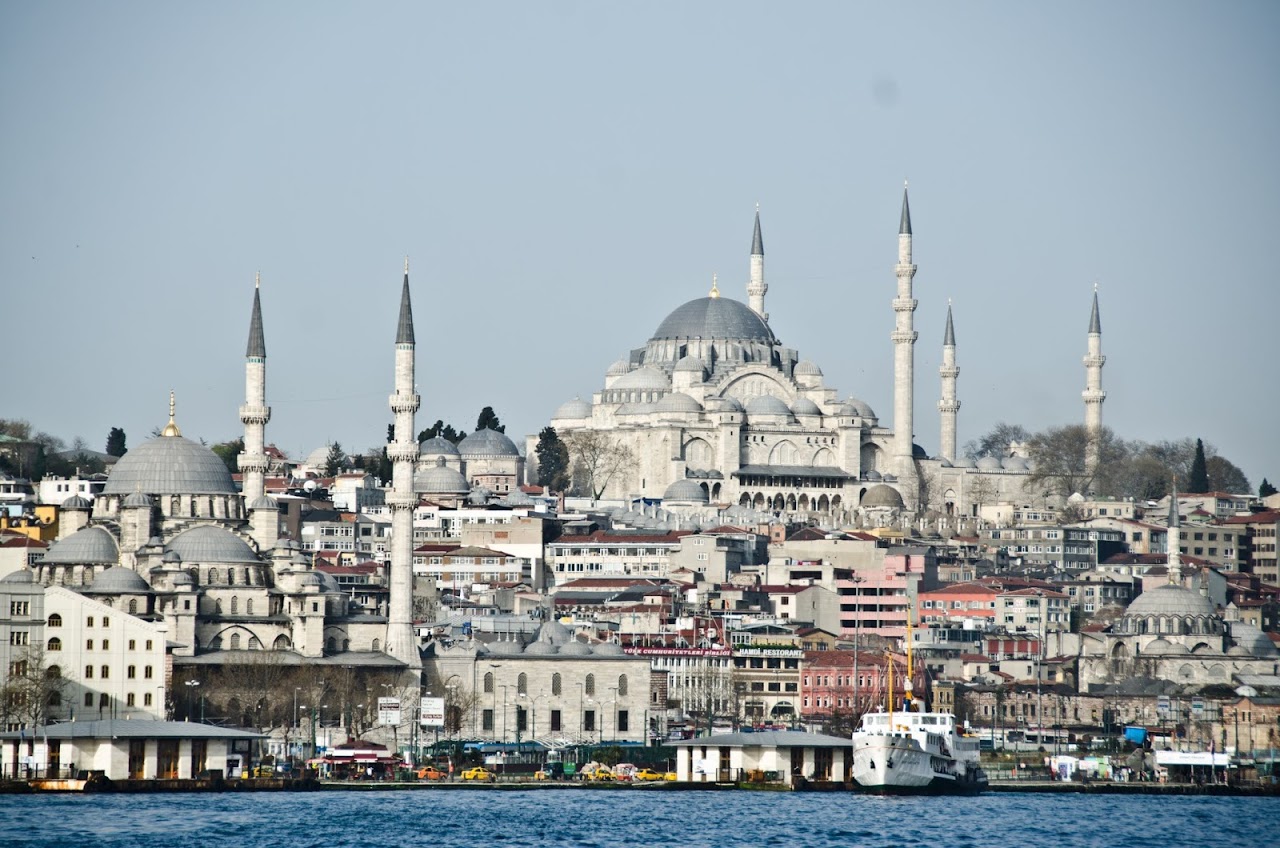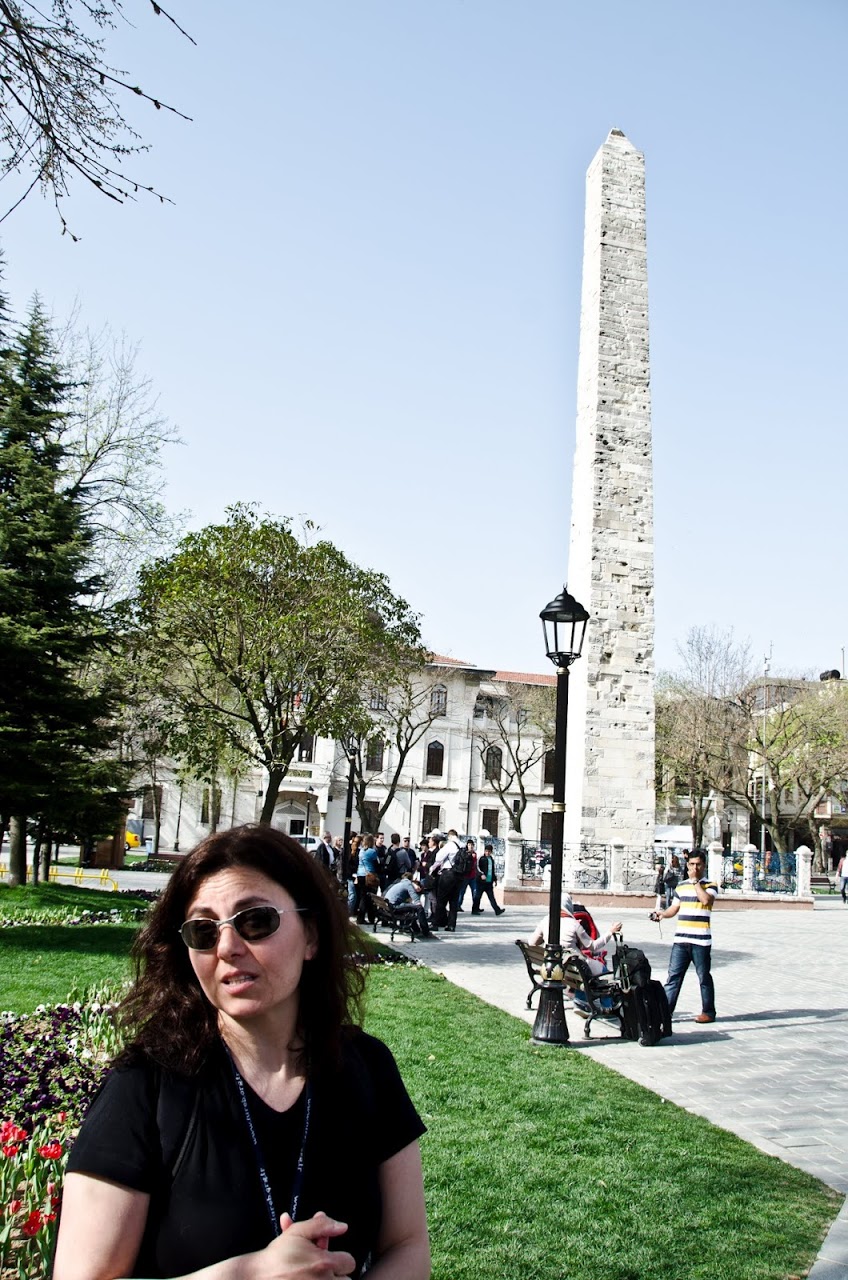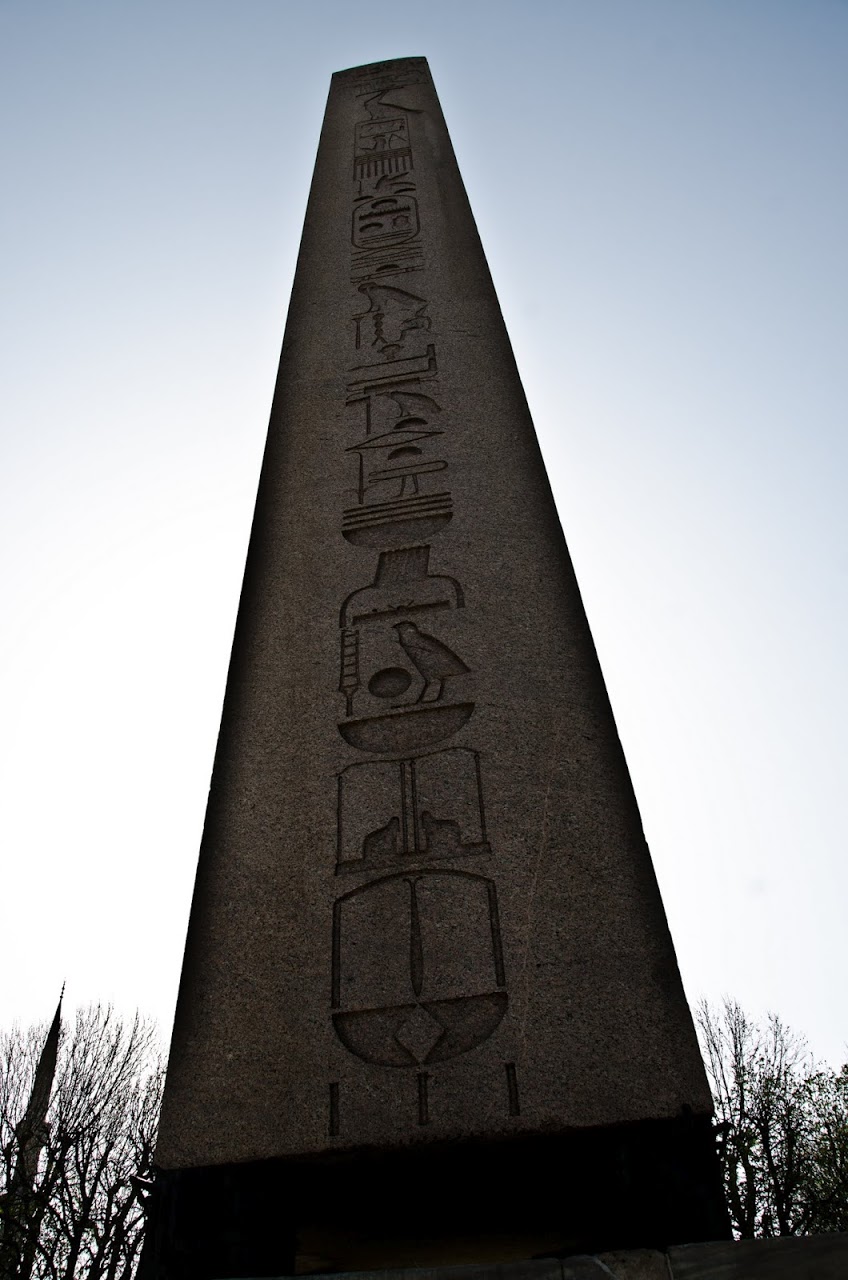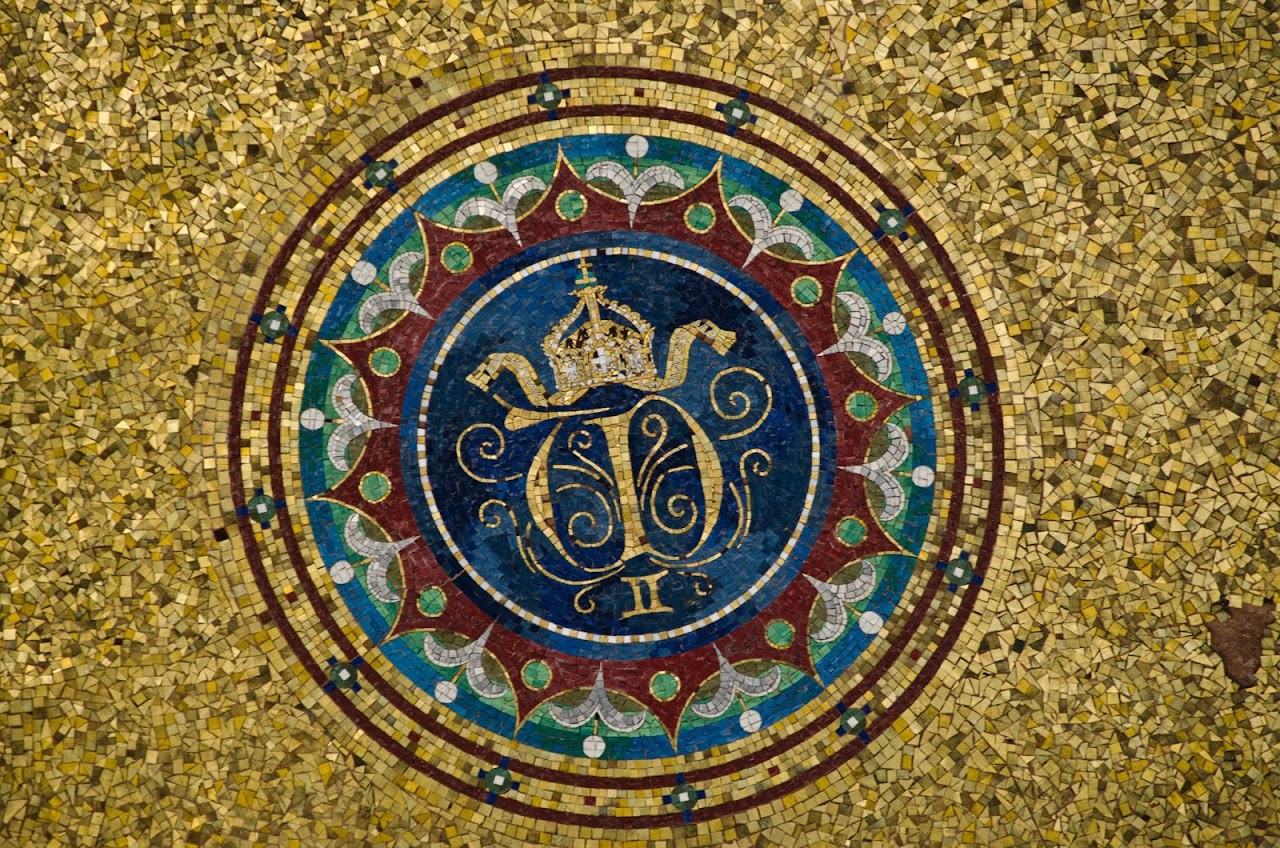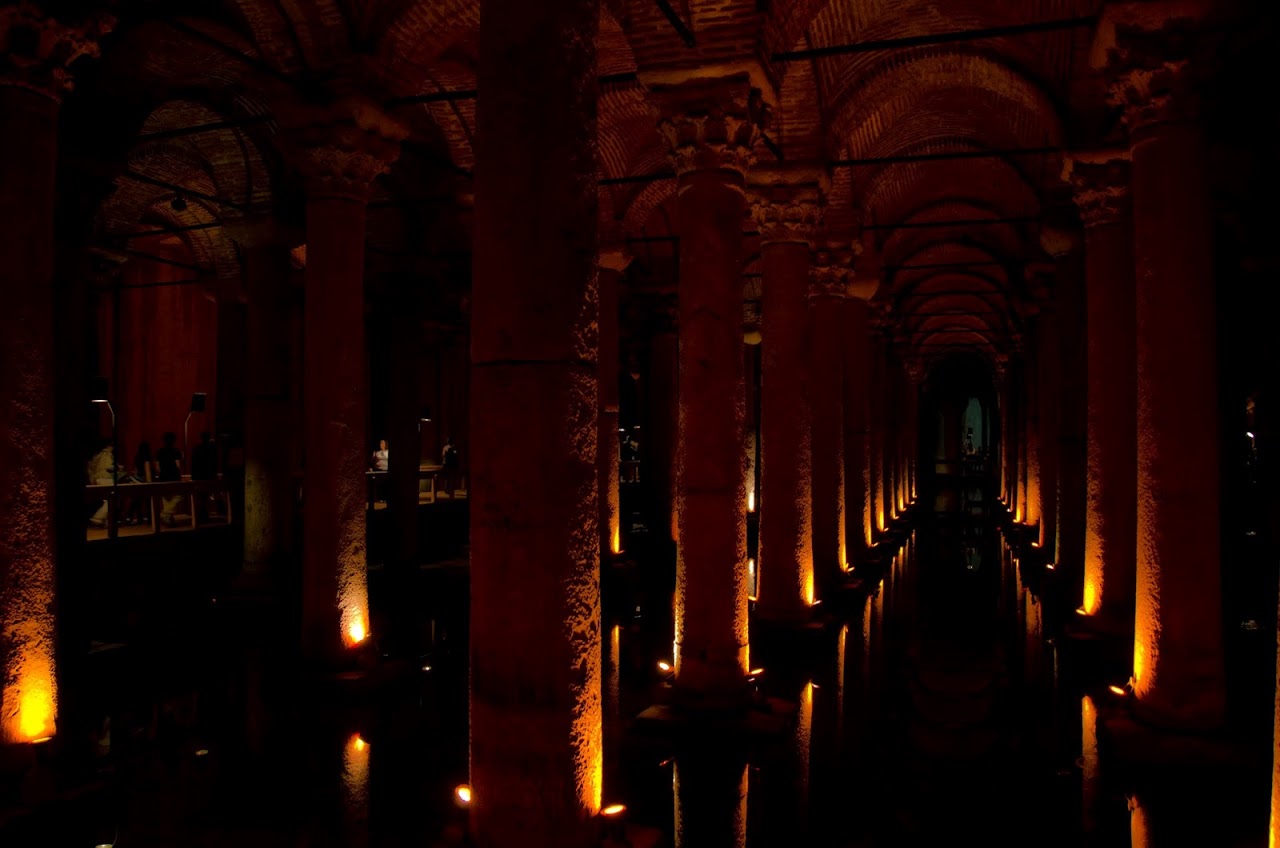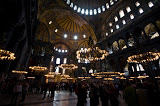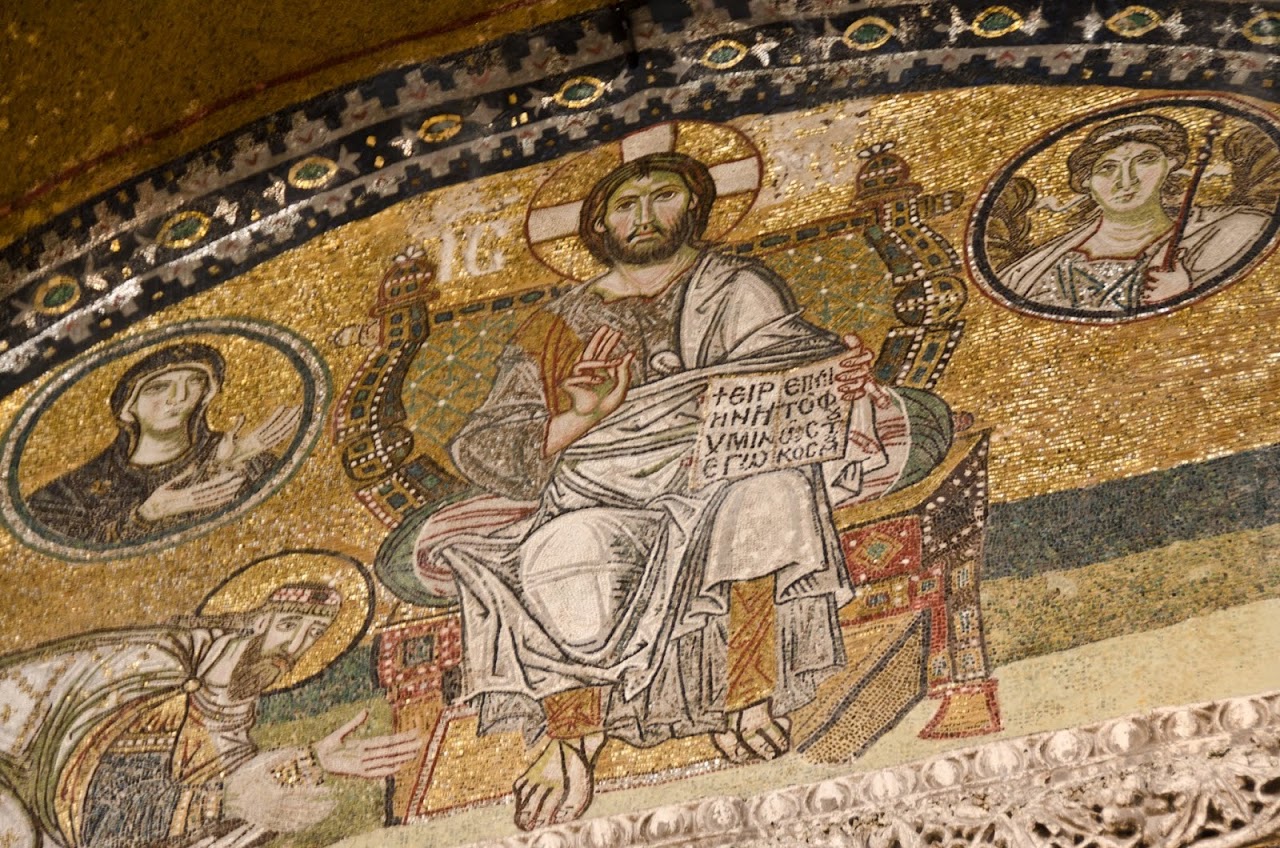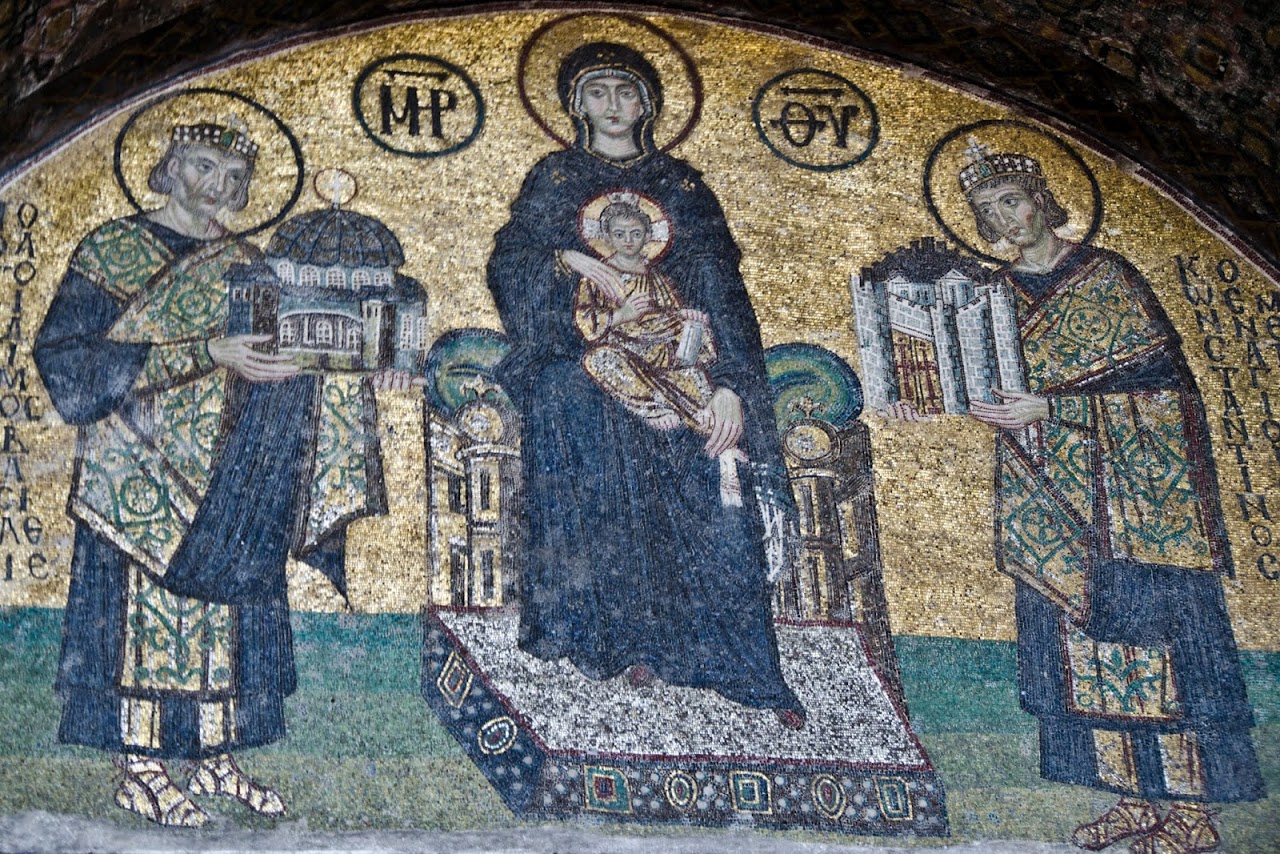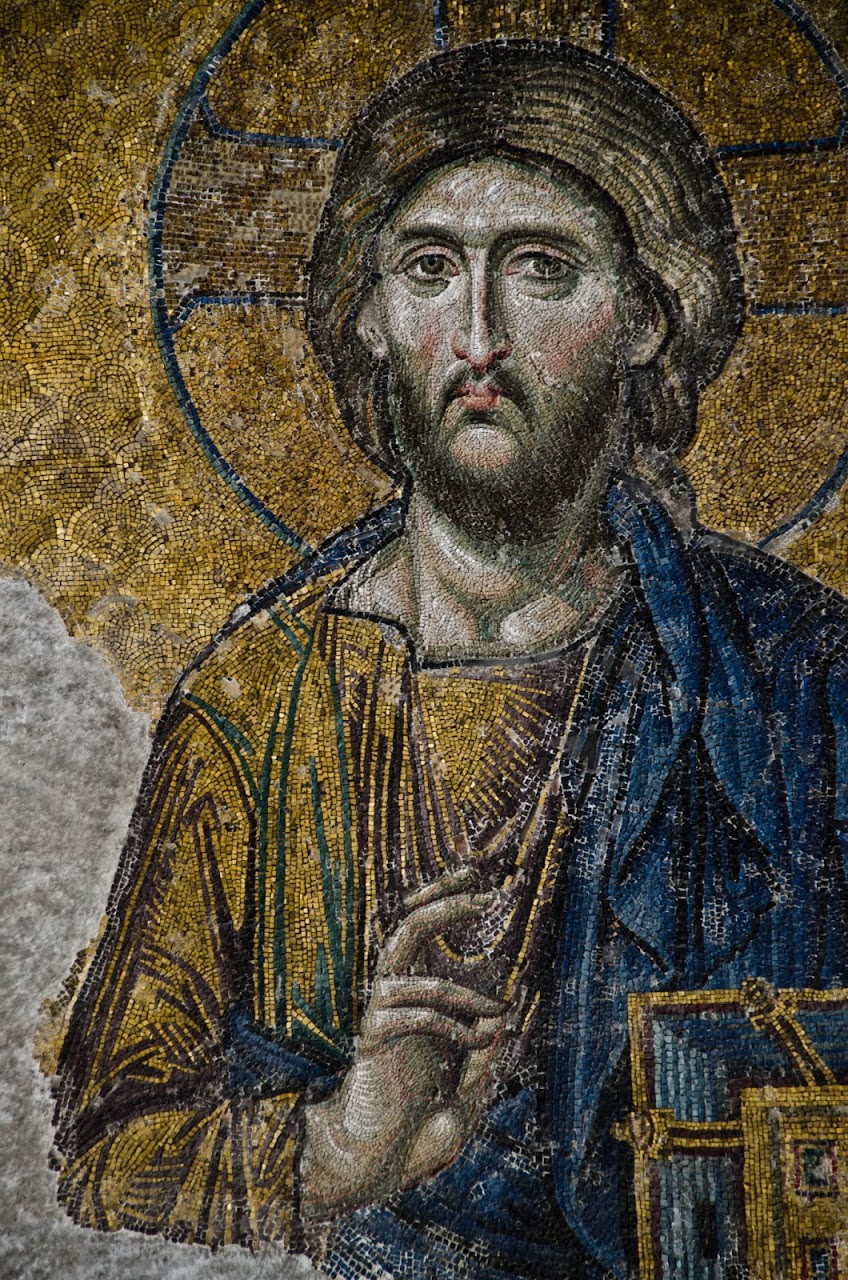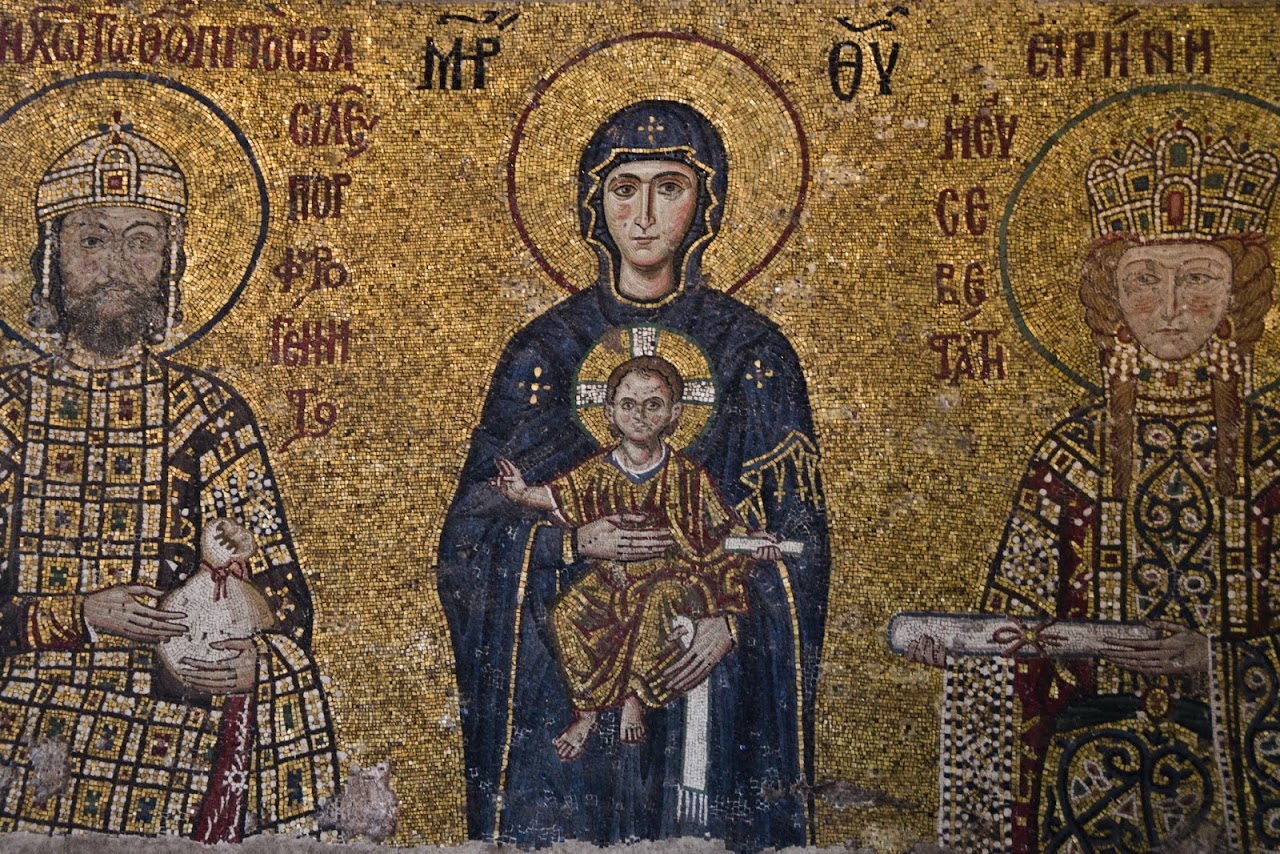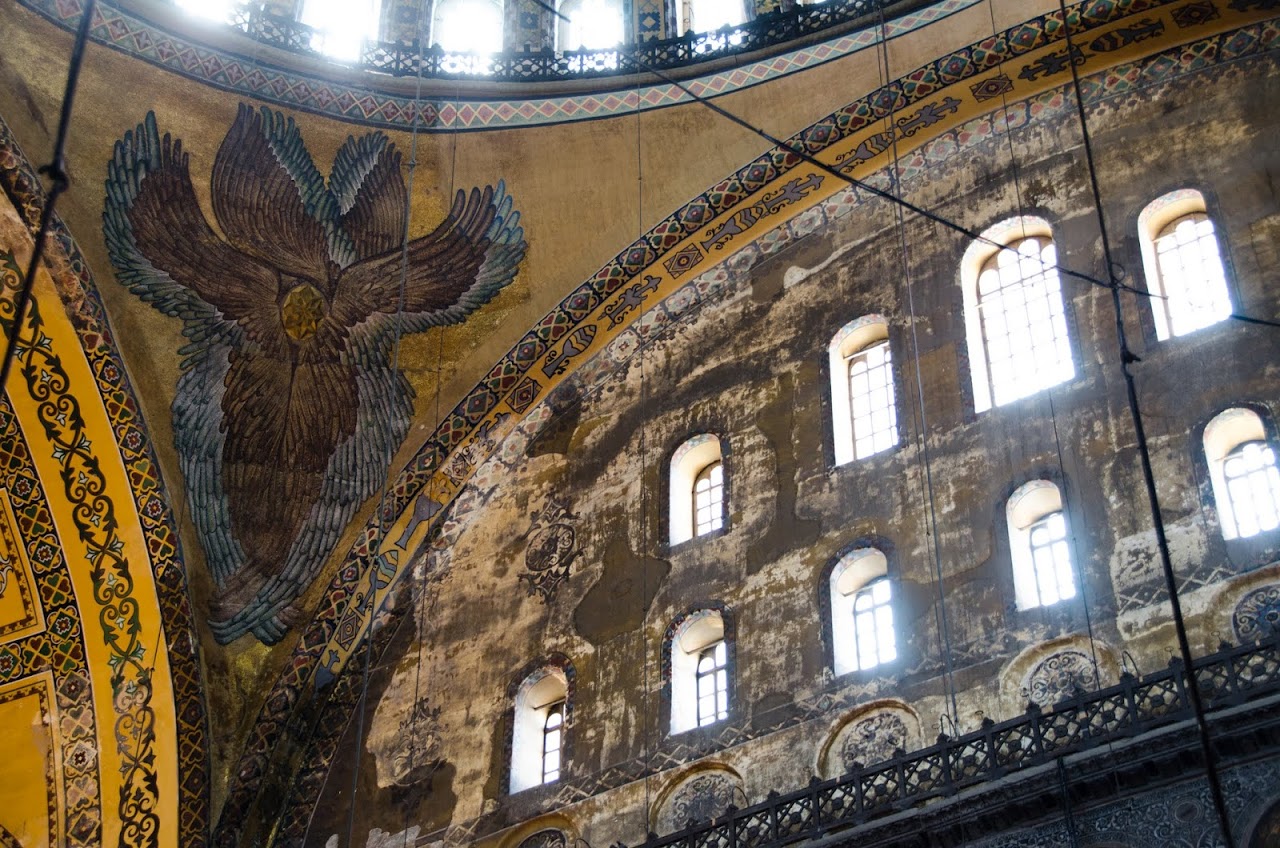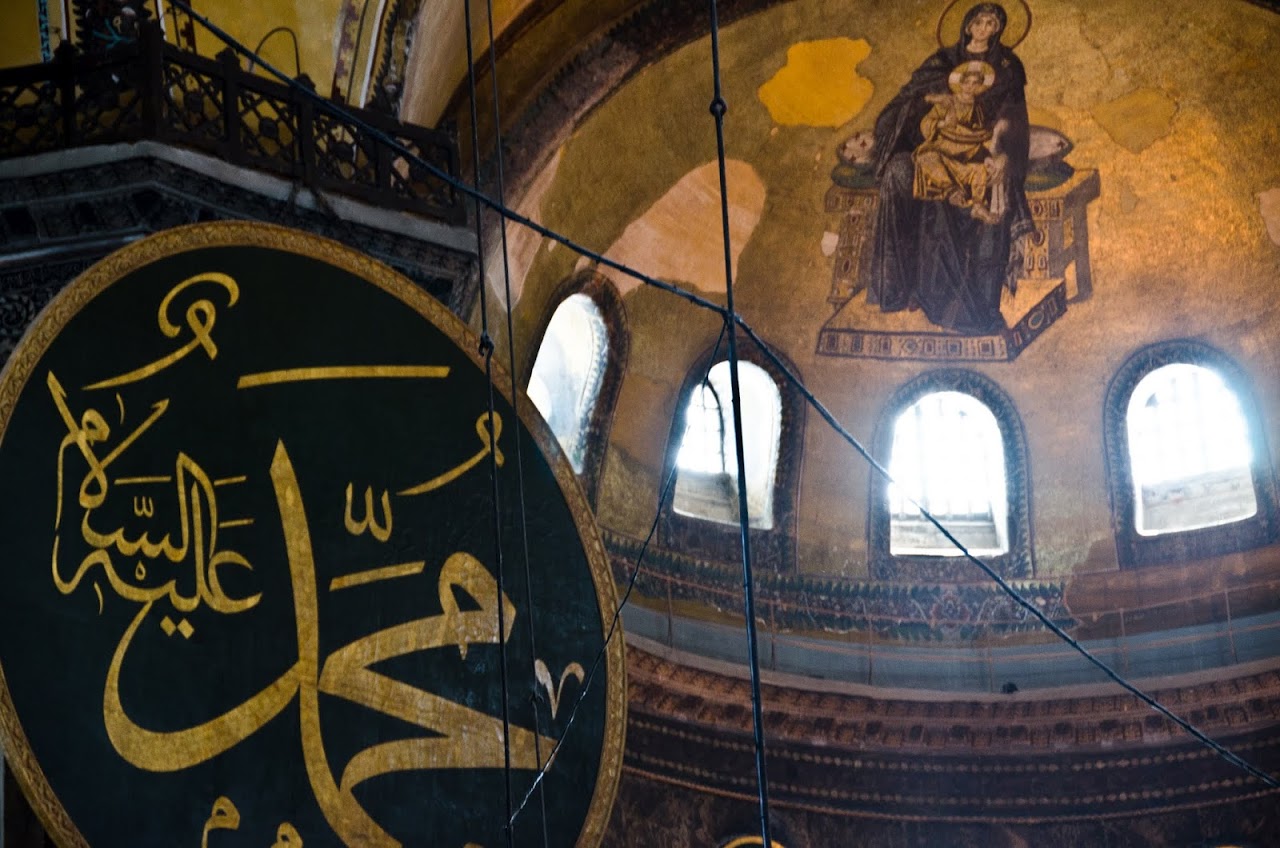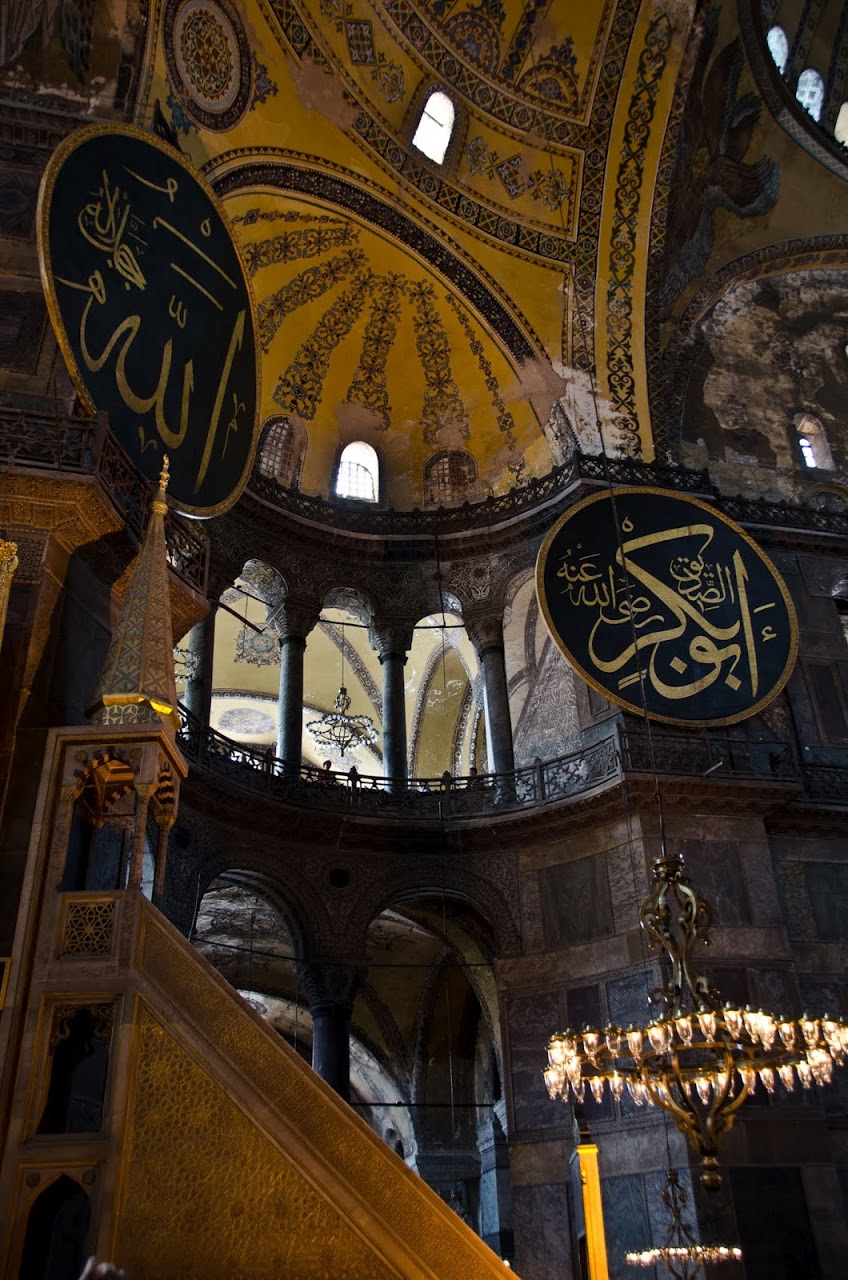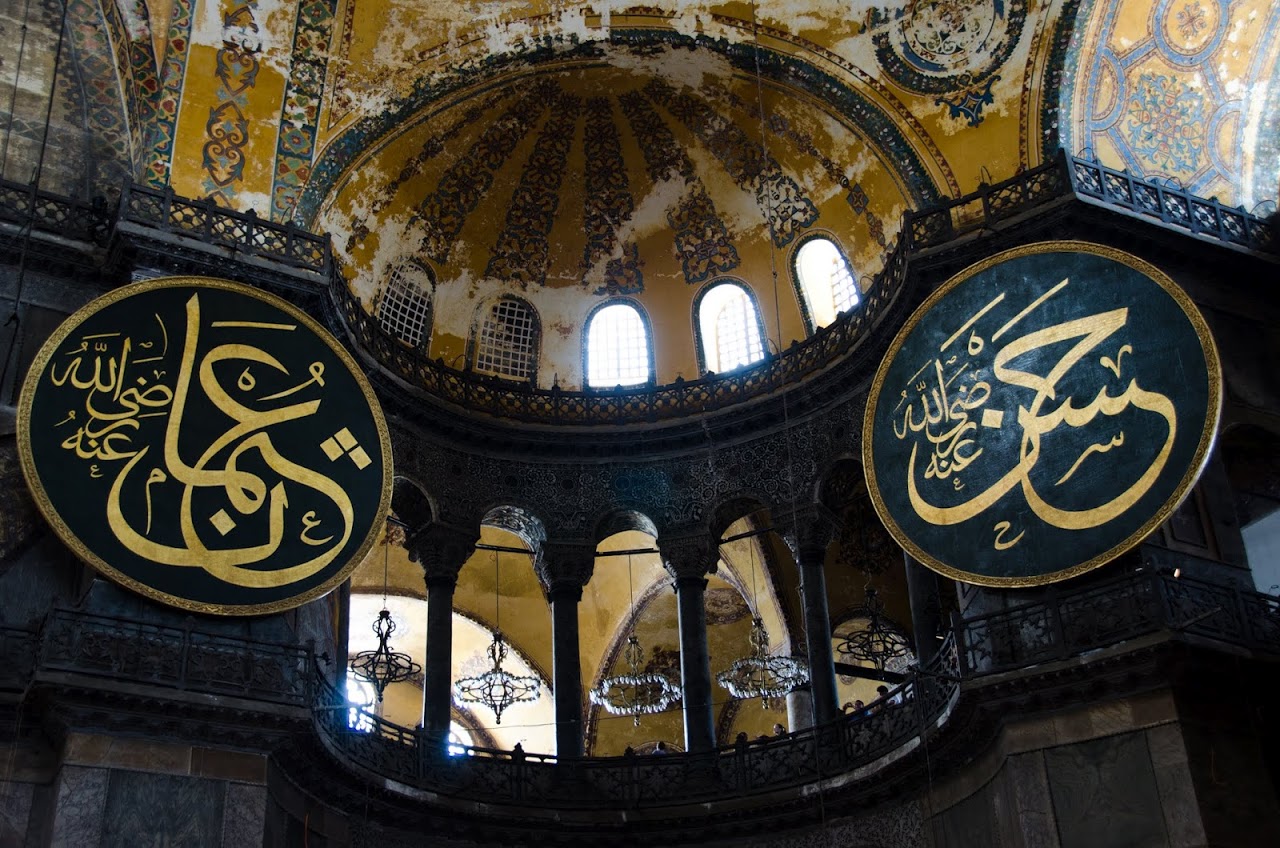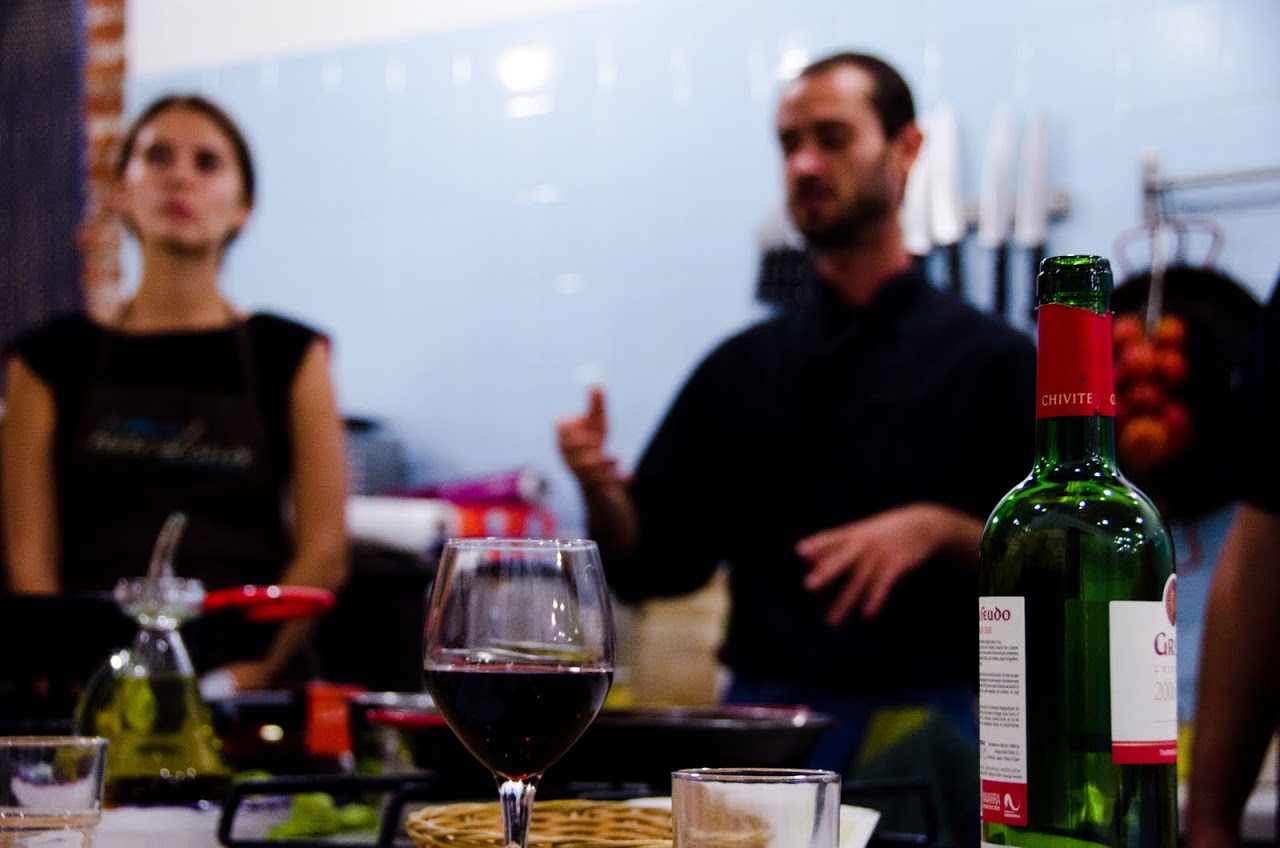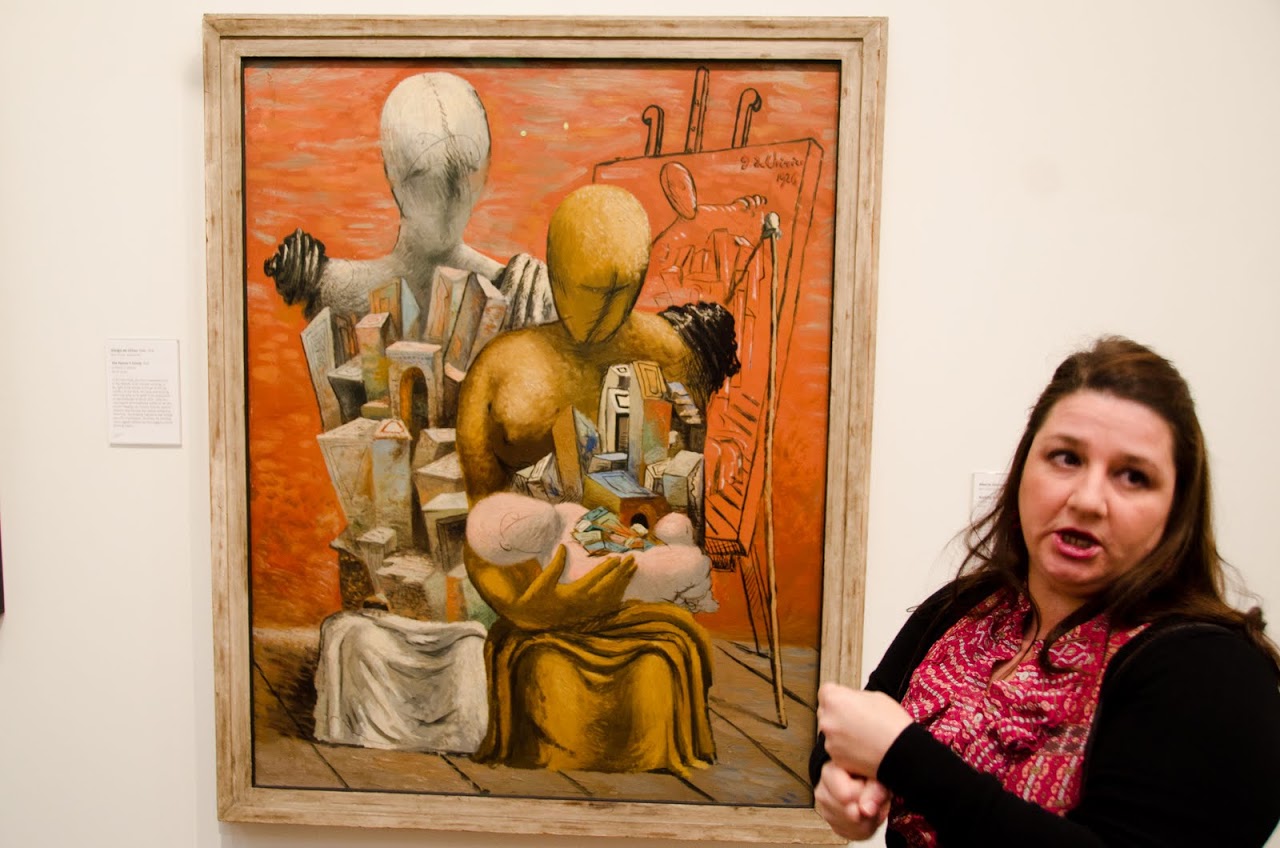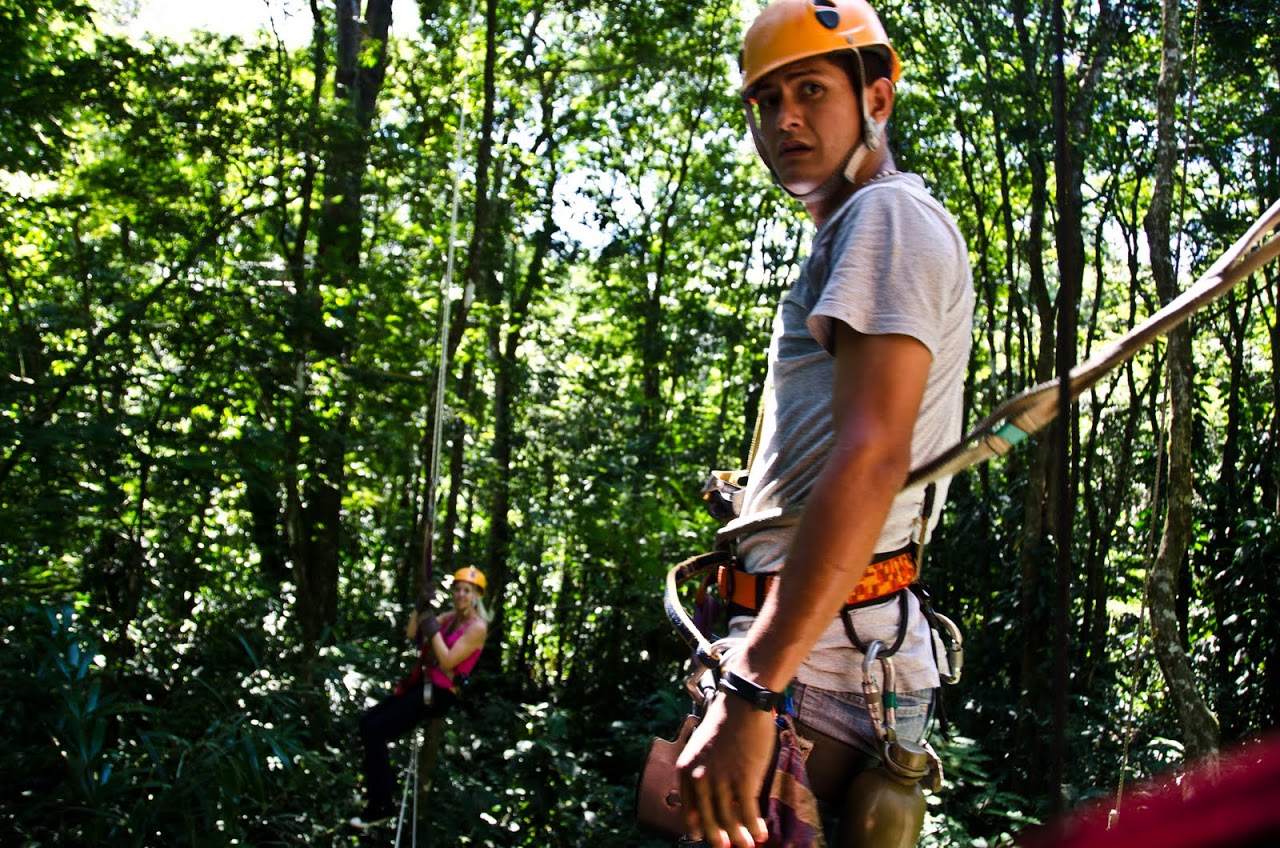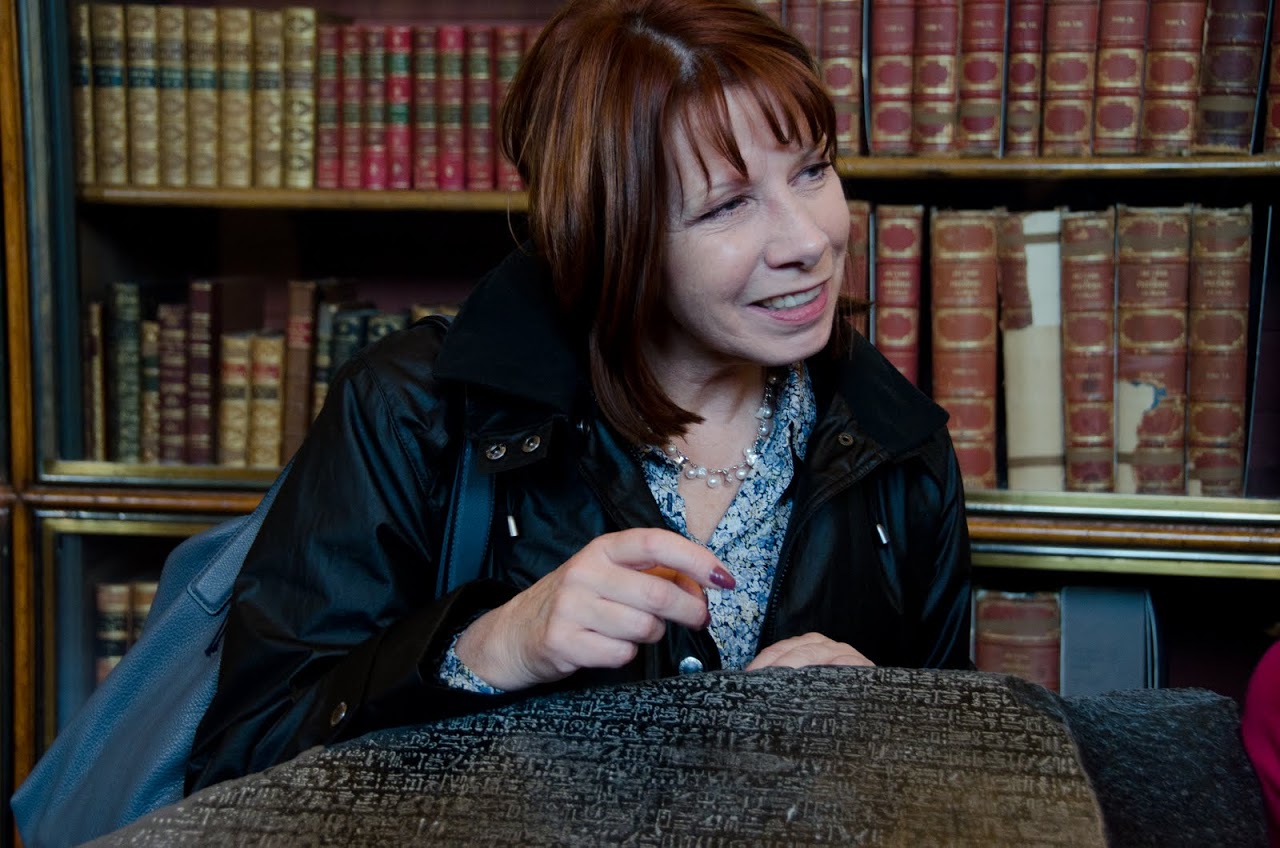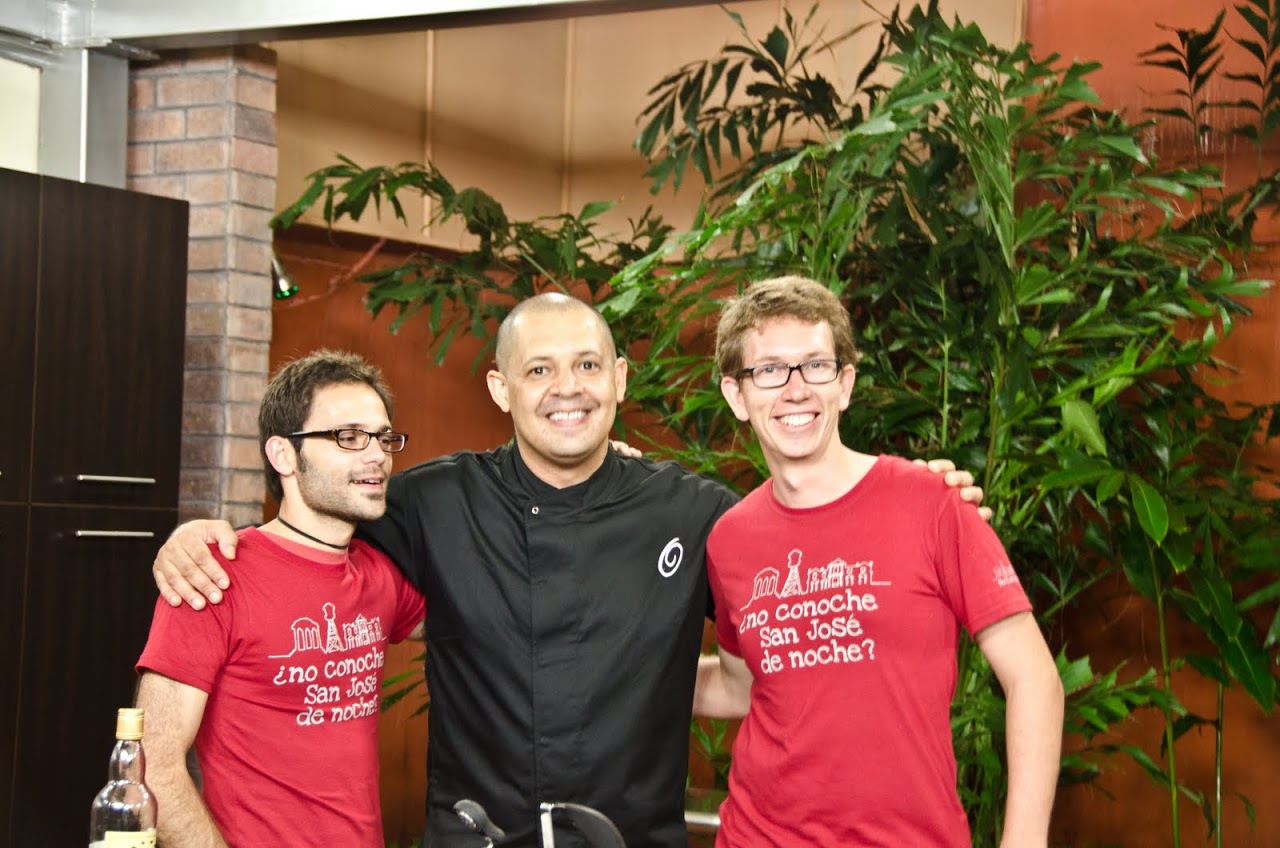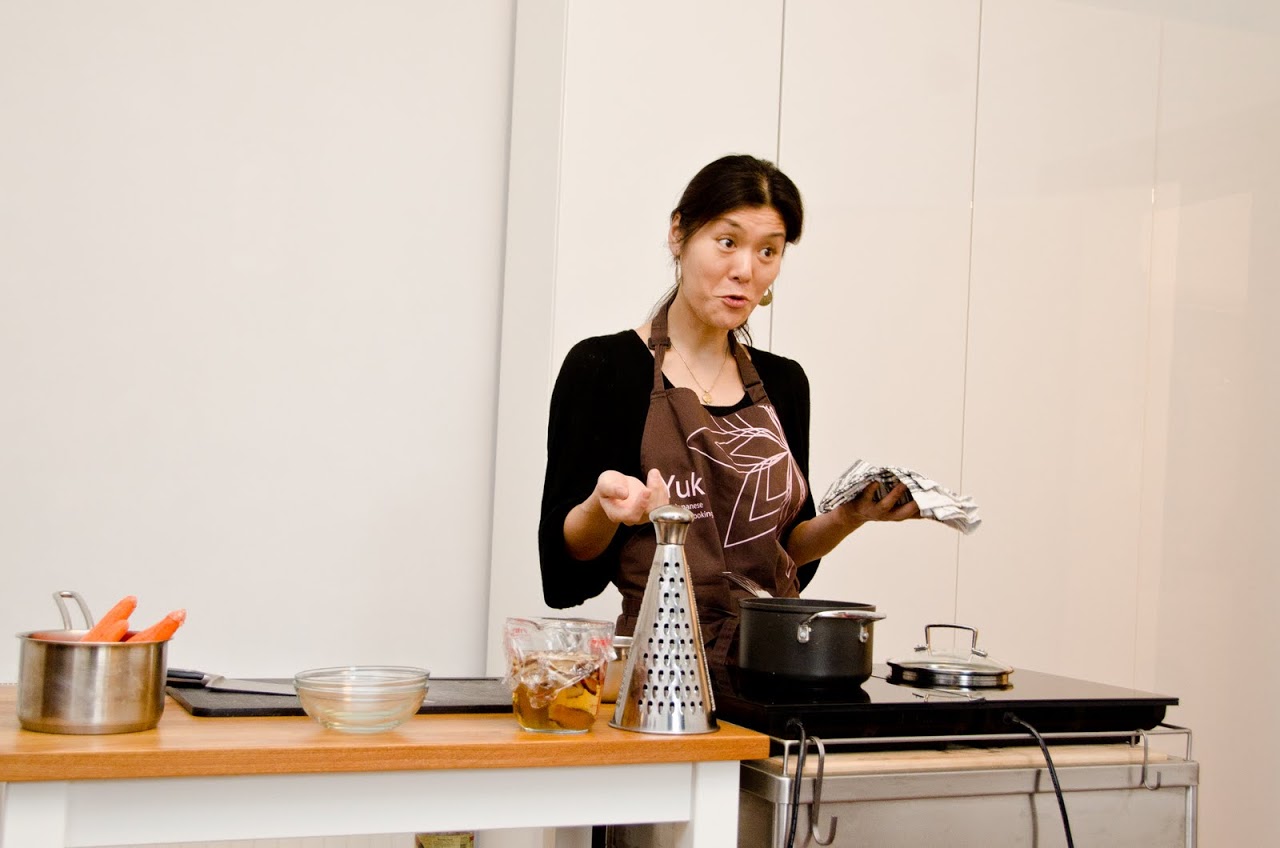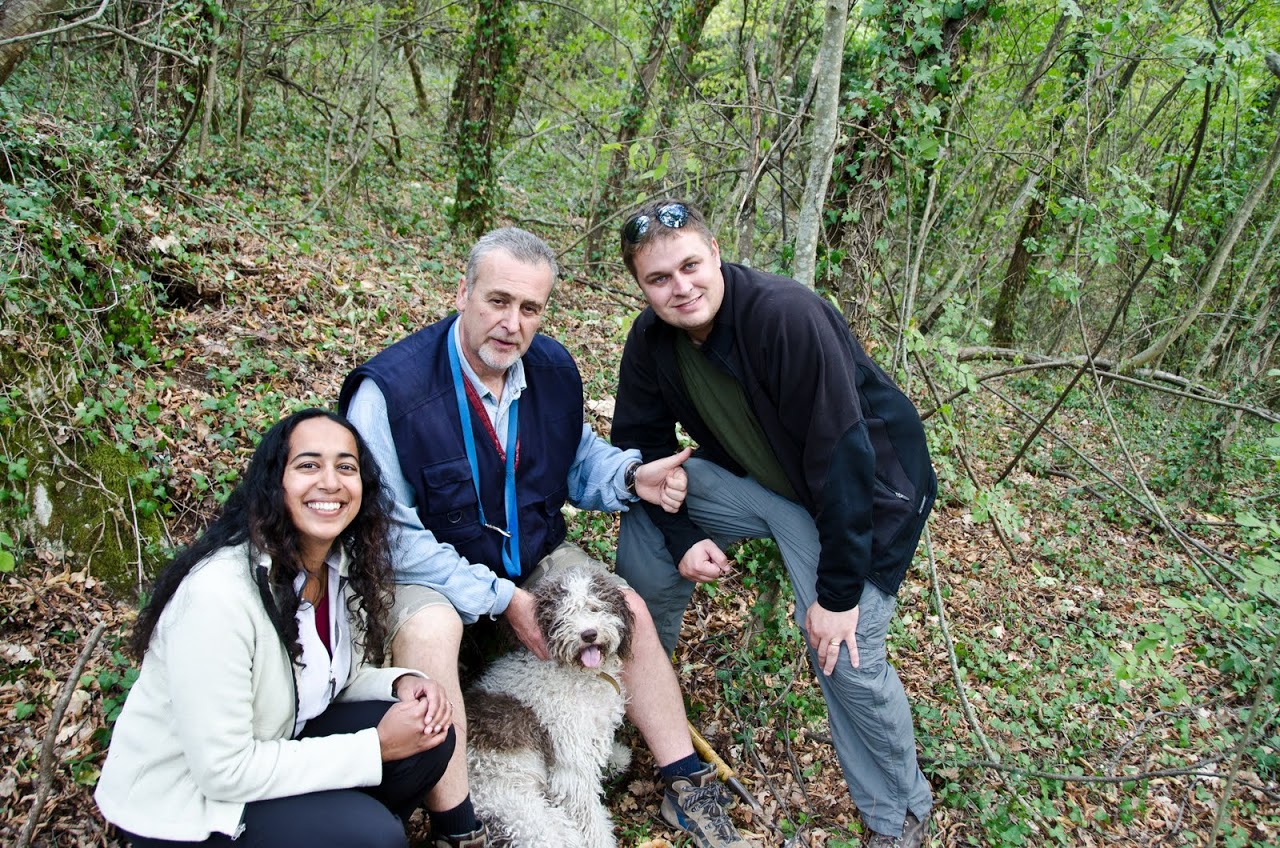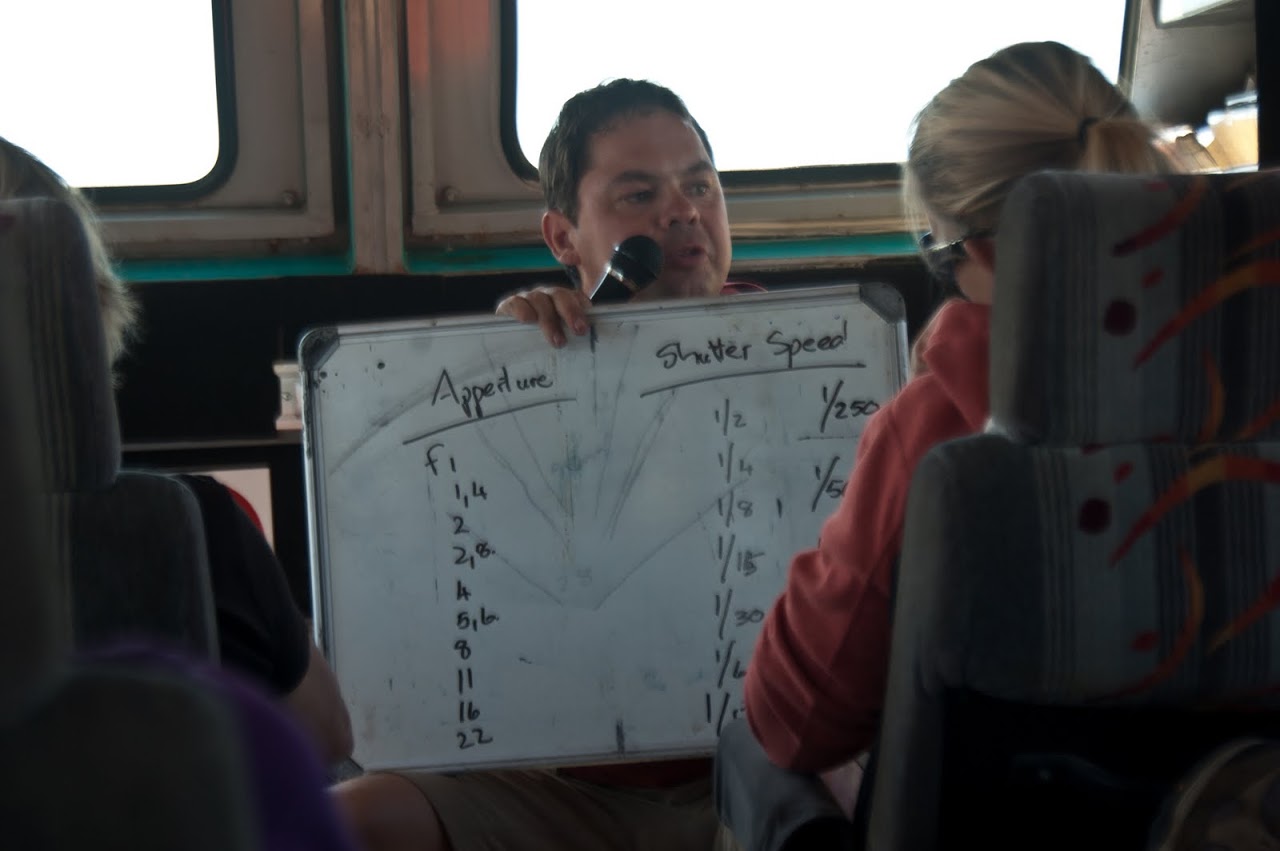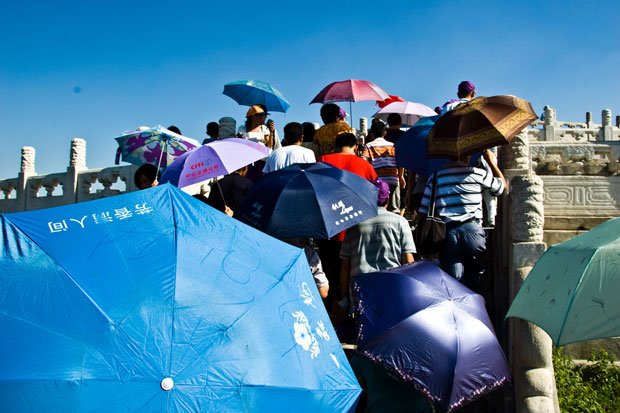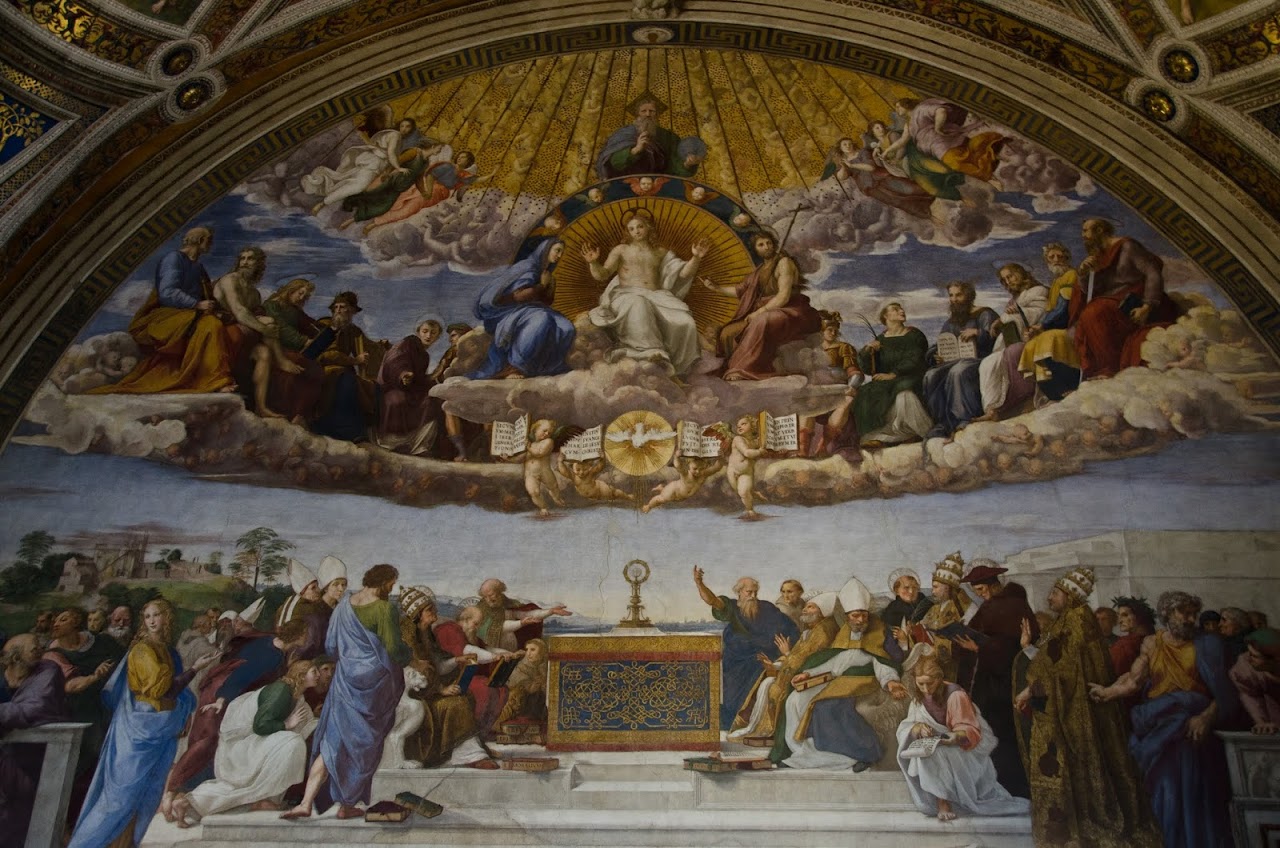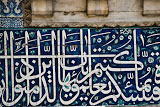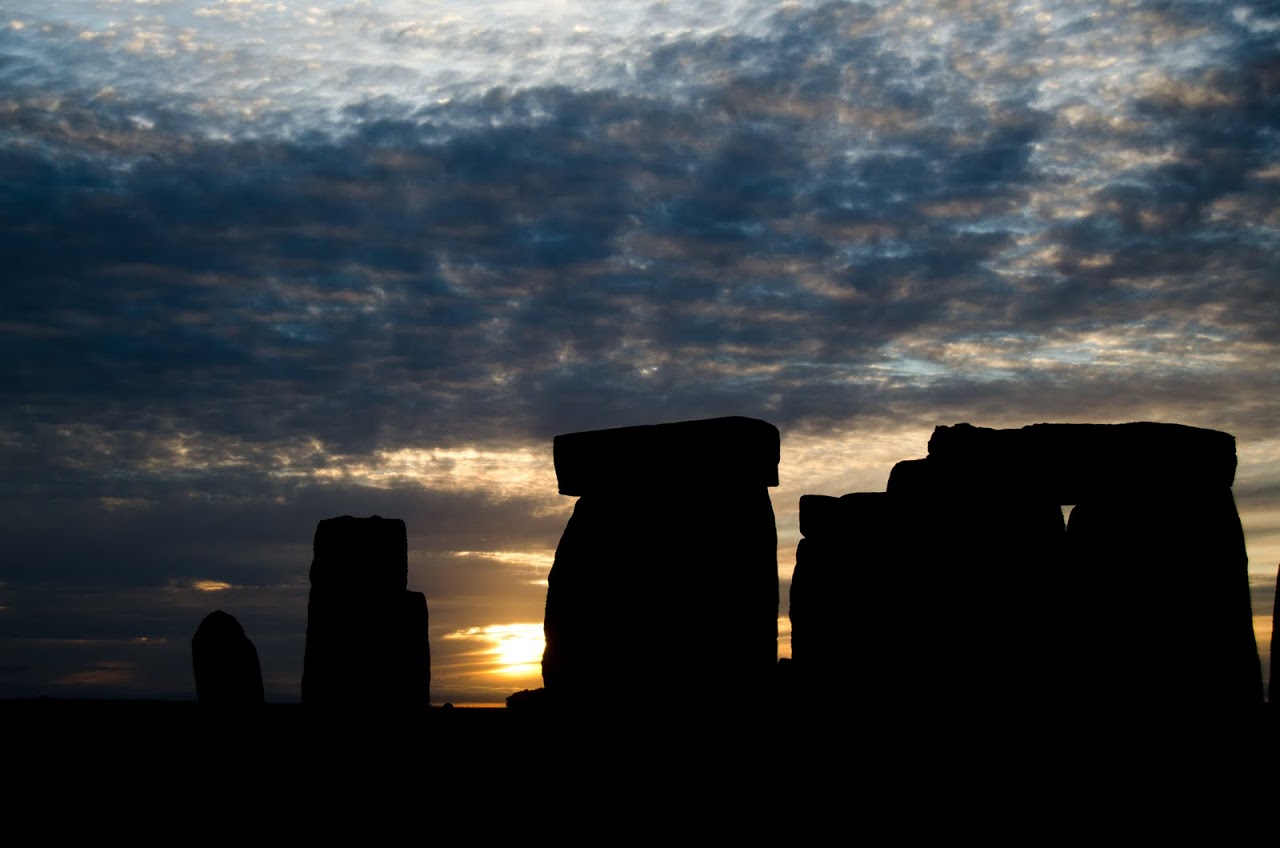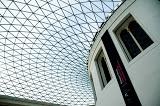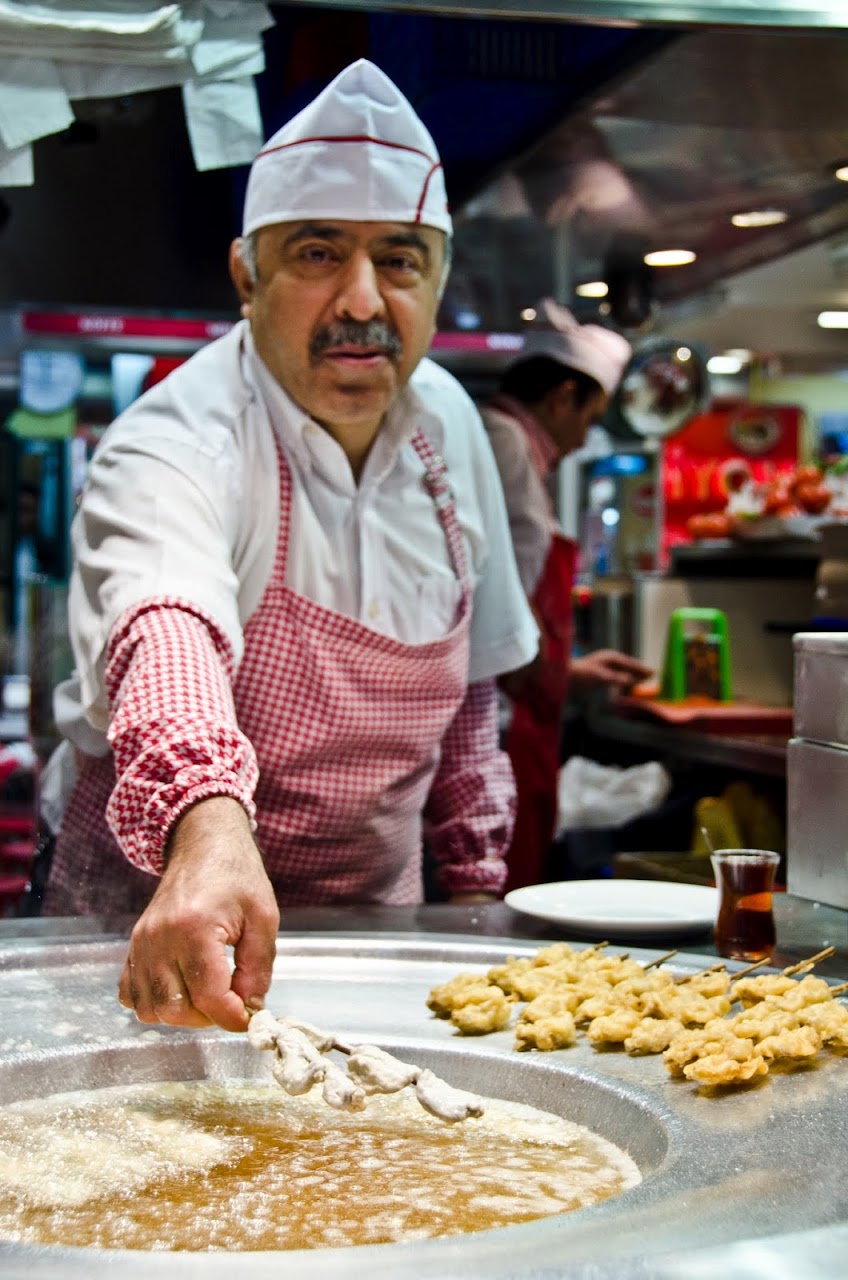
|
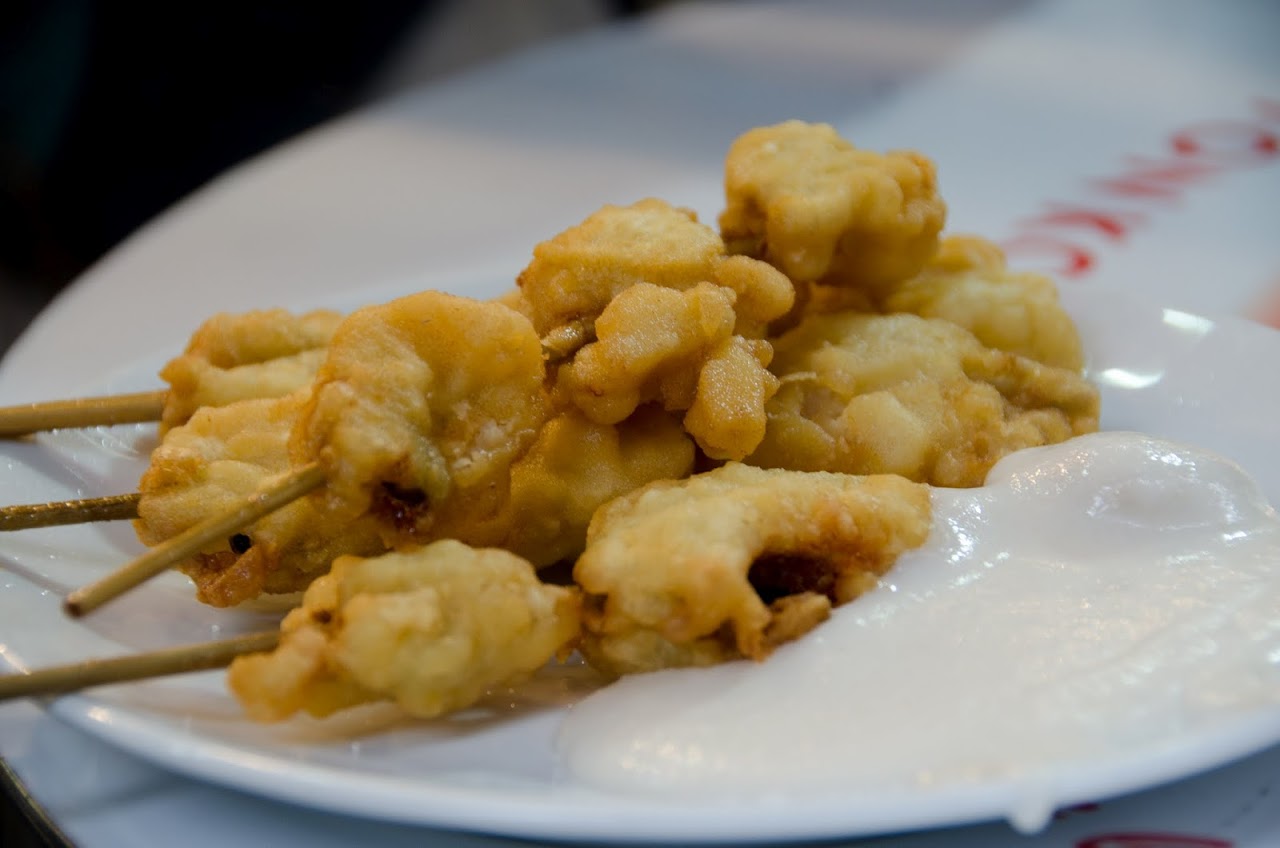
|

|
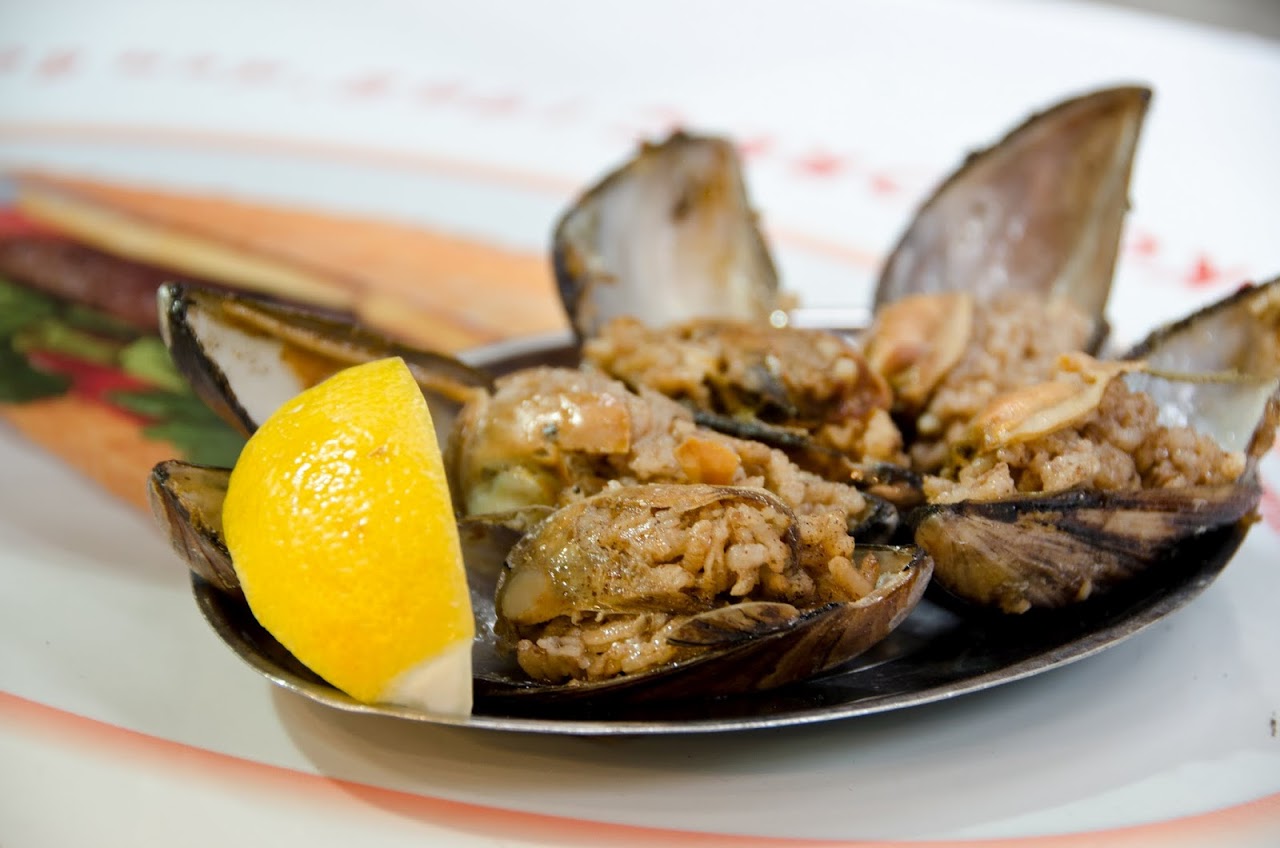
|
Midye dolmasi and midye tava on Istanbul streets
As travelers, we often don't get to celebrate holidays the way we would back at home in the States. Last year's Thanksgiving was spent at a French hotel near the Eurotunnel rather than at home with my favorite apple pie . This year's Christmas was in London where we made up our own British feast replete with a Christmas pudding for us and a Christmas pudding for the dogs . And, today, on July 4th, we're in Italy where Patrick's going to make some improvisational sandwiches with sheep's milk ricotta and bufala mozzarella, instead of our usual hamburger and veggie burgers grilled on the barbeque.
But, for those of you who can't fathom the 4th (or any other day for that matter) without a hunk of beef, this post on the grilled meats of Turkey is for you. (Veggie readers, don't worry: I'm following up this post with a Vegetarian Turkish cuisine post and there'll be lots of yummy goodness for you in that one.)
Kofte kebab
Why meat?
Before we start talking about types of grilled meat found commonly in Turkey, let's delve a tiny bit into Turkey's food history. Until around the 2nd century B.C., the region we know as Turkey was occupied by the ancient Greeks, who created powerful and important cities such as Ephesus, Smyrna (now Izmir), and Byzantium (later Constantinople and now Istanbul). The ancient Greeks subsisted primarily on a vegetarian and seafood diet, eating meat only on feast days and for special occasions, and the ancient Romans had a similar diet.
As the Greek and Roman civilizations began to fall, the Turkmen from Turkmenistan/Central Asia came into modern-day Turkey. Unlike the Greeks and Romans who settled and built huge cities with massive agricultural farms, the Turkmen were ancient herders and nomads. They were masters at animal husbandry, at maintaining huge flocks of animals, and migrating those animals through mountains and plains every year. Unsurprisingly, the Turkmen ate a whole lot of animal products such as meat, milk, yogurt, and cheese, because those products were readily available, unlike vegetables which required them to be settled in one place.
When the Turkmen began settling in villages in Anatolia, social hierarchy was demonstrated by who got to eat certain portions of a roast sheep at feast days. Each person had an ulus , or reserved share, of the roast sheep and that share was based upon the bravery and deeds of his/her forefather though a tribal member could increase their share by performing brave deeds on their own. People punished for bad acts lost their share to the roast sheep and also lost their rights to grazing land and pasturage. In other words, among the Turks, food was not just a means of sustenance but rather it was the means by which a person's importance was measured. ( source )
Cig kofte
(Interestingly, even today, as it was thousands of years ago, meat plays an important role in family traditions. Suzan with Context Istanbul mentioned that the men in her town in southeast Anatolia cannot marry until they can make cig kofte properly. They must squish and knead raw meat between their fingers until it literally cooks and forms a thick paste. Once "cooked," the men will take a mound of the cig kofte to the local hamam (Turkish bath) and throw the cig kofte up to the ceiling. If the cig kofte sticks to the ceiling then the man has enough muscle to marry the woman but, if not, then he must try again. Suzan said that her father passed this test as have all of her uncles in the town.)
Beyran corbasi at Ehli
These nomadic Turkmen also cut chunks of meat into stews and soups, the perfect meal when on the move ( much like the Hungarian herdsmen ), and even today, soup is an integral part of Turkish cuisine. The soup pictured above is beyran corbasi, a soup from the famed Gazantiep region of Turkey --- known across Turkey as the best place to get Turkish food (and, yes, we desperately want to go there). Beyran is traditionally drunk for breakfast in that region but Patrick would have Ehli's beyran corbasi morning, noon, and night if it was up to him. He says that this soup is the best soup he's ever had in the world. The soup sounds simple: suet, white rice, slow-cooked lamb strands, broth made from a lamb's neck, a hefty spoonful of garlic and pepper. But, the sum of its part is something exceptional: the depth of the soup goes beyond one single ingredient so that every spoonful yields a slightly different taste, flavor, and experience. At first, the broth is rich and deep, and then the spice hits the tongue, and finally the tender meat and rice melt into a satisfying I-want-this-when-I-have-a-chest-cold comfort. It's the sort of dish that we could easily imagine some millennia-old nomadic sheepherder creating over a fire after a long day's work on the Turkish hills.
So, unlike many other ancient food traditions such as the Romans, Greeks, and Dravidians, meat was an essential part of the daily diet of the ancient Turks, which is why it's impossible to talk about Turkish food without talking about its grilled meats.
Slicing a doner kebab
On kebabs and grilling
In the 9th century, the Selcuks from Persia invaded the region and set up an empire in eastern Anatolia. These people brought with them the tradition of kebabs. Kebab literally means "small pieces." The Selcuks cut pieces of meat from an animal and cooked that meat in pieces, either wrapped in a skin or on skewers over a flame. The Selcuks also cleaned the interior of animals and hung the whole animal on spits to slowly cook them. ( source )
We heard many Turks complain that kebabs are not "actually Turkish" and that the modern fervor for kebab houses is ruining traditional Anatolian cuisine. But, since the 9th century and up to today, kebabs have played an integral role in Turkish cuisine and might be what Turkish cuisine is best known for. So, let's do a quick run down on a few types of kebabs (because you could spend a lifetime eating in Turkey and never eat all the different types of kebabs ):
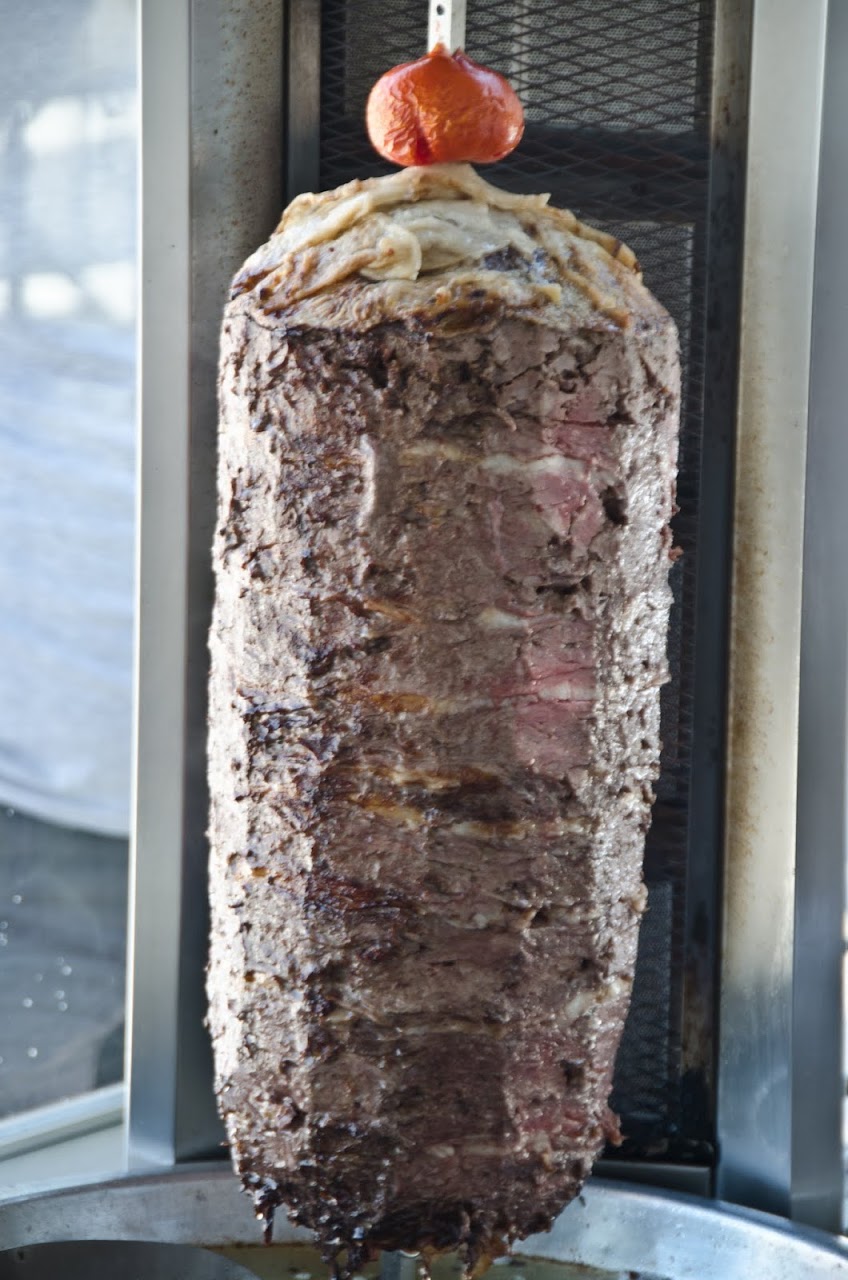
|
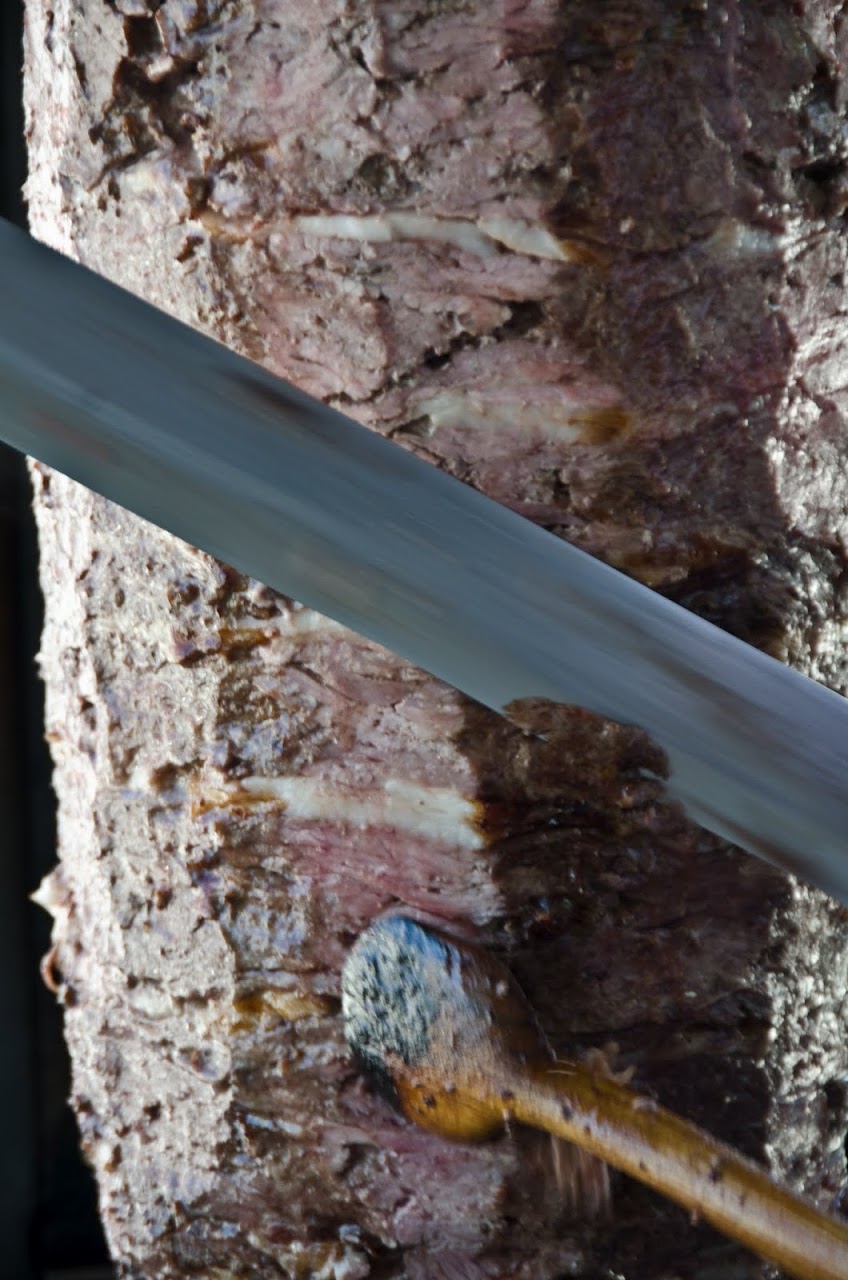
|
Doner kebab
Doner kebab
The doner kebab, or literally "rotating kebab", consists of meat from beef or lamb interspersed with slices of fat that rotates on a spit. The fat melts over the layers of meat as it cooks over a slow fire, which is why good doner kebab usually drips at the bottom. Doner kebab is so popular that when the Ottomans took over present-day Greece, the Greeks adopted the doner kebab into their own gyro.
When served in Turkey, doner kebab is never given with sauce because the meat itself has so much flavor. A doner kebab is usually sold directly on the streets with a plate with vegetables, on bread to carry away, or on lavash (similar to pita.) For lunch, it's typical to stop at a doner kebab stall and grab a sandwich but, at dinner, the doner kebab is usually served with vegetable mezes.
As with most things, finding "your" doner kebab stand can be tricky --- but is essential to eating well. Patrick found one in Istanbul on the Asian side and one in Turgutreis (locations below), but doner kebab stands are a dime a dozen. The easiest way to find a good one is to follow where the locals go to eat lunch.
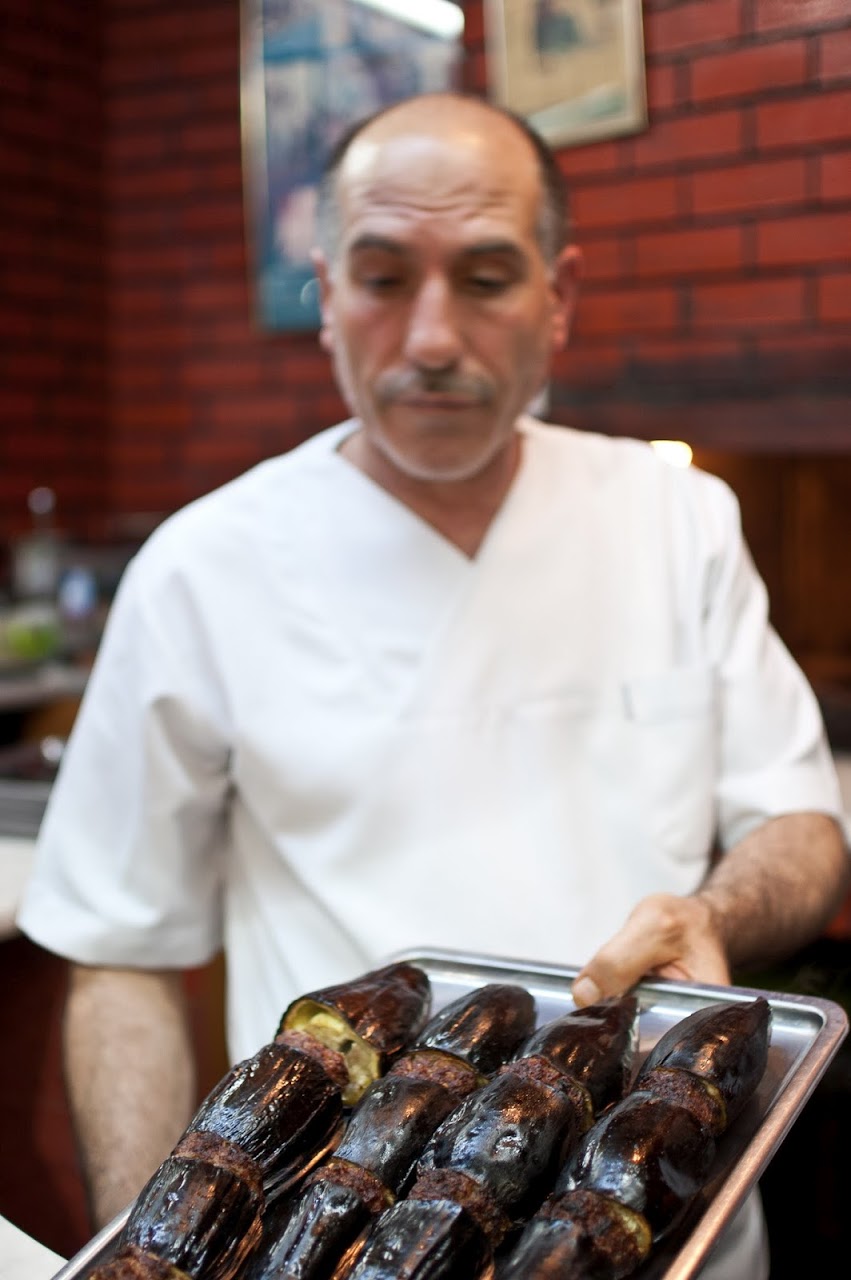
|
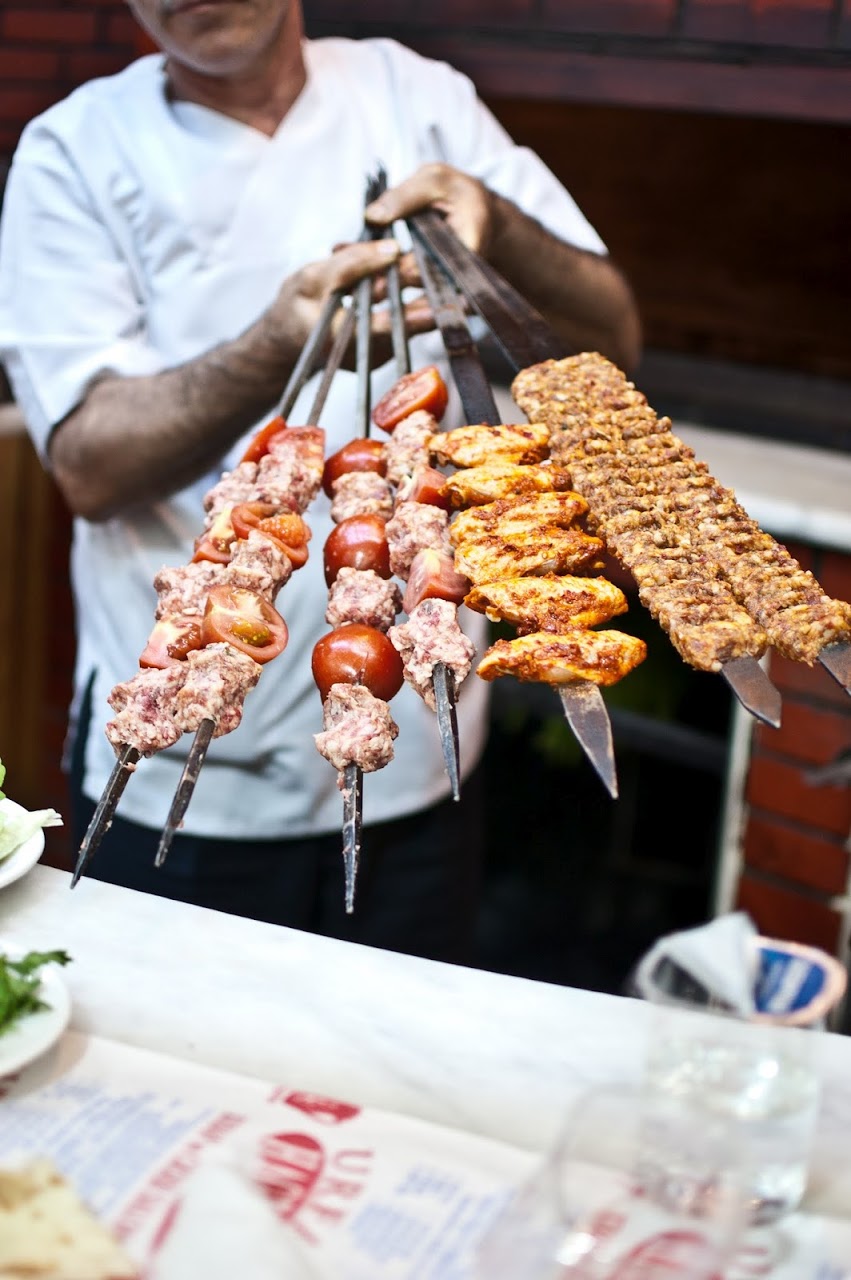
|
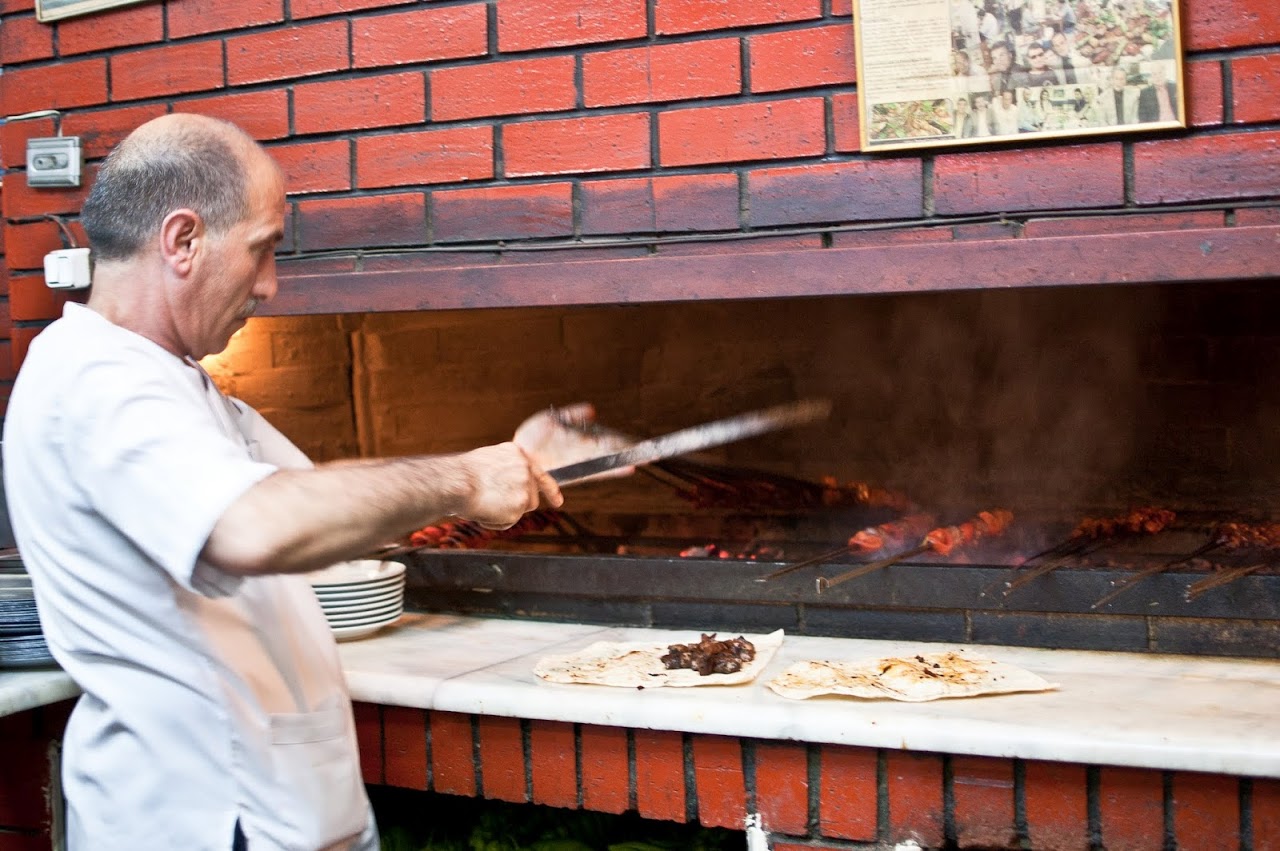
|
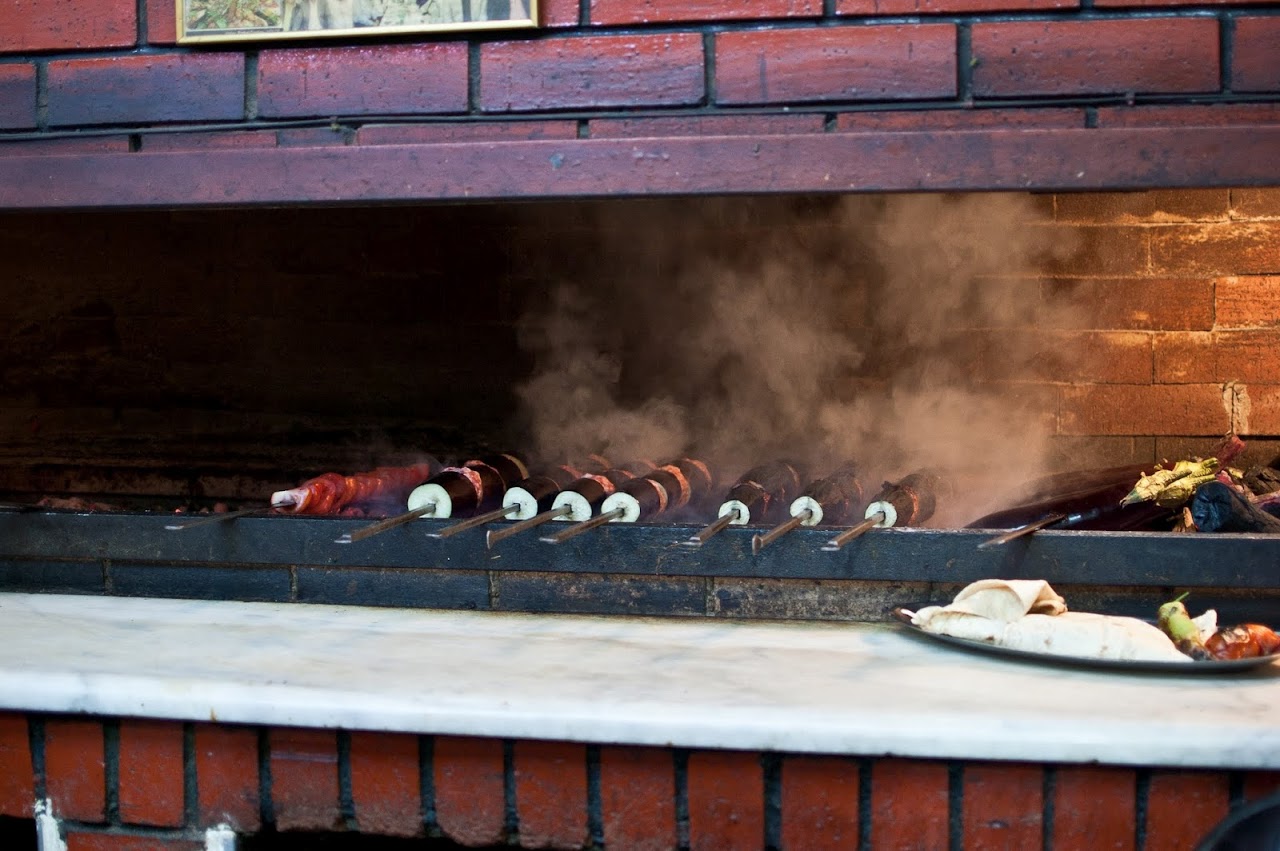
|
Patlican kebab at Urfali Haci Usta
Patlican kebab (and sis kebab, in general)
Sis kebab is probably what most Americans think about when they think of kebabs, because sis kebabs are what we normally put on the grill. Essentially, a sis kebab combines pieces of meat with vegetables over a very high open flame.
A patlican kebab is eggplant cut into chunks and wedged between chunks of meat until the eggplant is cooked through. To eat it, you mash the eggplant with a fork onto the lavash bread and pile the meat on top.
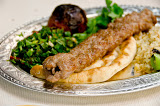
|
Adana kebab
Adana kebab
The adana kebab is hand-minced beef or lamb wrapped around a wide metal skewer and cooked over a charcoal flame. The adana kebab from the fifth largest city of Adana.
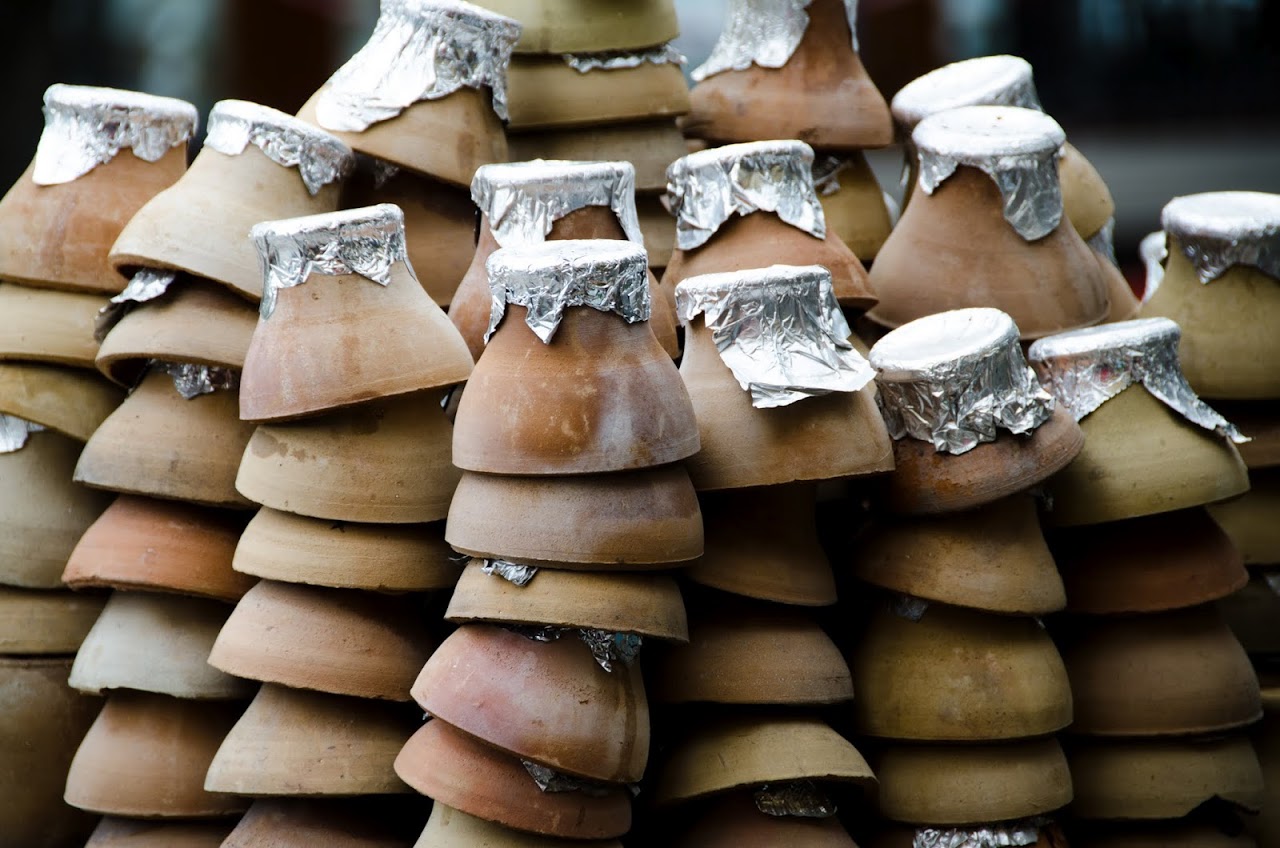
|
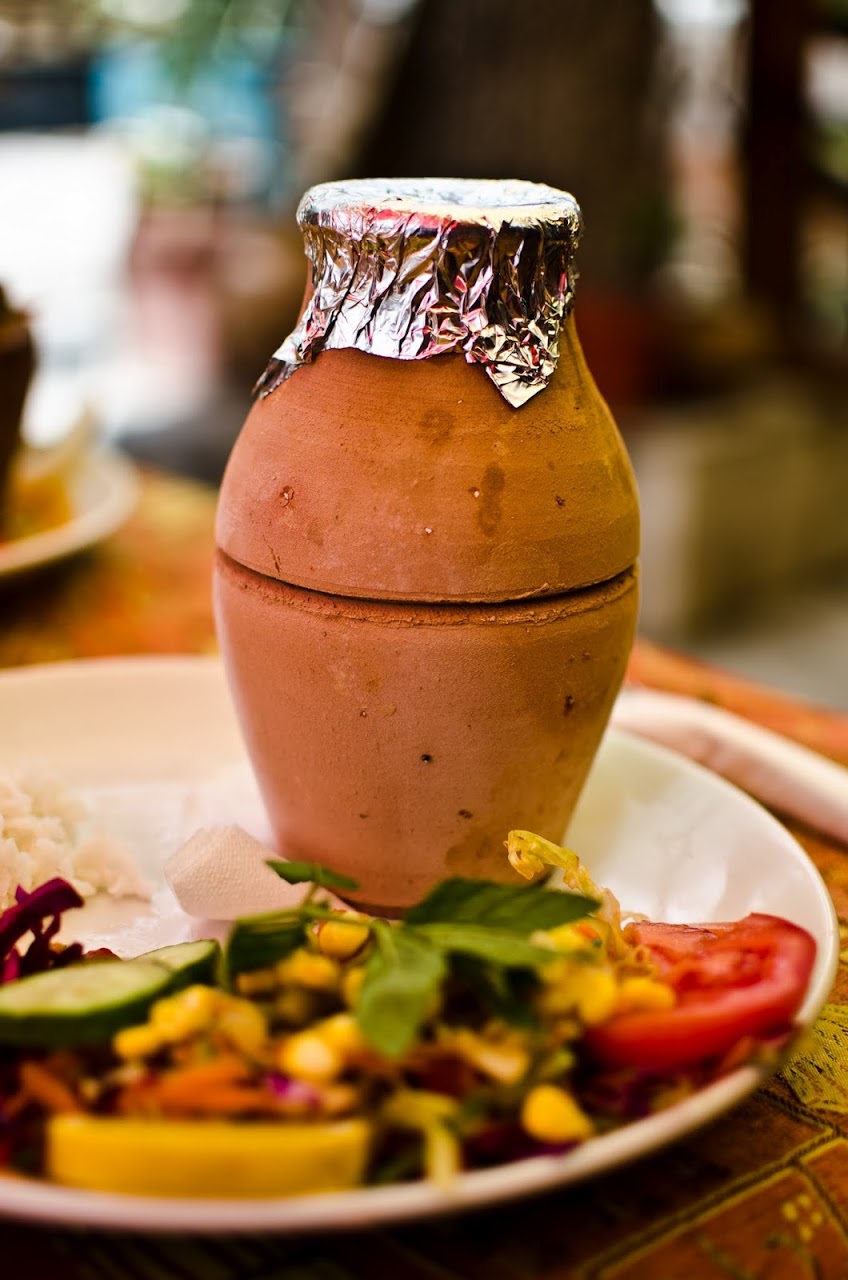
|
Testi kebab
In this variety of kebab, popularly found in the central Anatolia region, pieces of meat and vegetables are stewed together in a ceramic pot over a slow charcoal fire. Unfortunately, we found this version to be a bit bland because the ceramic pot sucks out the flavor of the meat and vegetables.
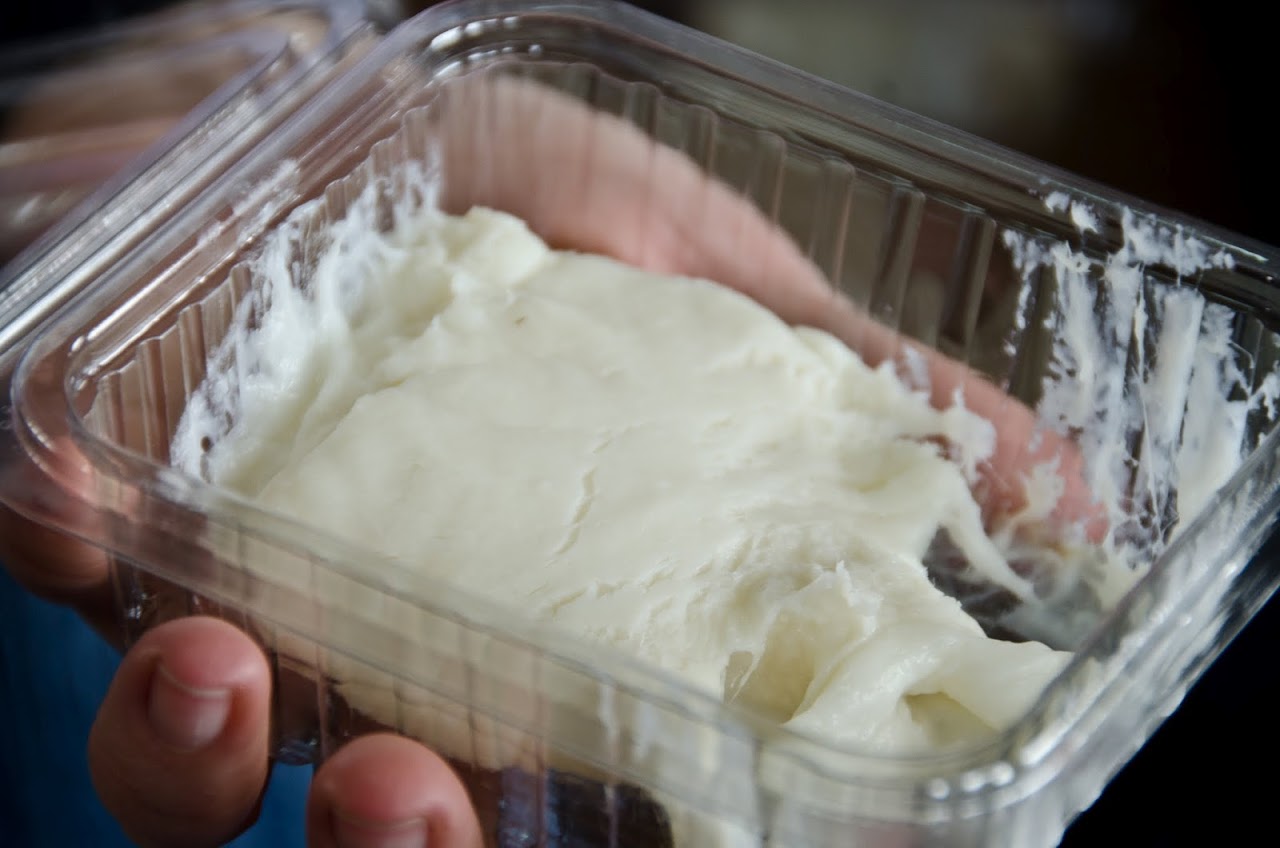
|
Tovuk gogsu and zire-ba
On Ottoman cuisine and sweets with meat
When the Ottoman emperors took over in the 13th century, Turkish food changed faces again, becoming more refined and with greater usage of vegetables, grains, and fruits. But, meat was always at the center of the Ottoman table. The Ottoman cooks were particularly known for their propensity to mix sweet flavors with hearty meats.
Tovuk gogsu, which is a chicken milk pudding, made with shredded chicken breast, milk, and lots of sugar, tastes like a sweet pudding and its hard to even recognize the meat in it. The zire-ba Patrick tried at an Ottoman cuisine restaurant similarly was lamb baked with apricots, raisins, honey, and almonds.
Where to eat meat in Istanbul
This is, of course, just a small sampling of the many insanely wonderful places to eat meat in Istanbul but here's a few spots that we particularly liked:
- Sahan is a kebab chain with branches in various spots primarily on the Asian side of Istanbul. They're a bit more upscale but serve excellent adana kebabs and a good variety of vegetarian mezes.
- Matbah Restaurant is one of the most popular spots to enjoy the imperial Ottoman cuisine. We found the food to be good though it is a bit overpriced.
- Sampiyon Kokorec, a chain found all over the city, serves up good kokorec (meat stuffed into intestines and served like a sausage) and the midye dolmasi (or mussels stuffed with rice) pictured at the very top of this post.
- Istanbul Eats is the best resource out there for food-obsessed travelers to Istanbul and, while I was munching happily at Umbria this last April , Patrick went on one of their Kebab Krawls . The walk was very reasonably priced at around 120 lira (or something like that --- I can't seem to find the receipt for this one) (about $60 USD) and included all of the food as they walked for about four hours through little Urfa, a small off-the-beaten path neighborhood in Istanbul. Verdict: definitely worth it. E-mail them and book it. Don't wait. Make this a priority on an Istanbul trip if you like meat (not so good for veggie eaters).
Where to eat meat in the Bodrum peninsula
We didn't order much *meat* per se on the Aegean Sea because seafood is the name of the game (more on seafood later). But, Patrick has one great recommendation for doner kebab which is in Turgutreis town, the white and blue restaurant that is in the middle of the town, right next to the hairdresser that likes to use Twilight models on her window. We don't know the name but it's hard to miss at lunch time because everyone in the city (including our landlord) comes to this kebab stand. They style themselves as a borek shop and baklavaki but the baklava was awful and the borek merely passable. The doner kebab is the reason to come here.








